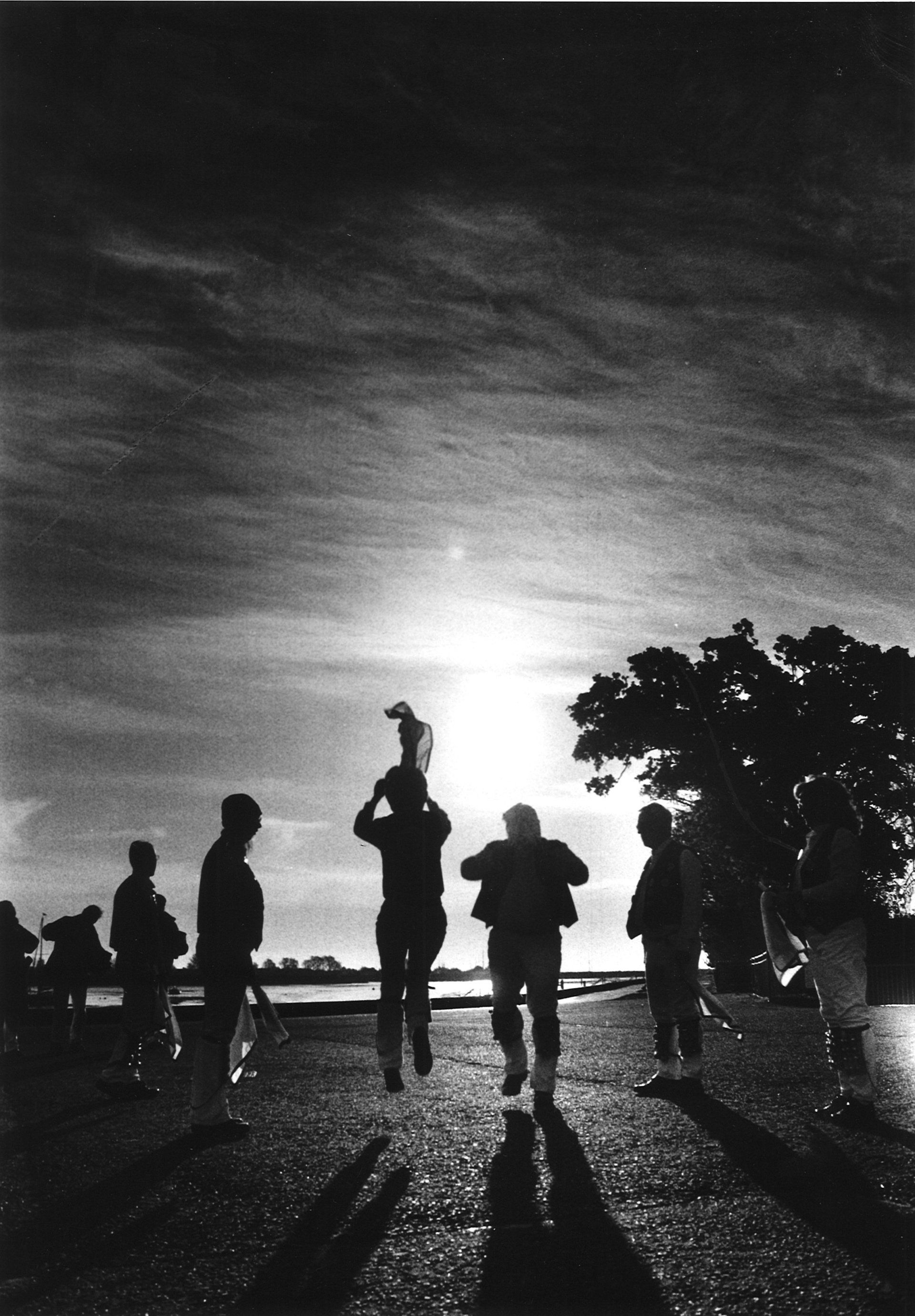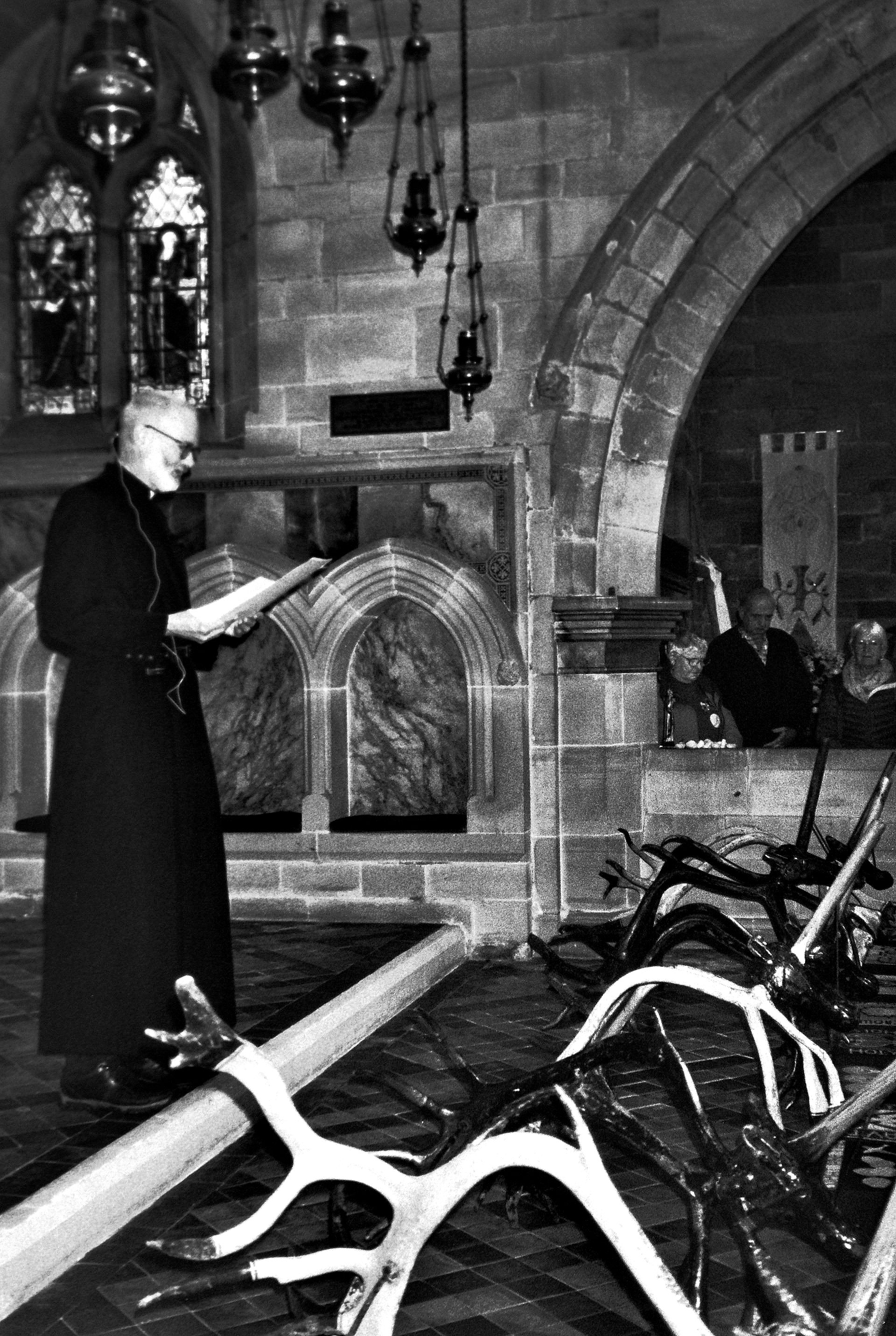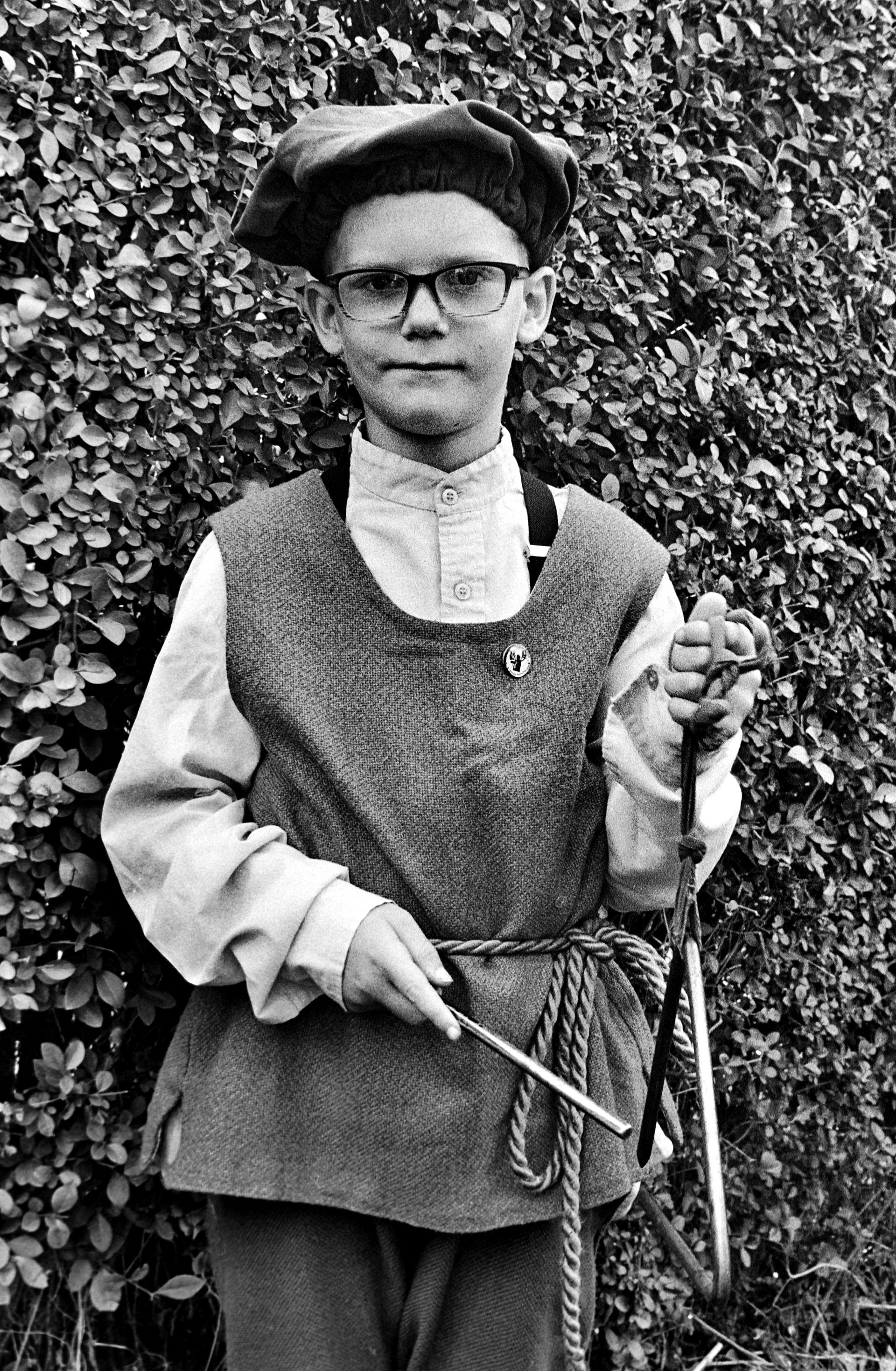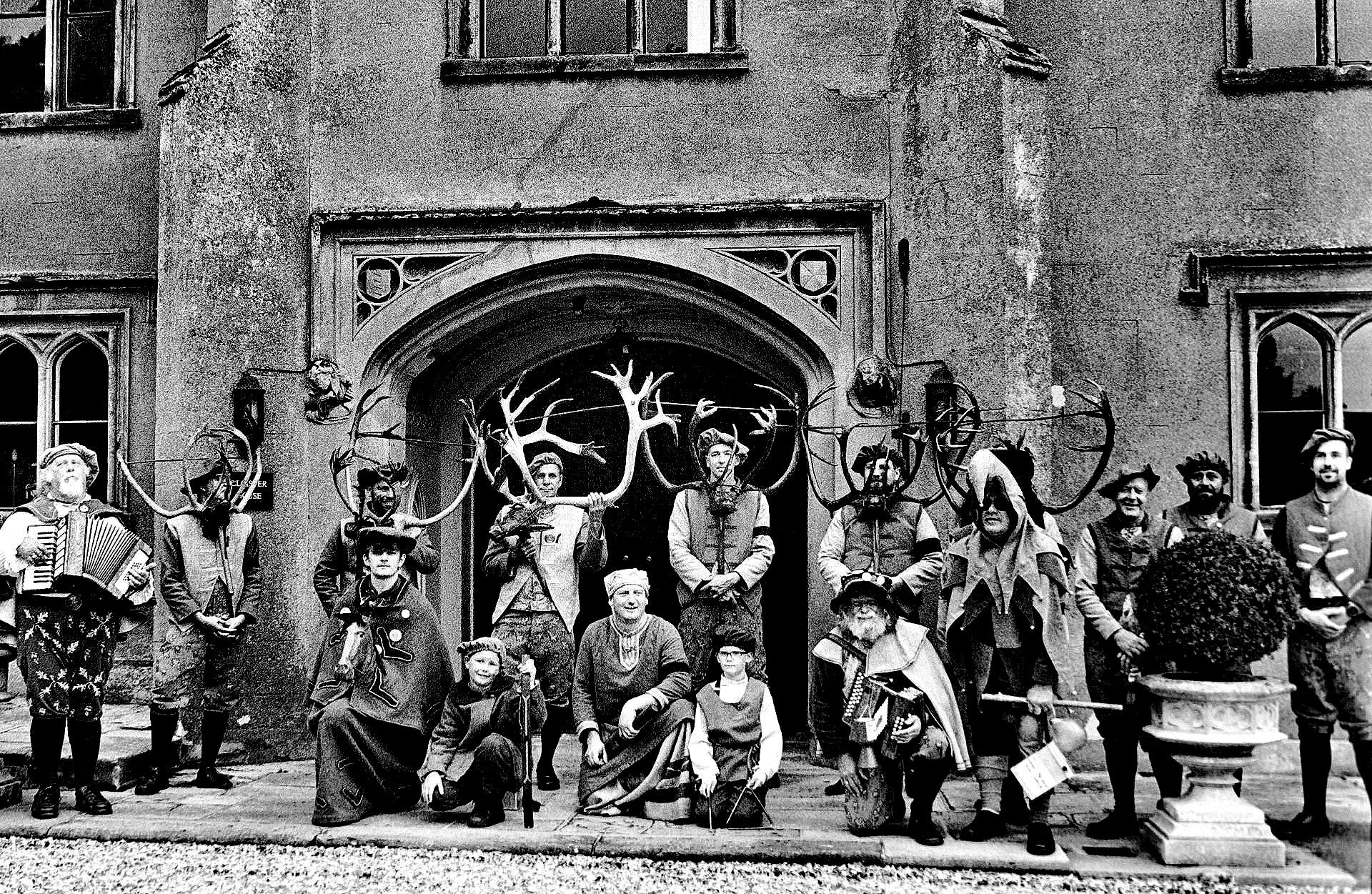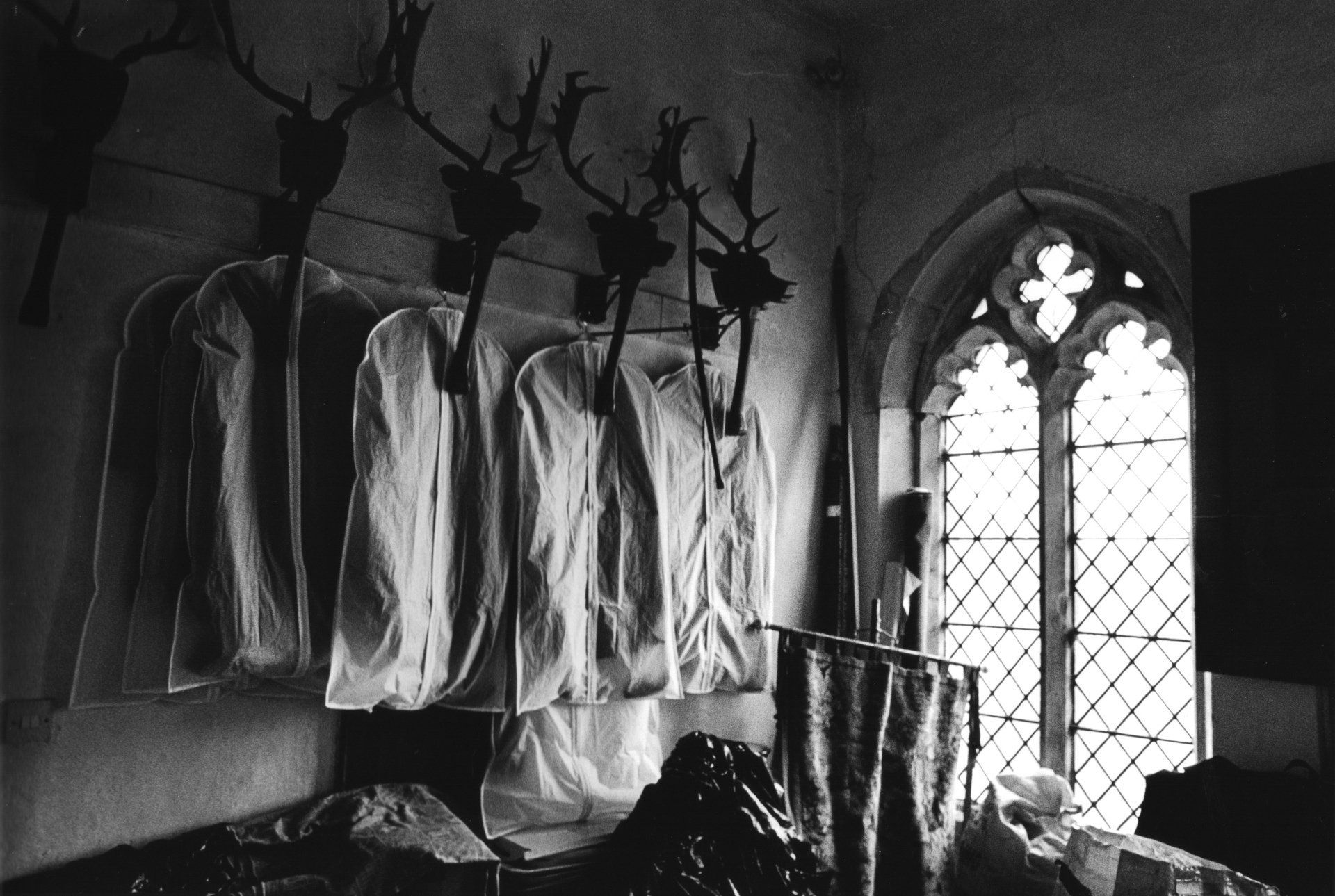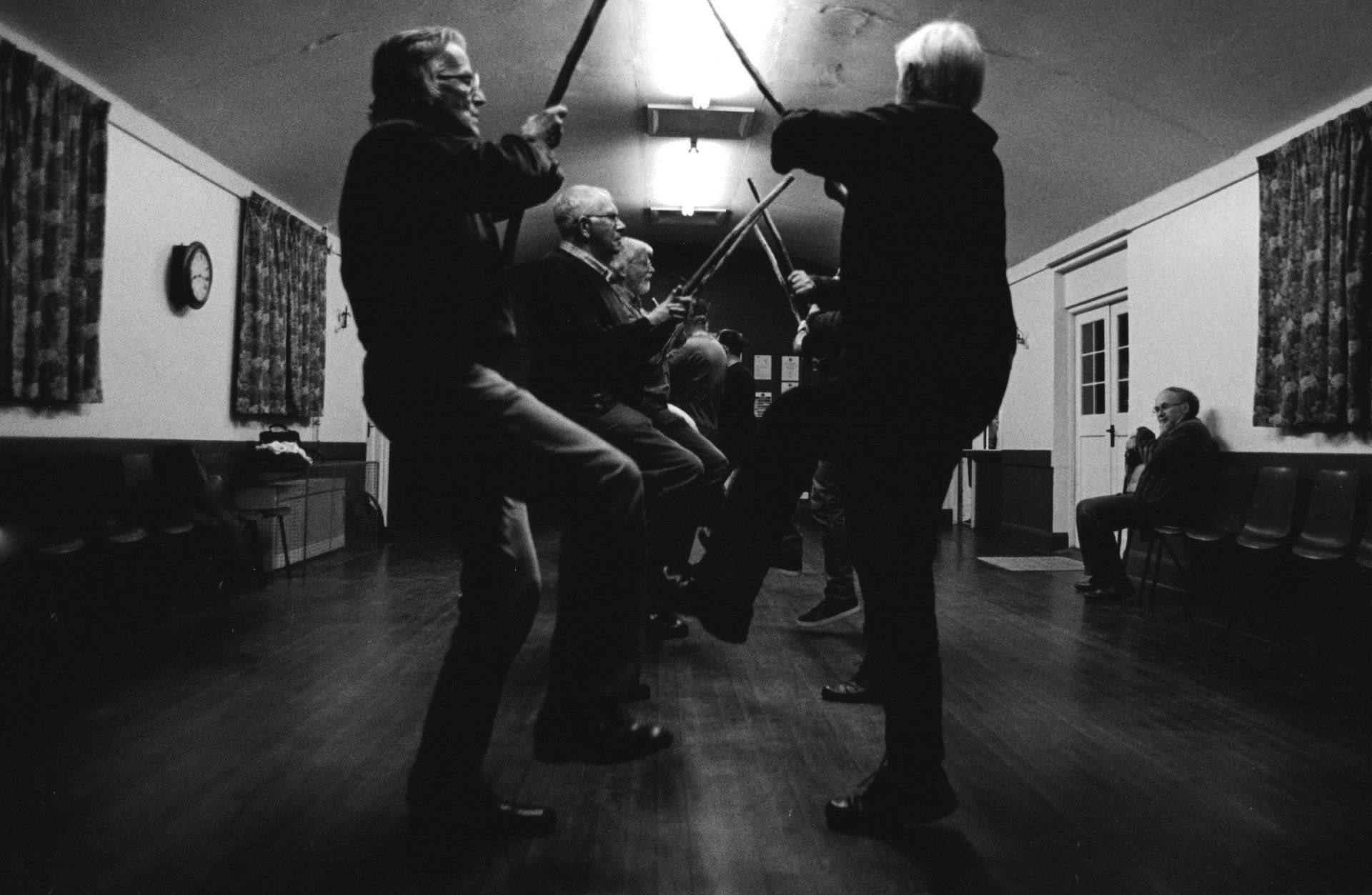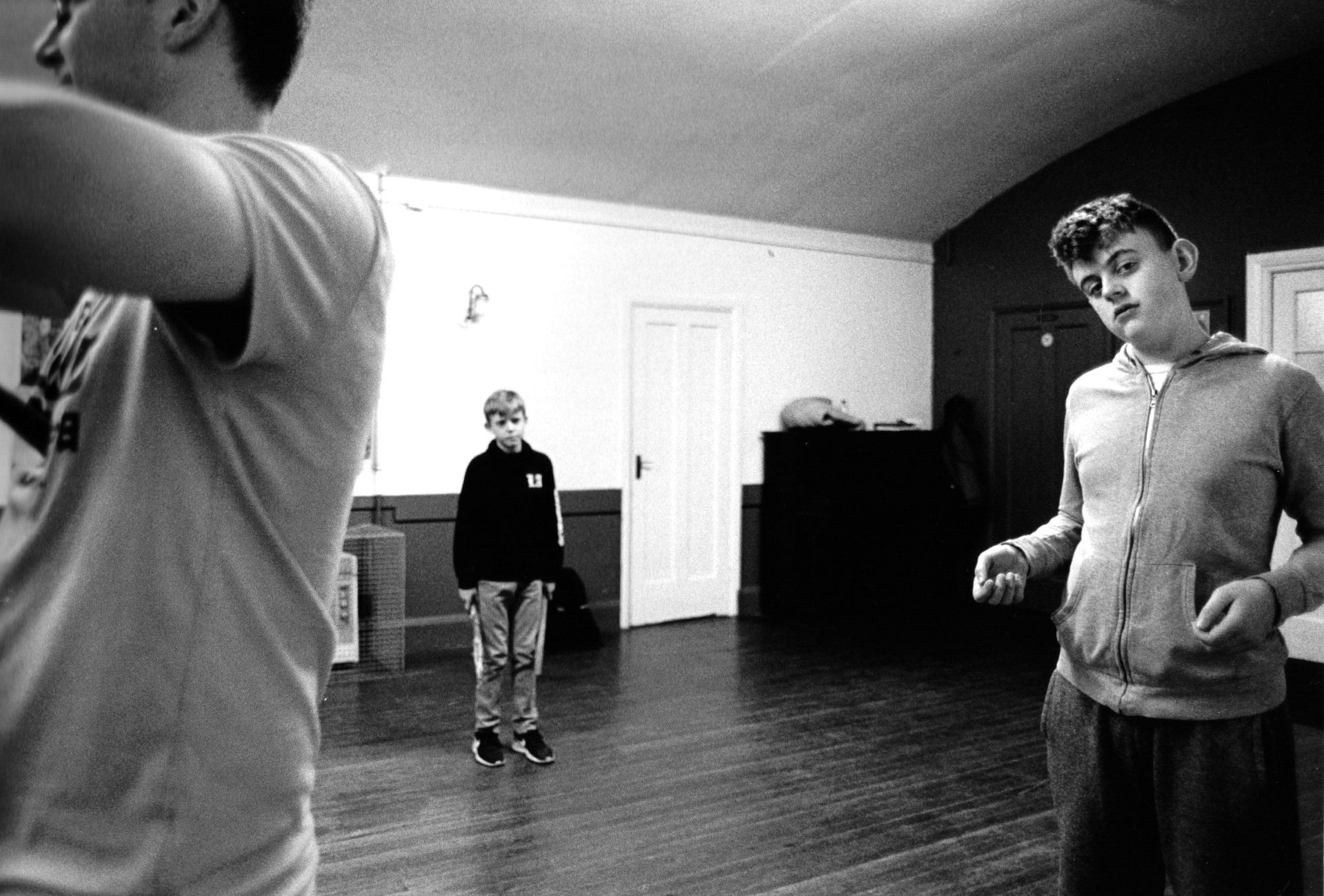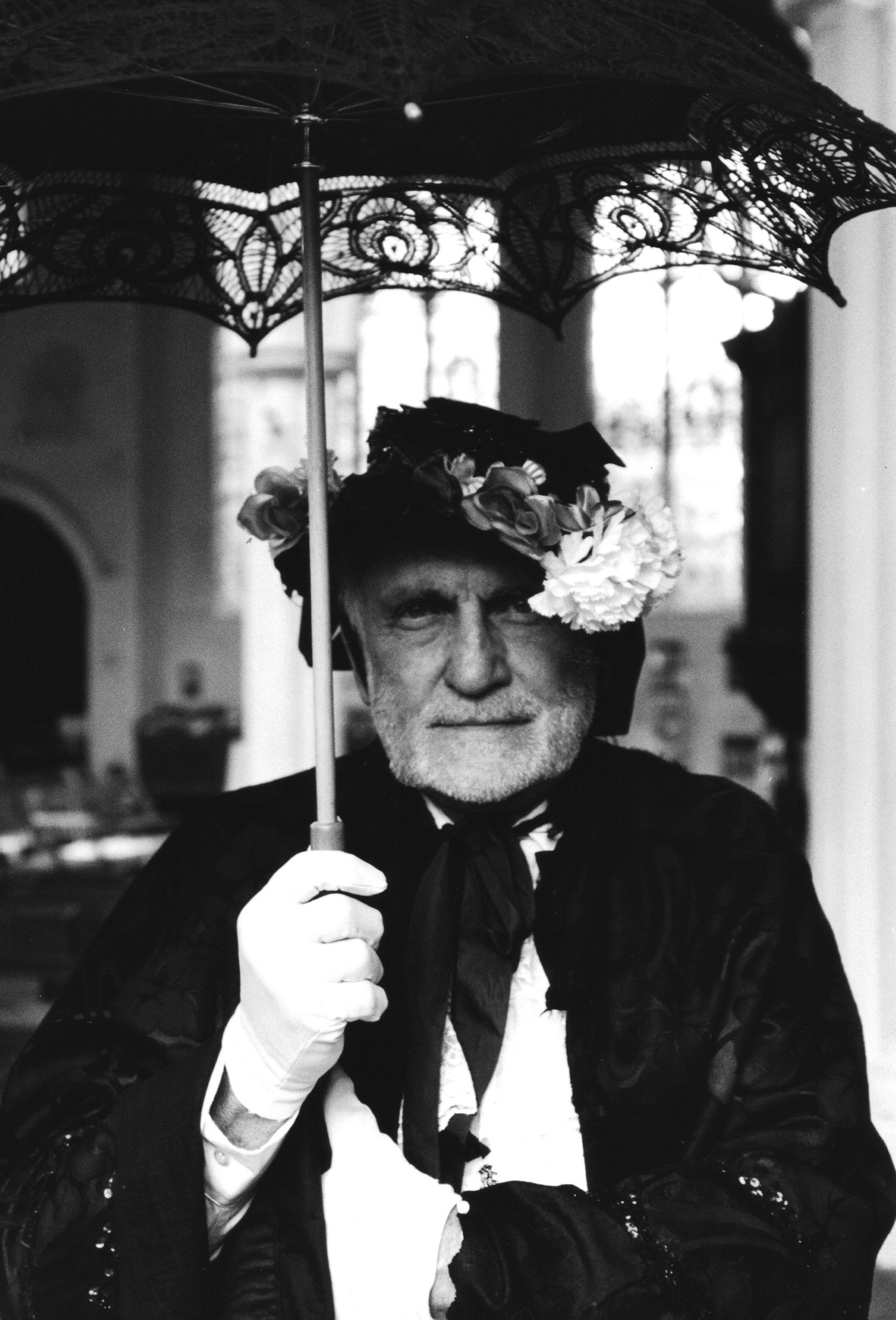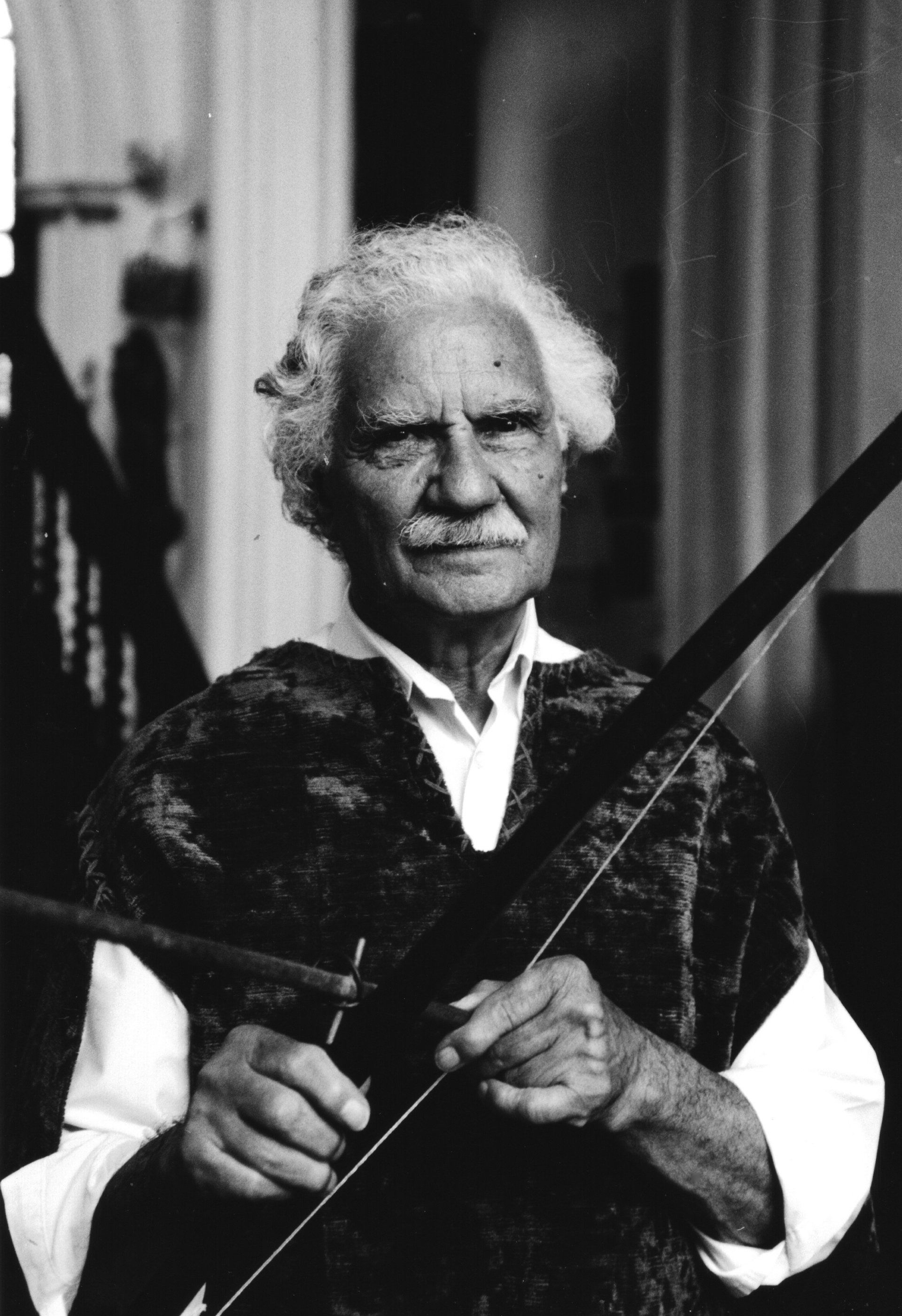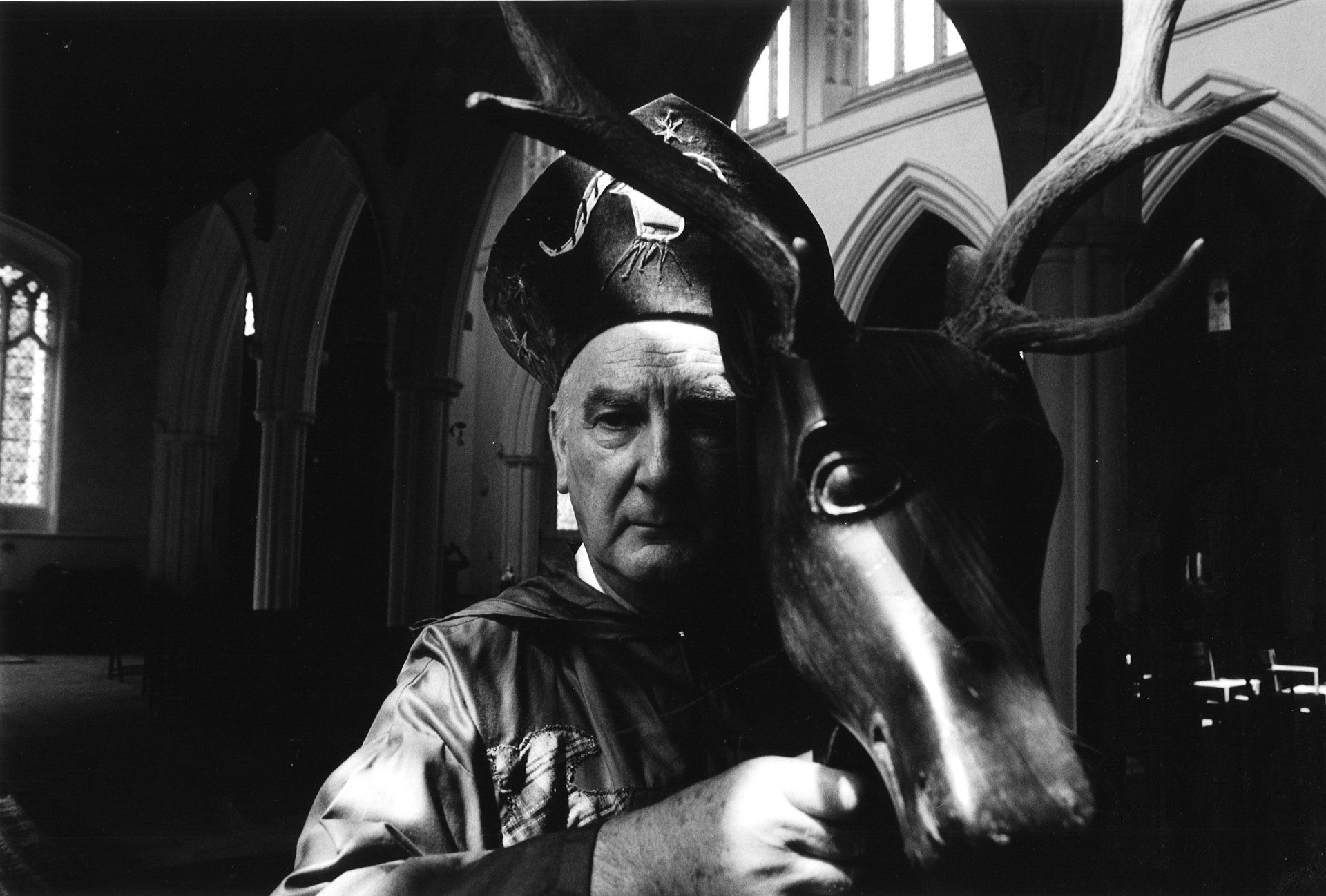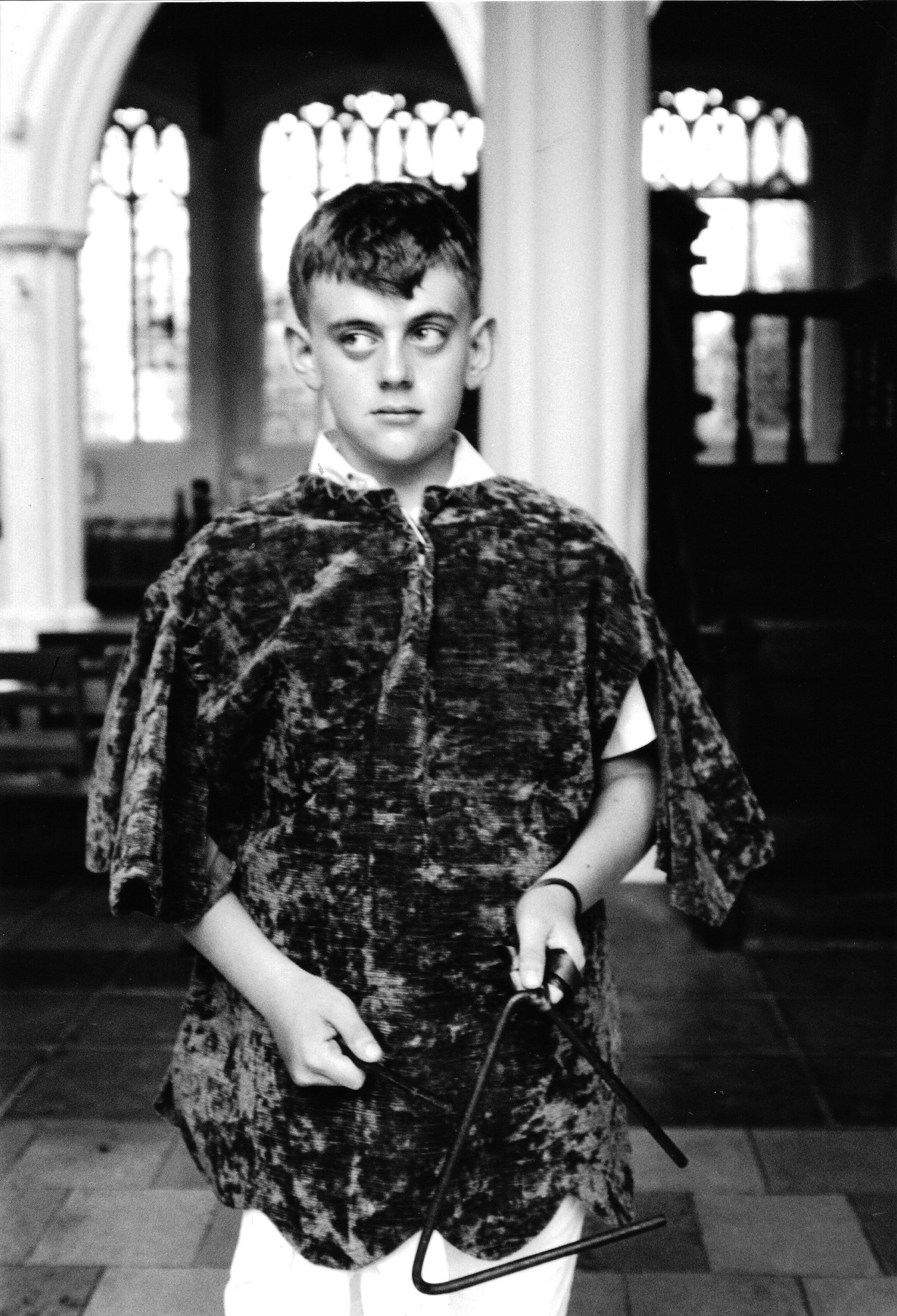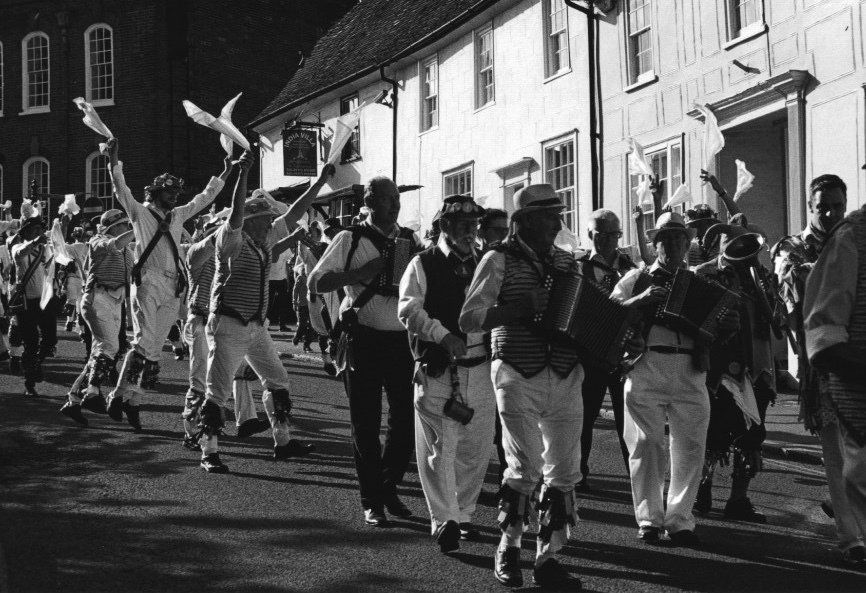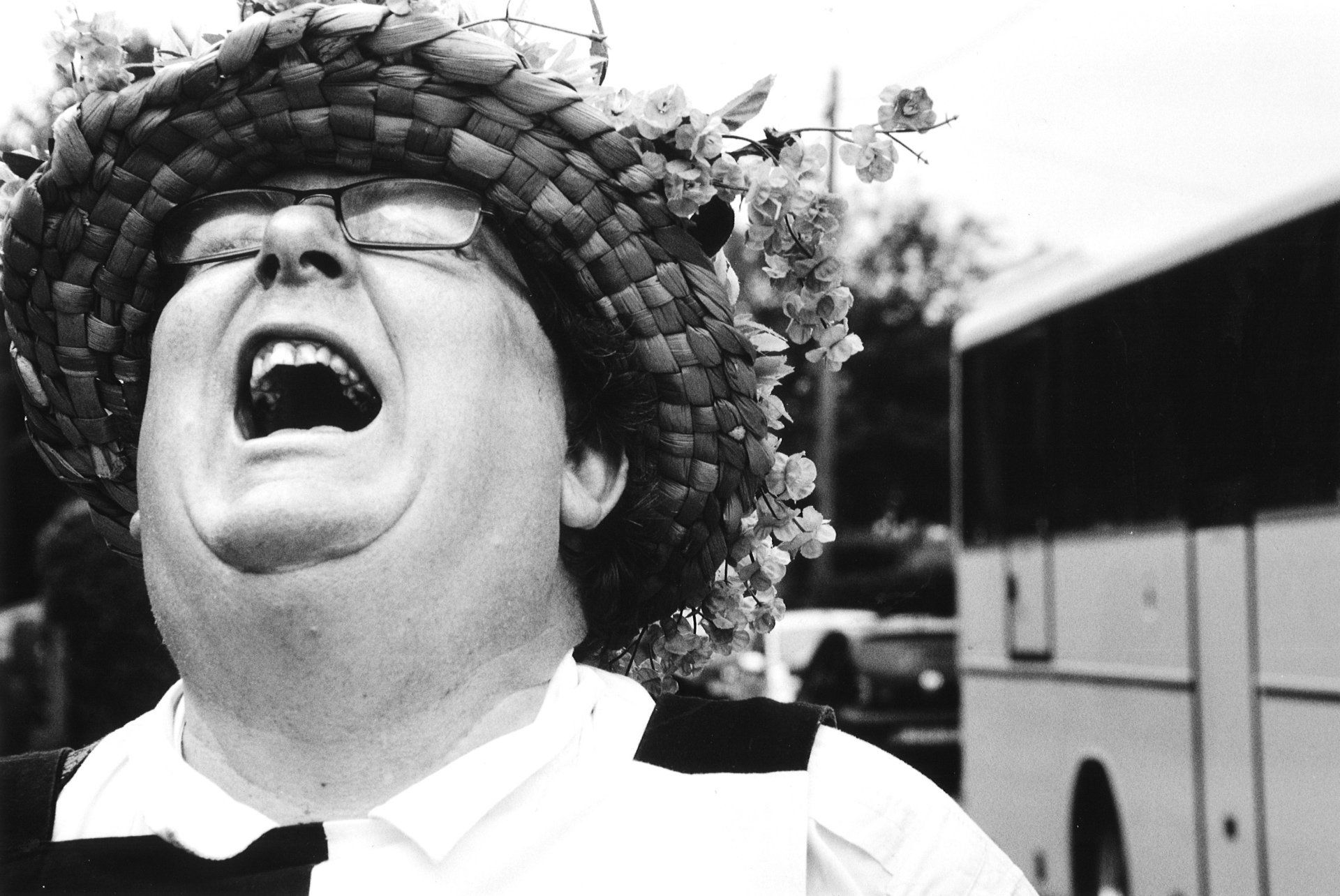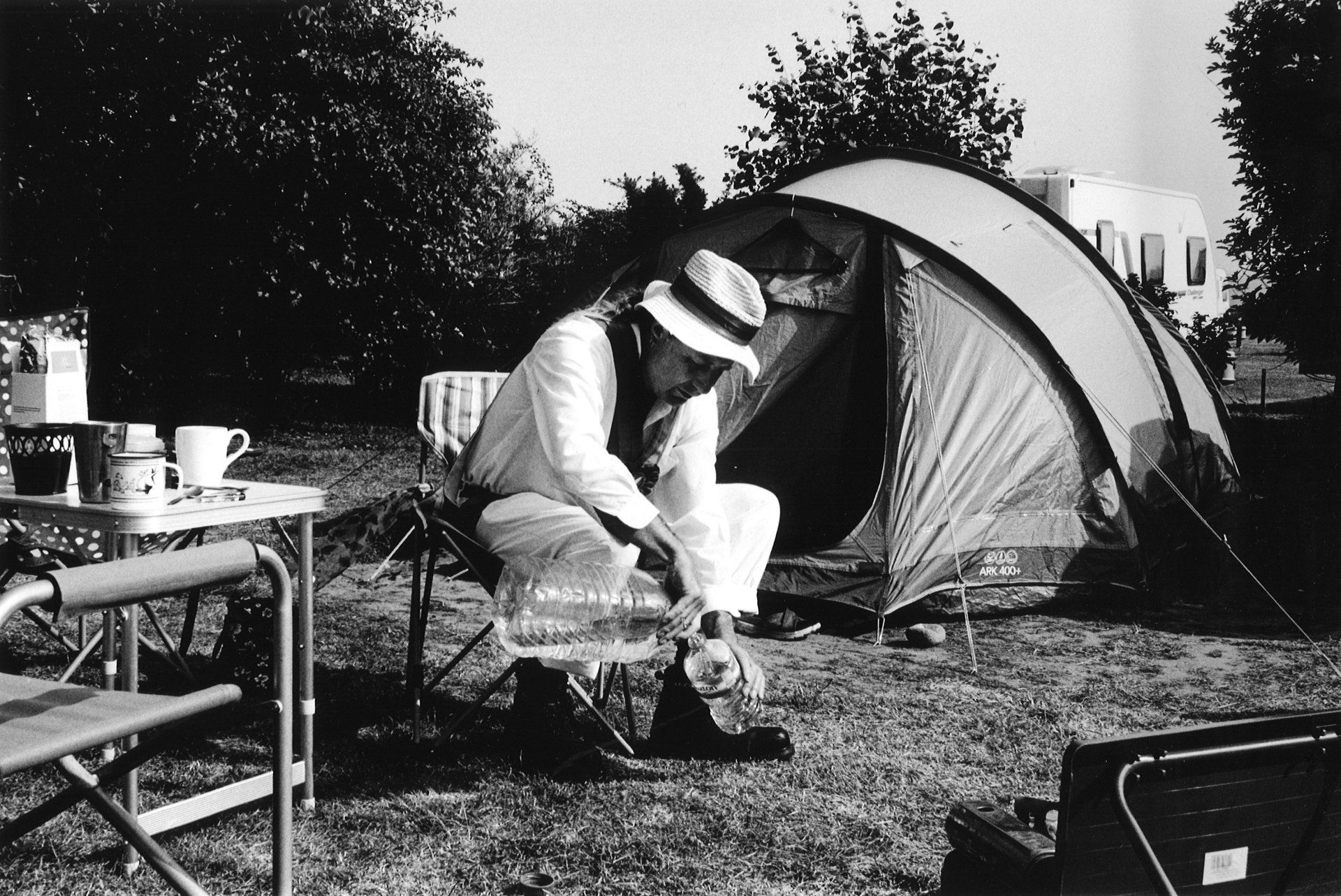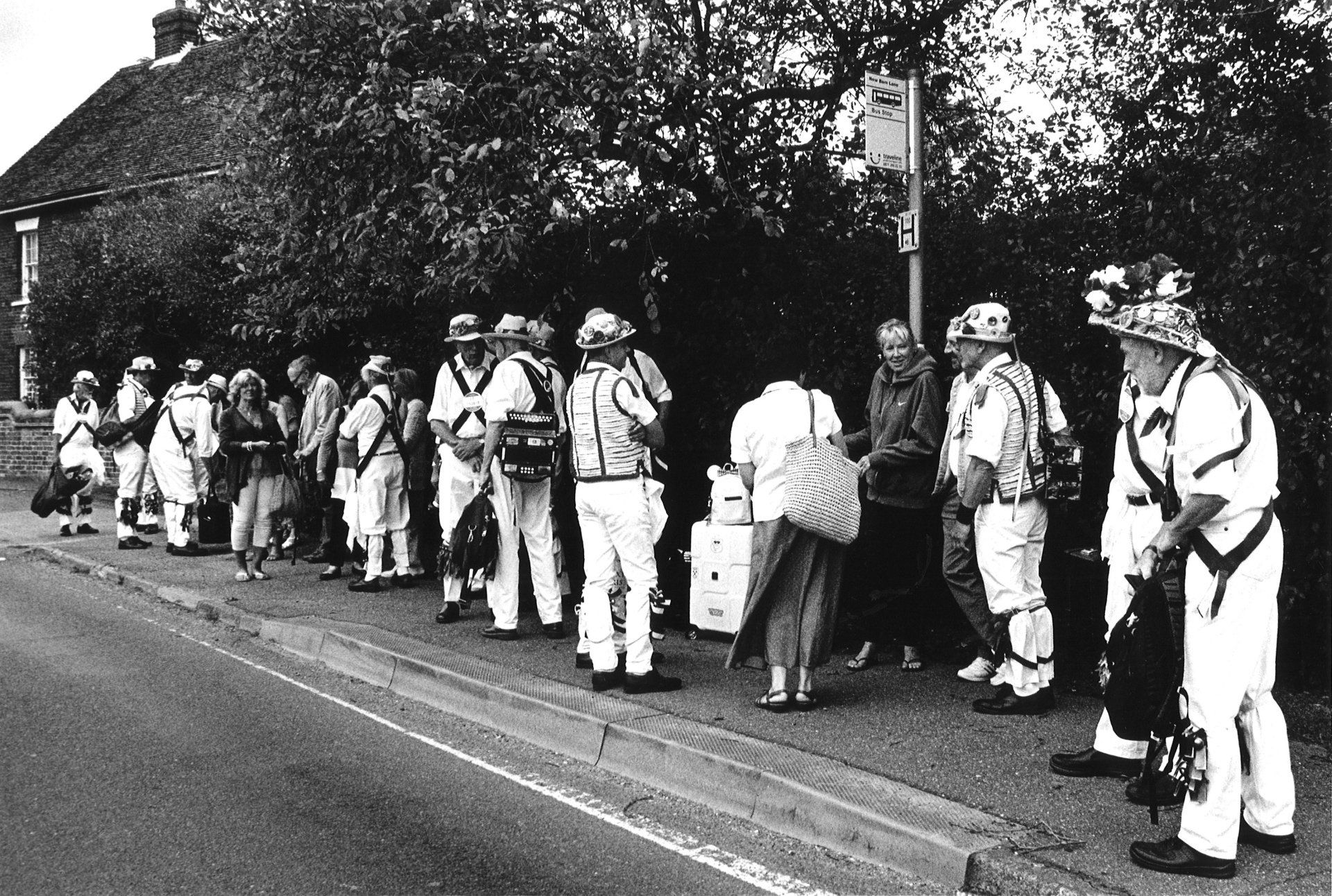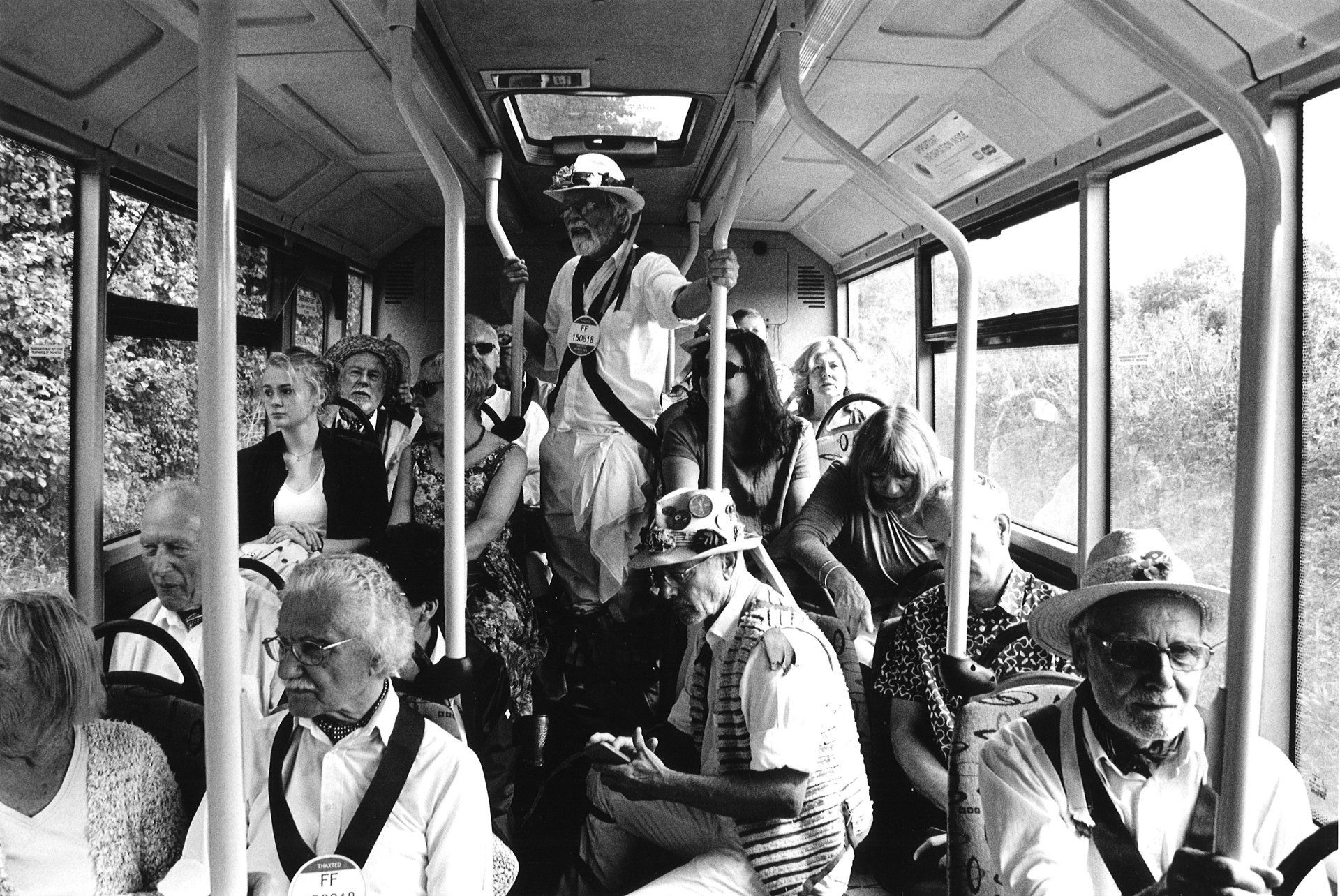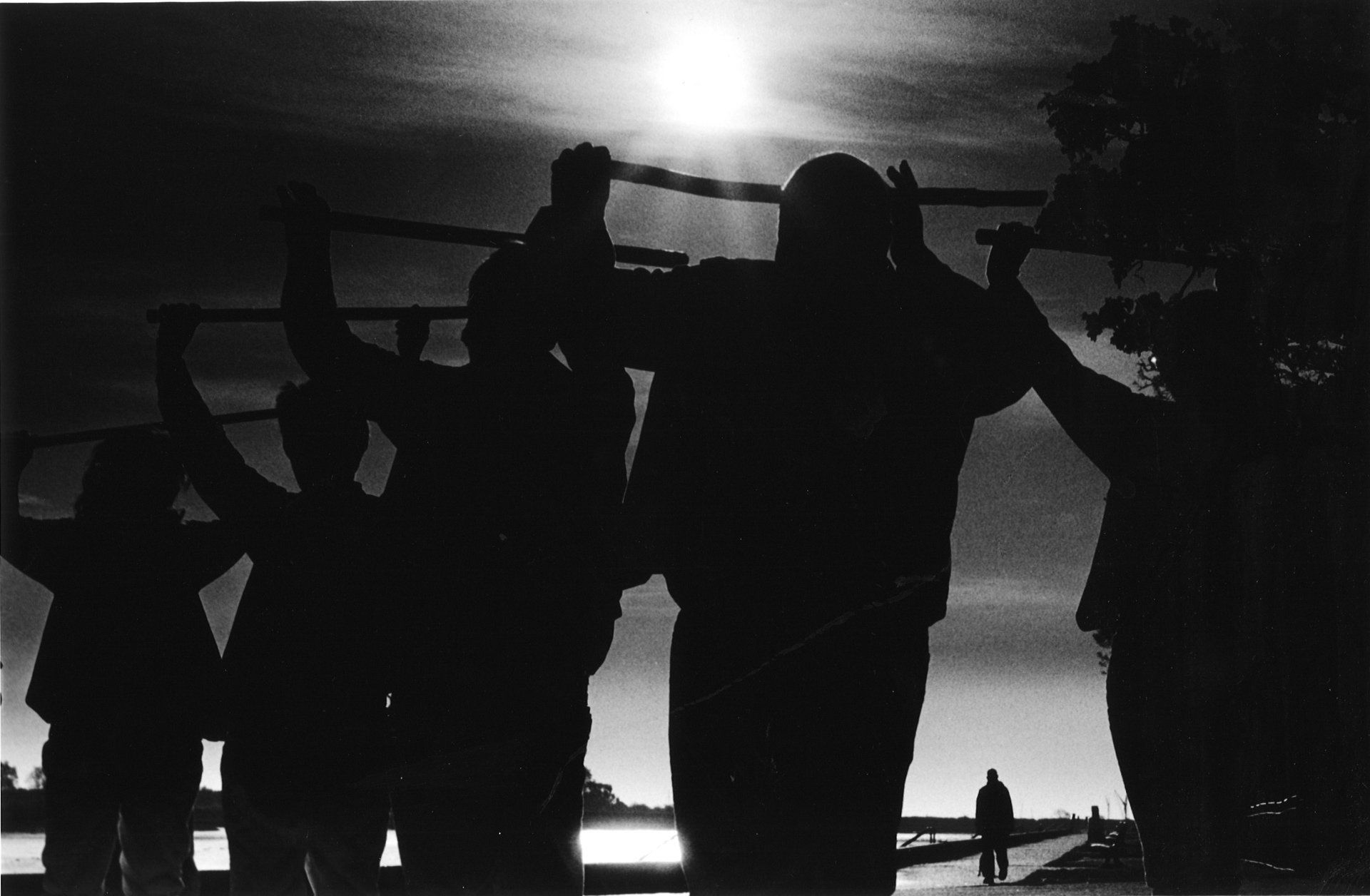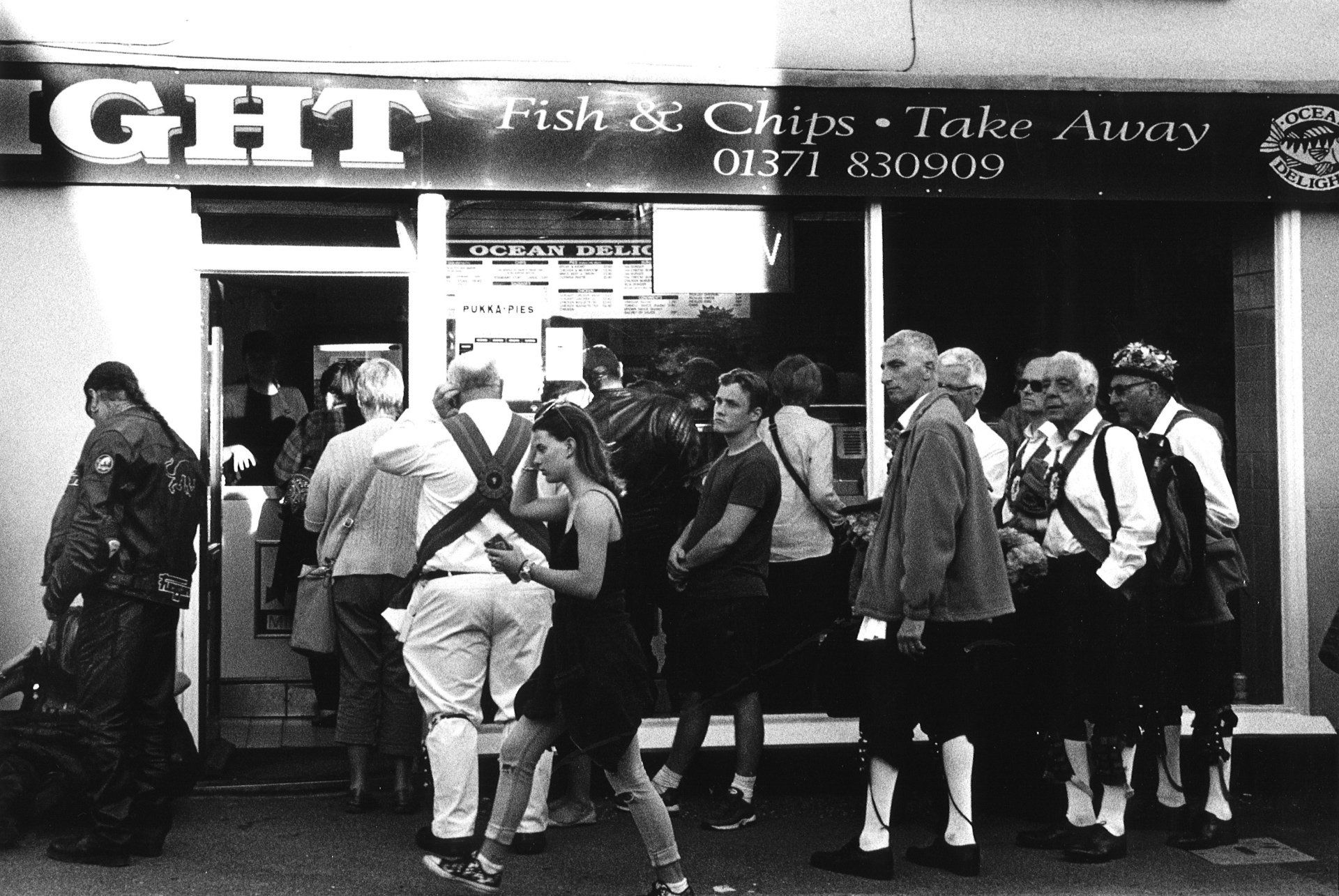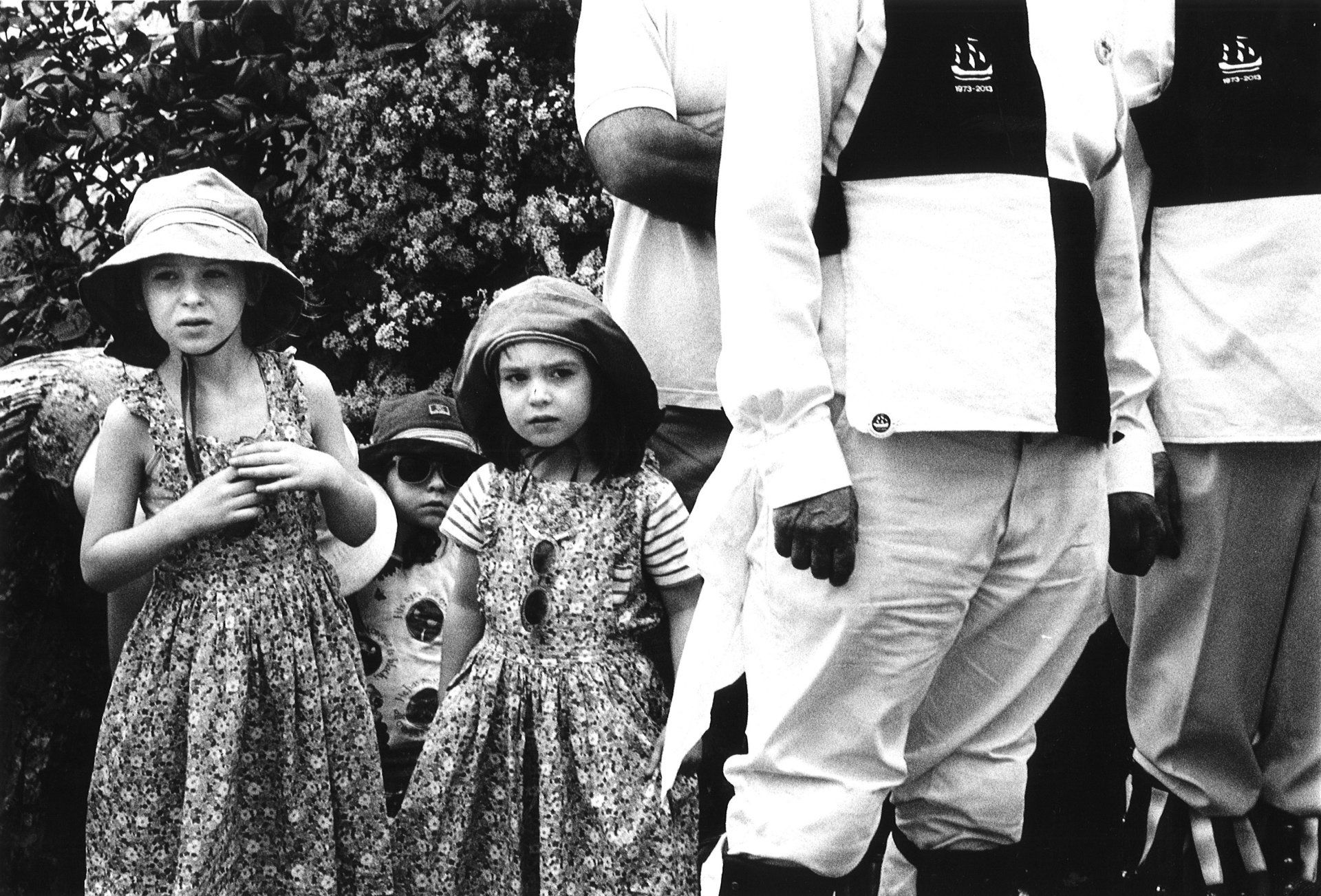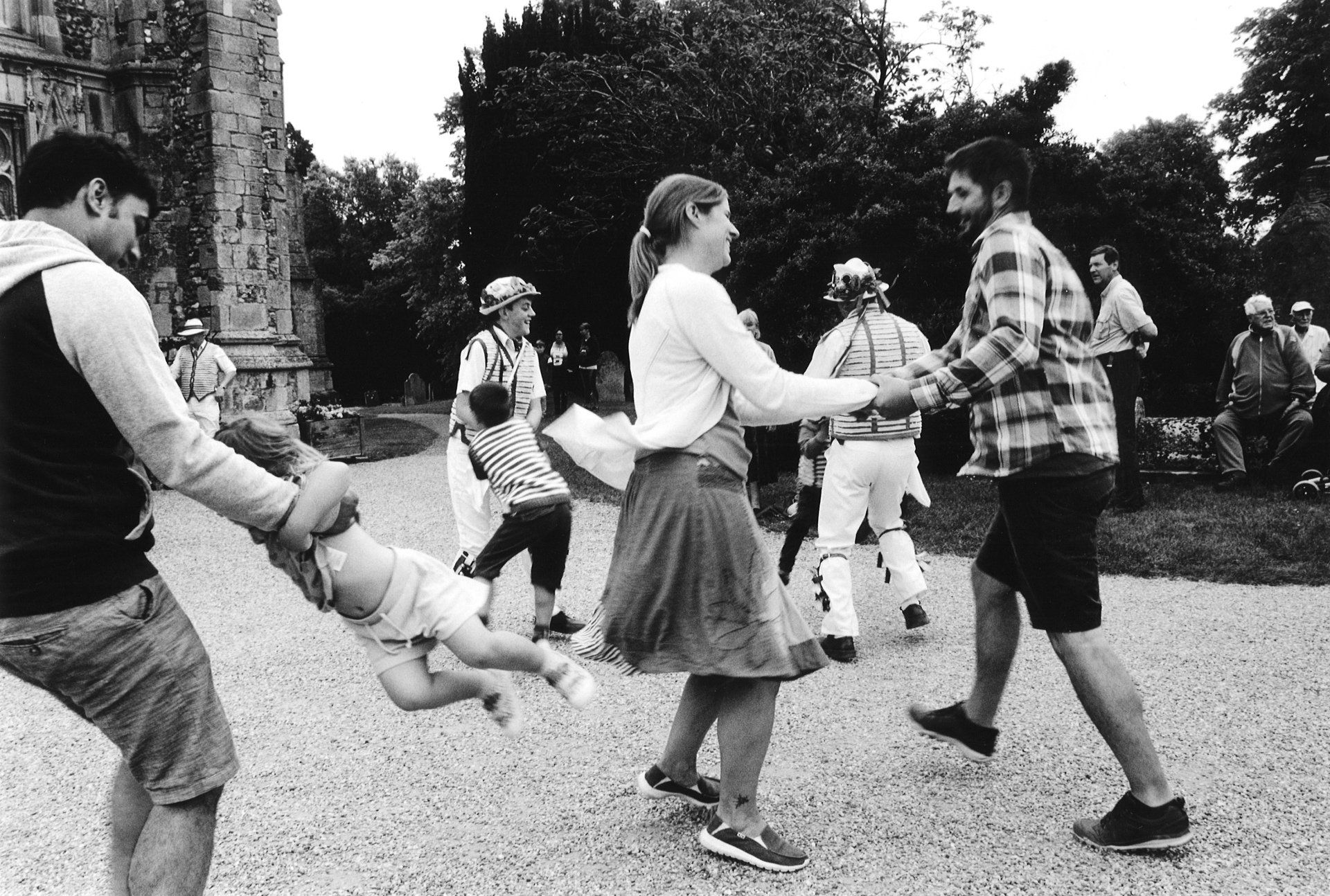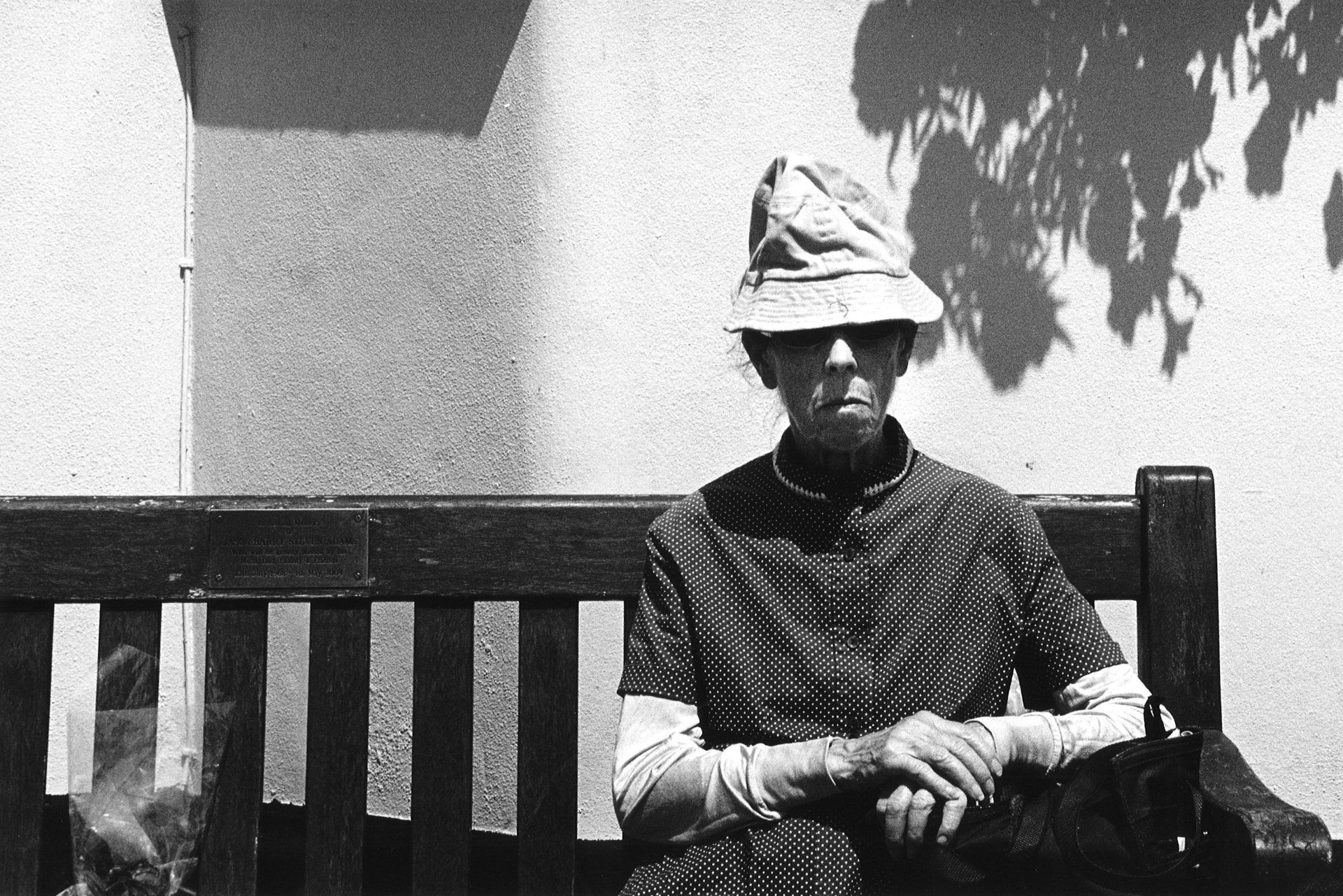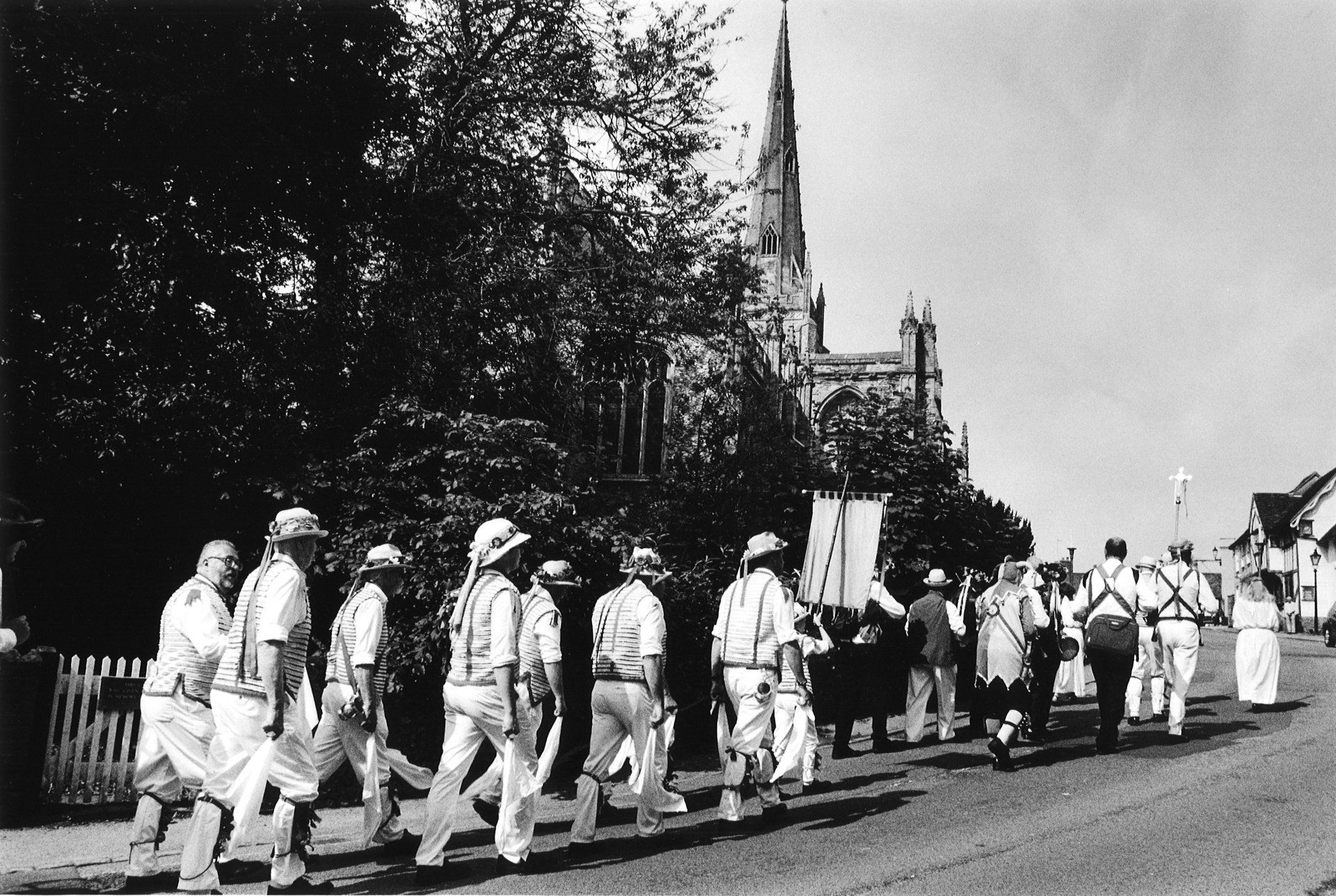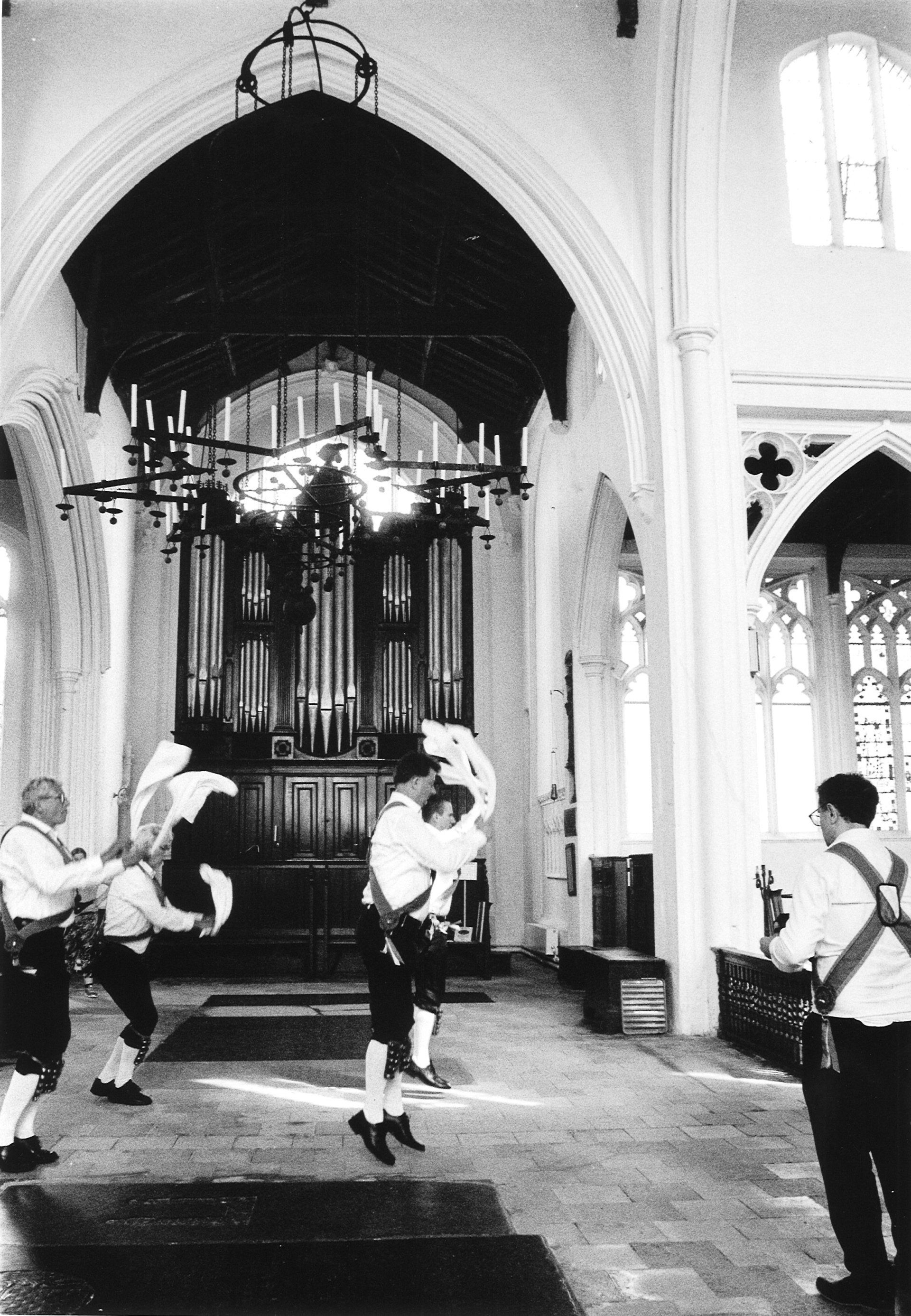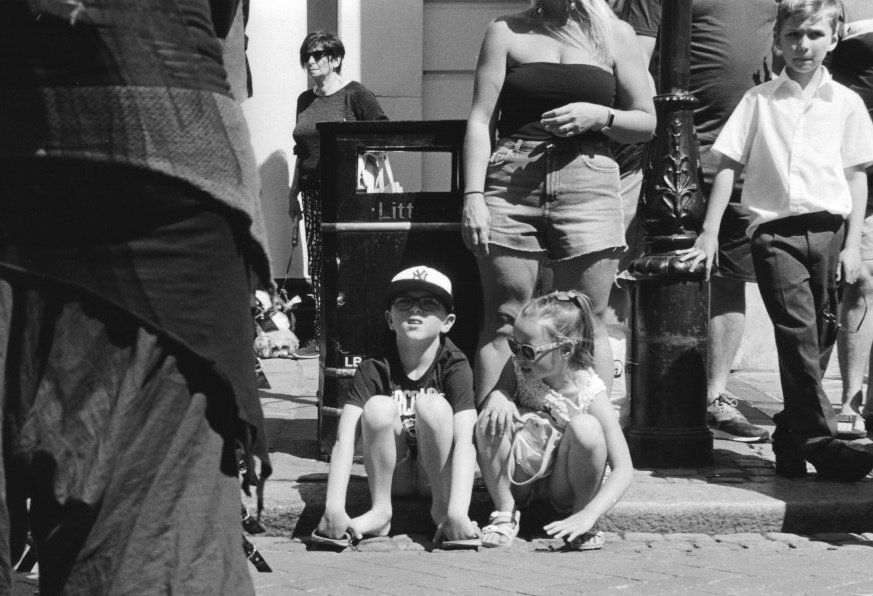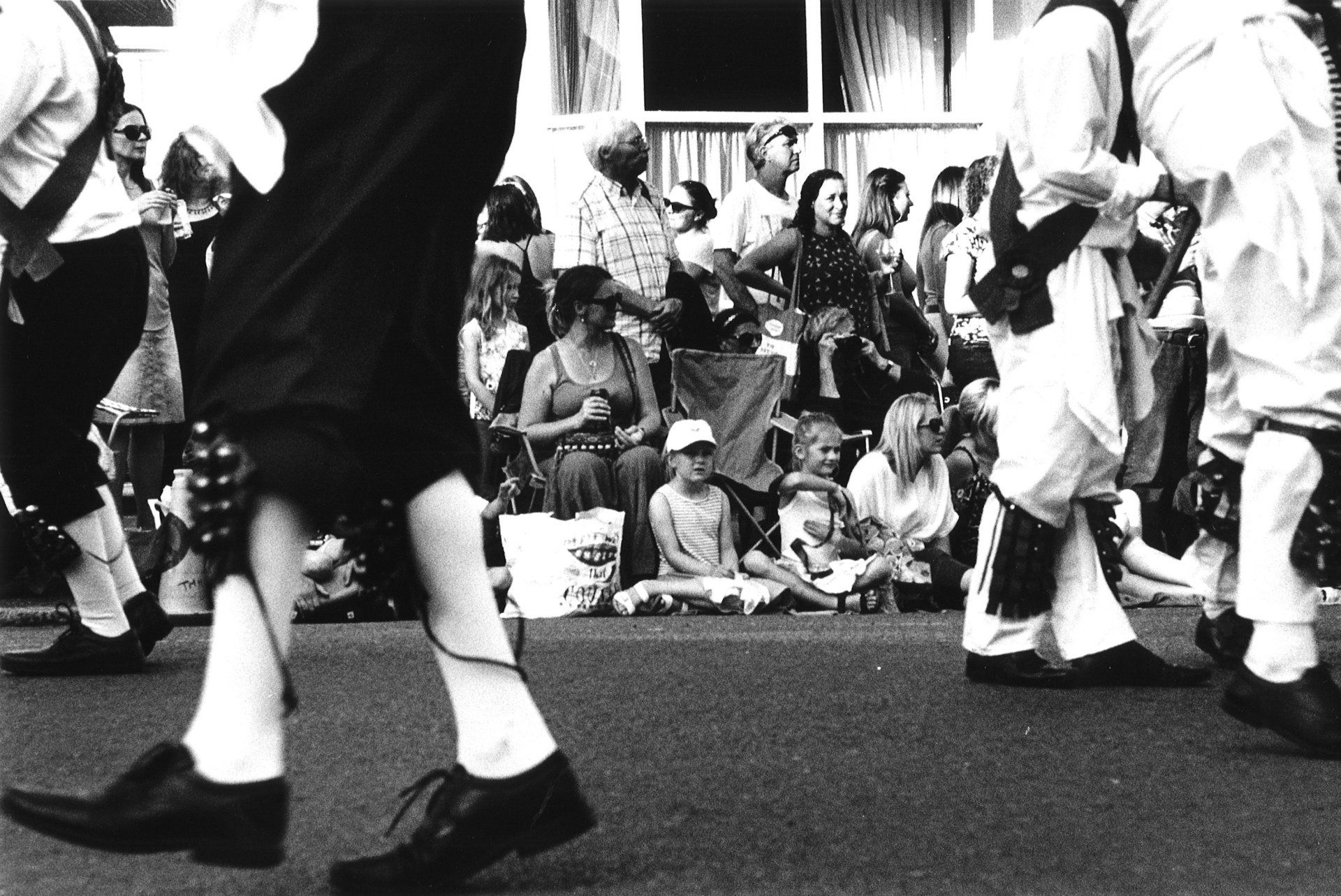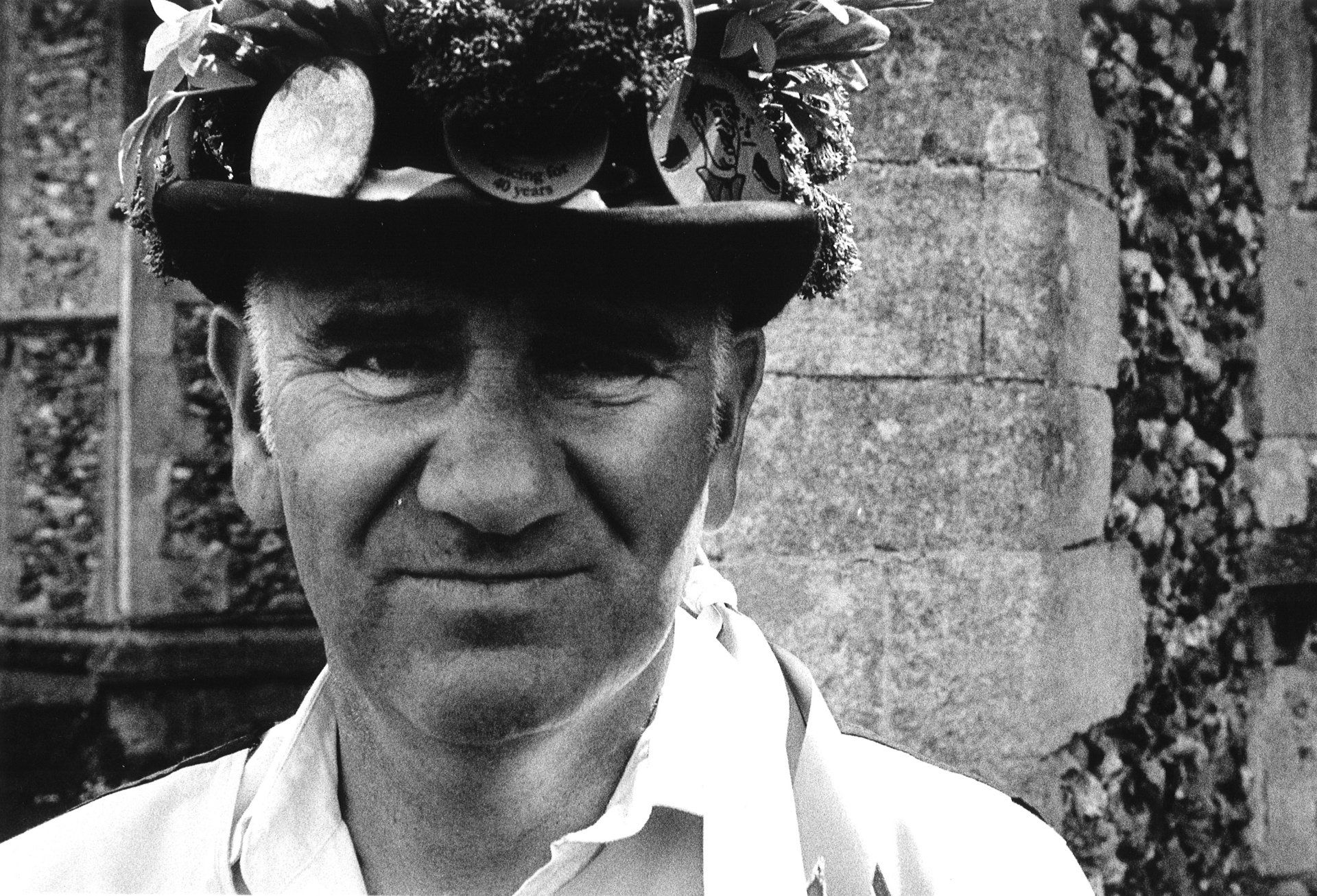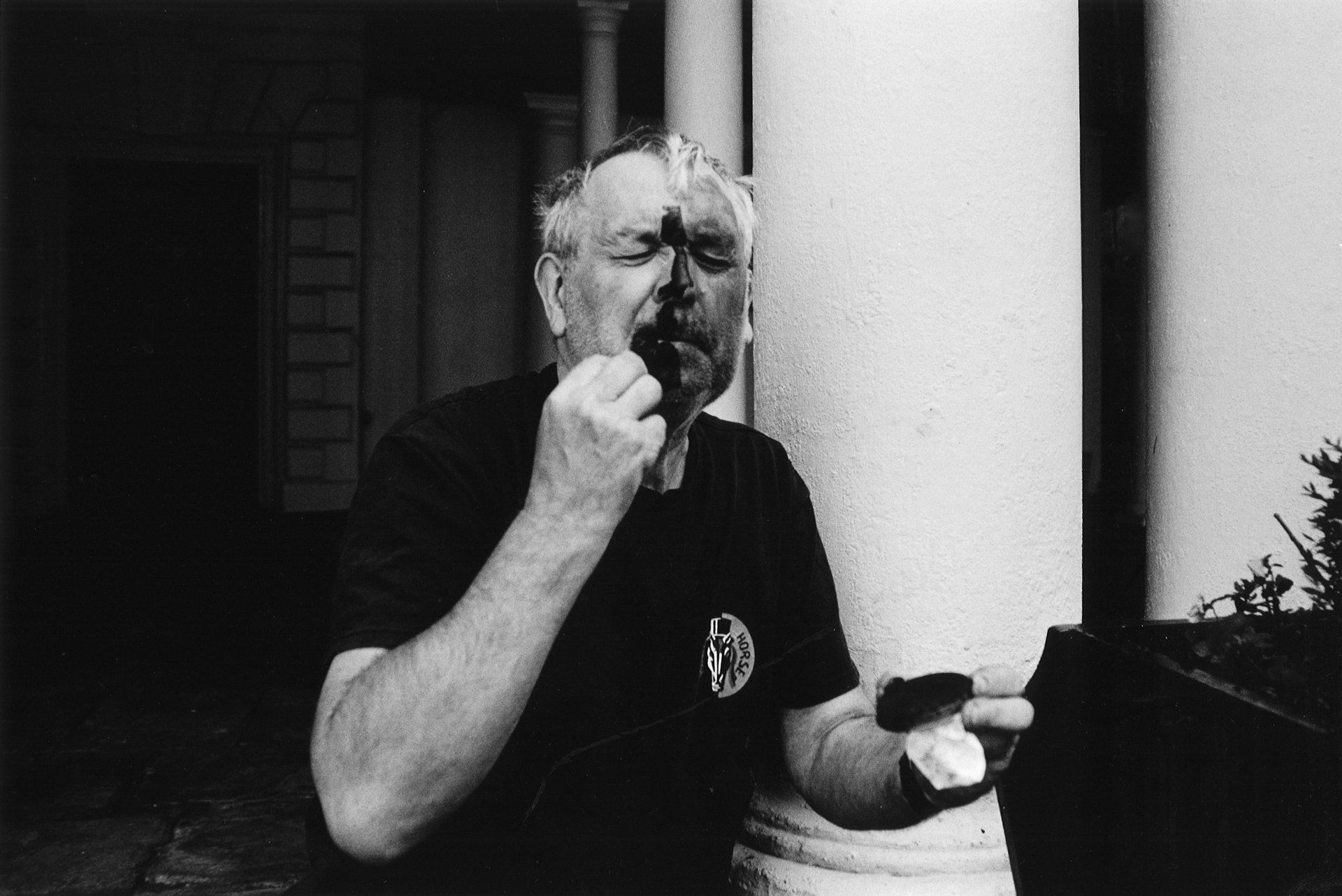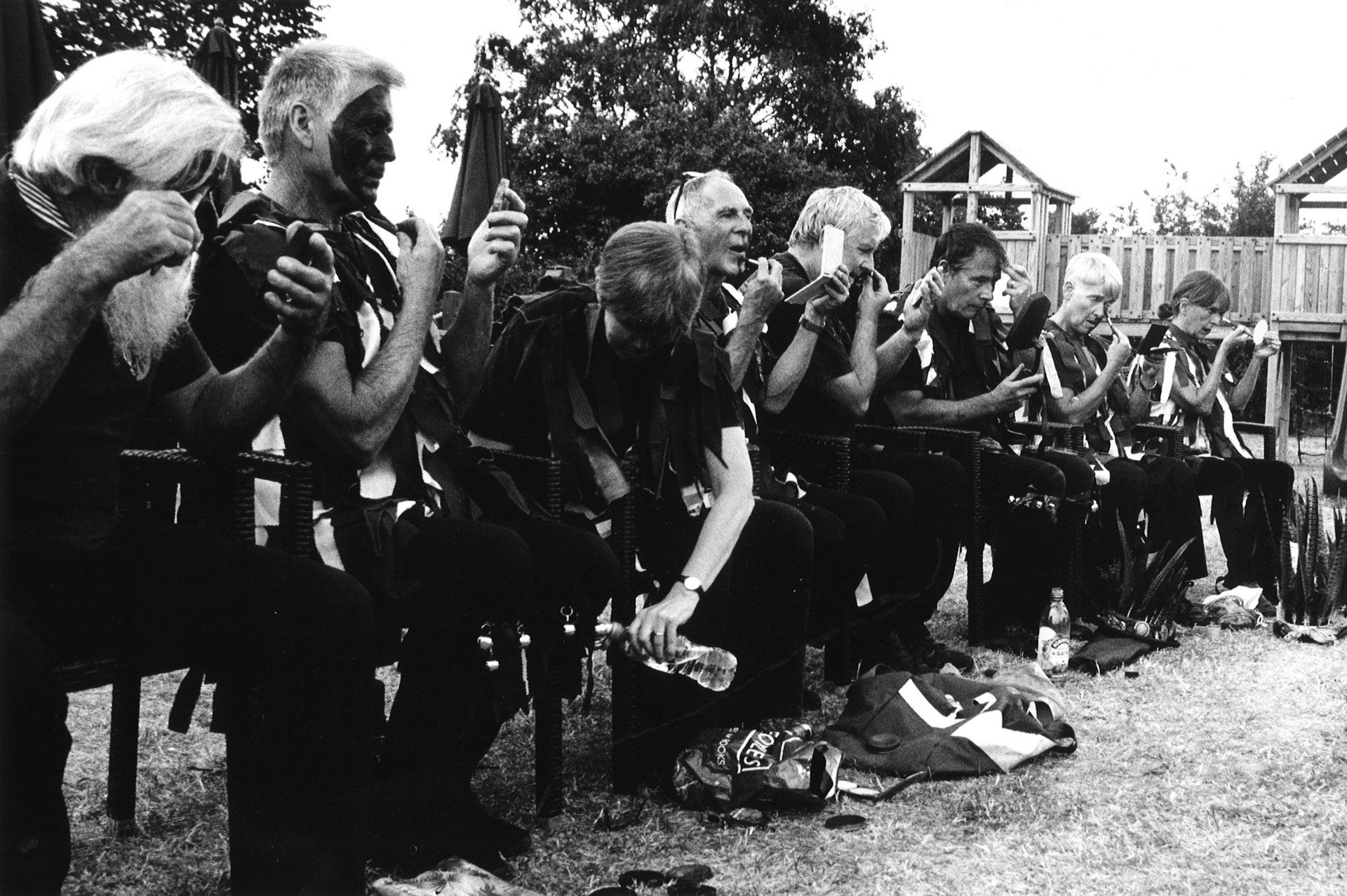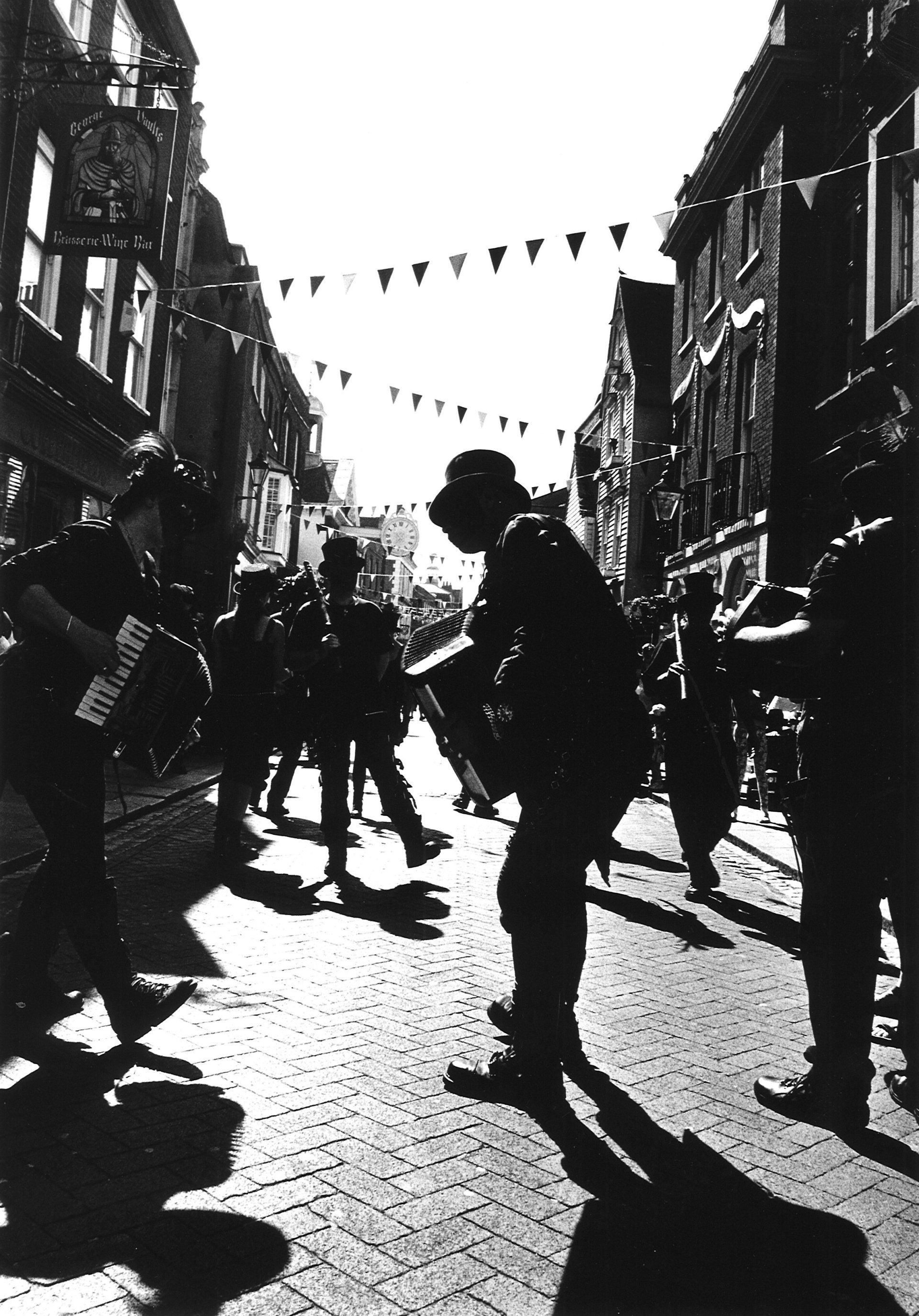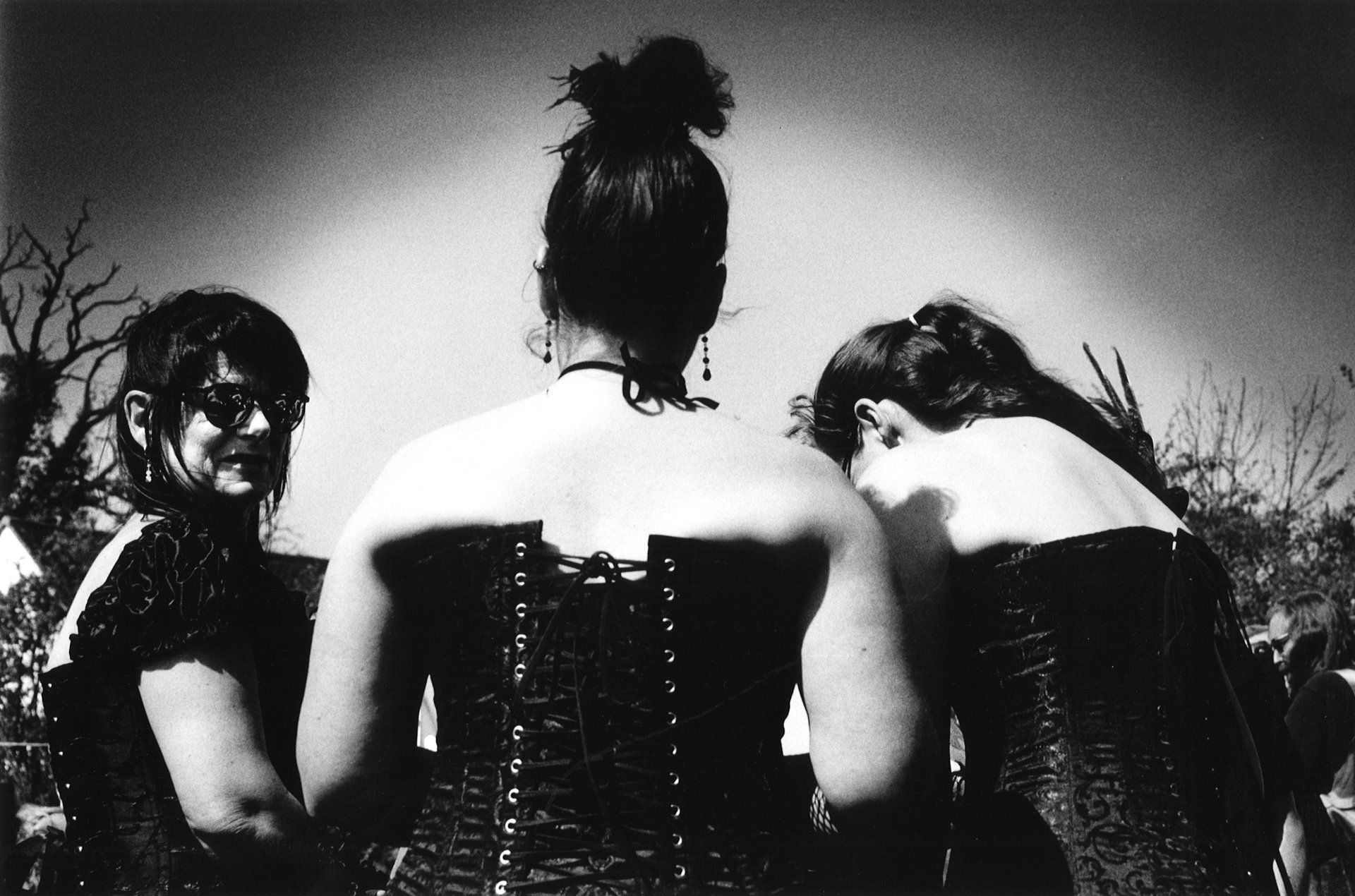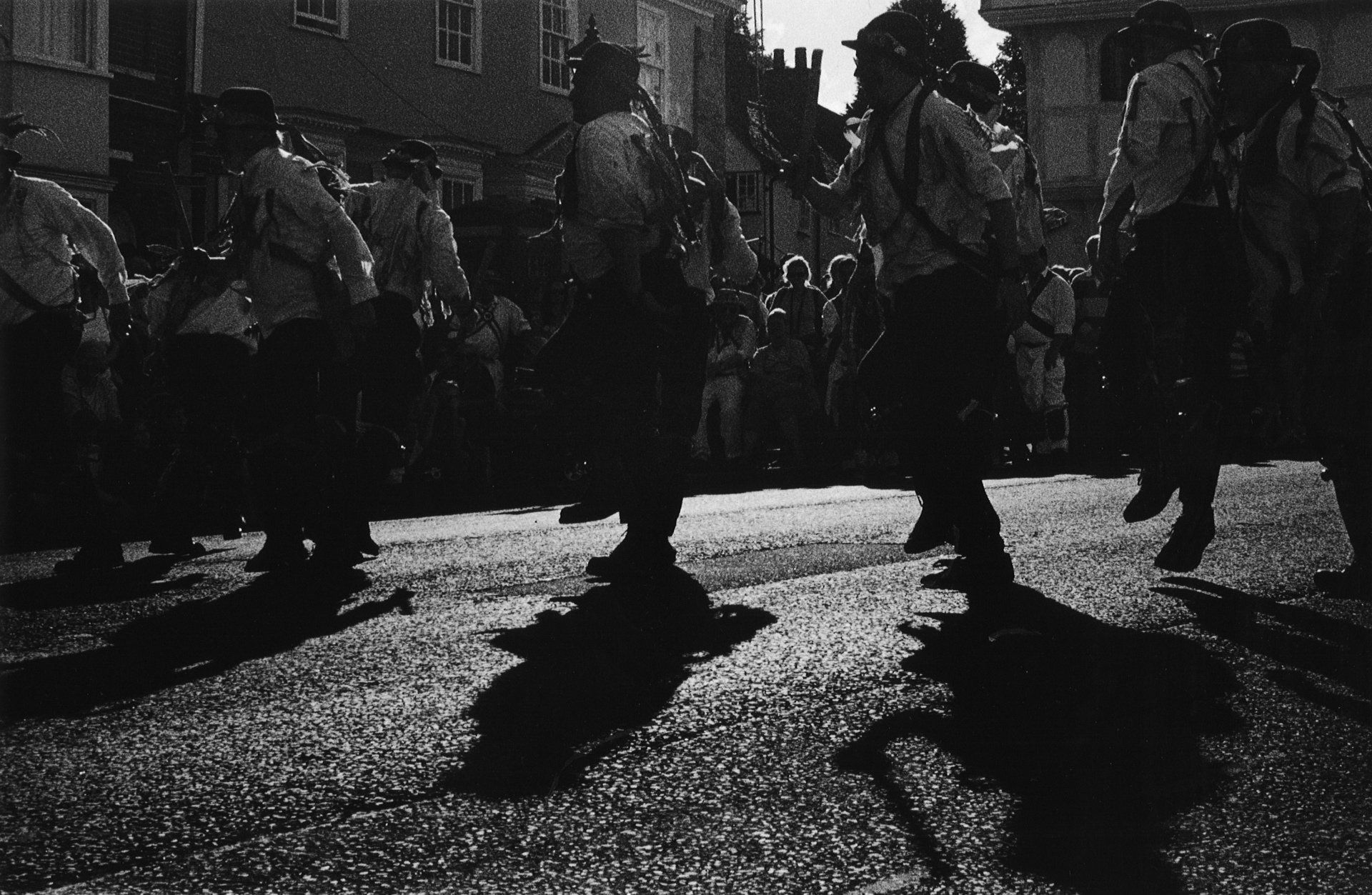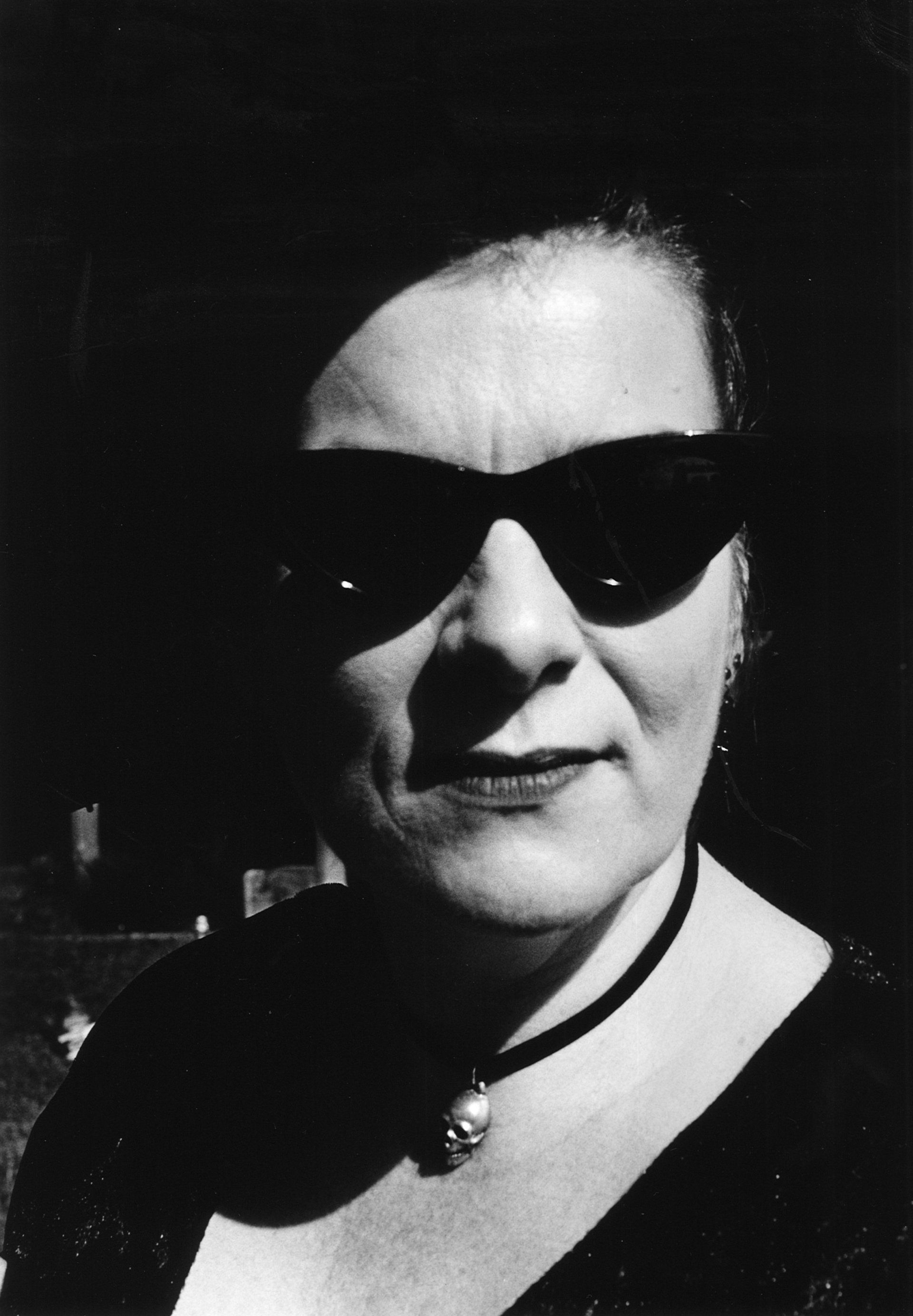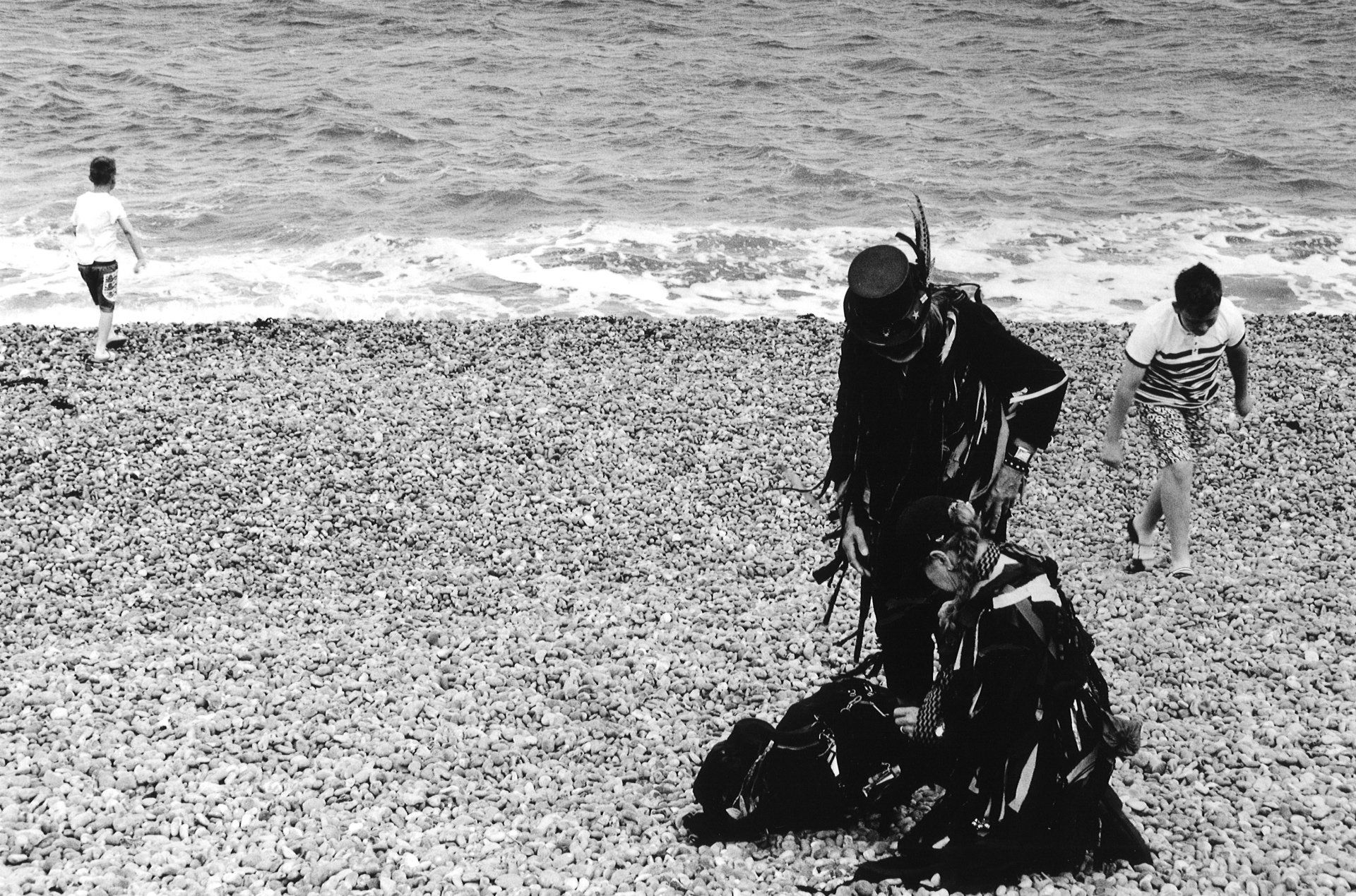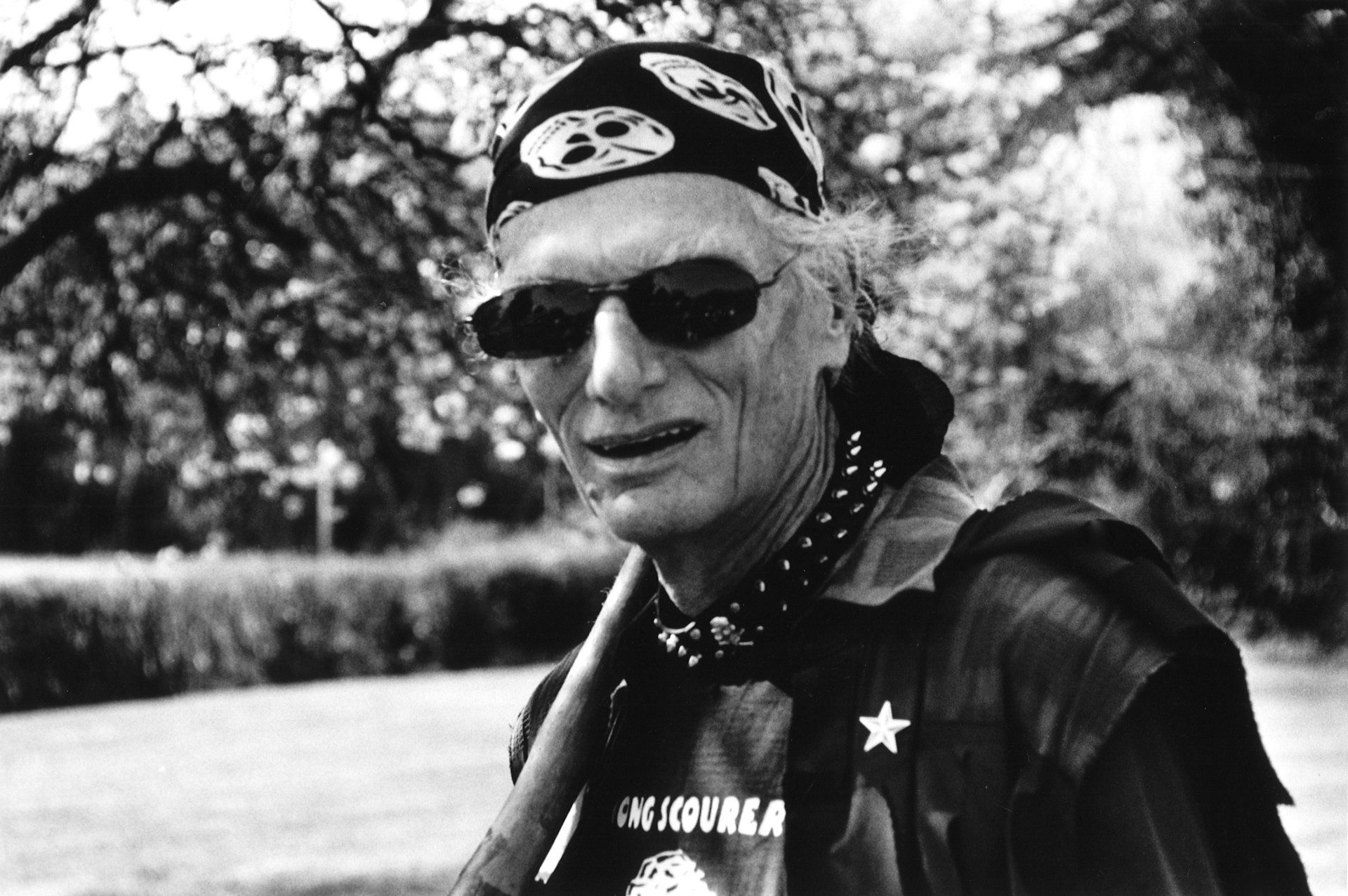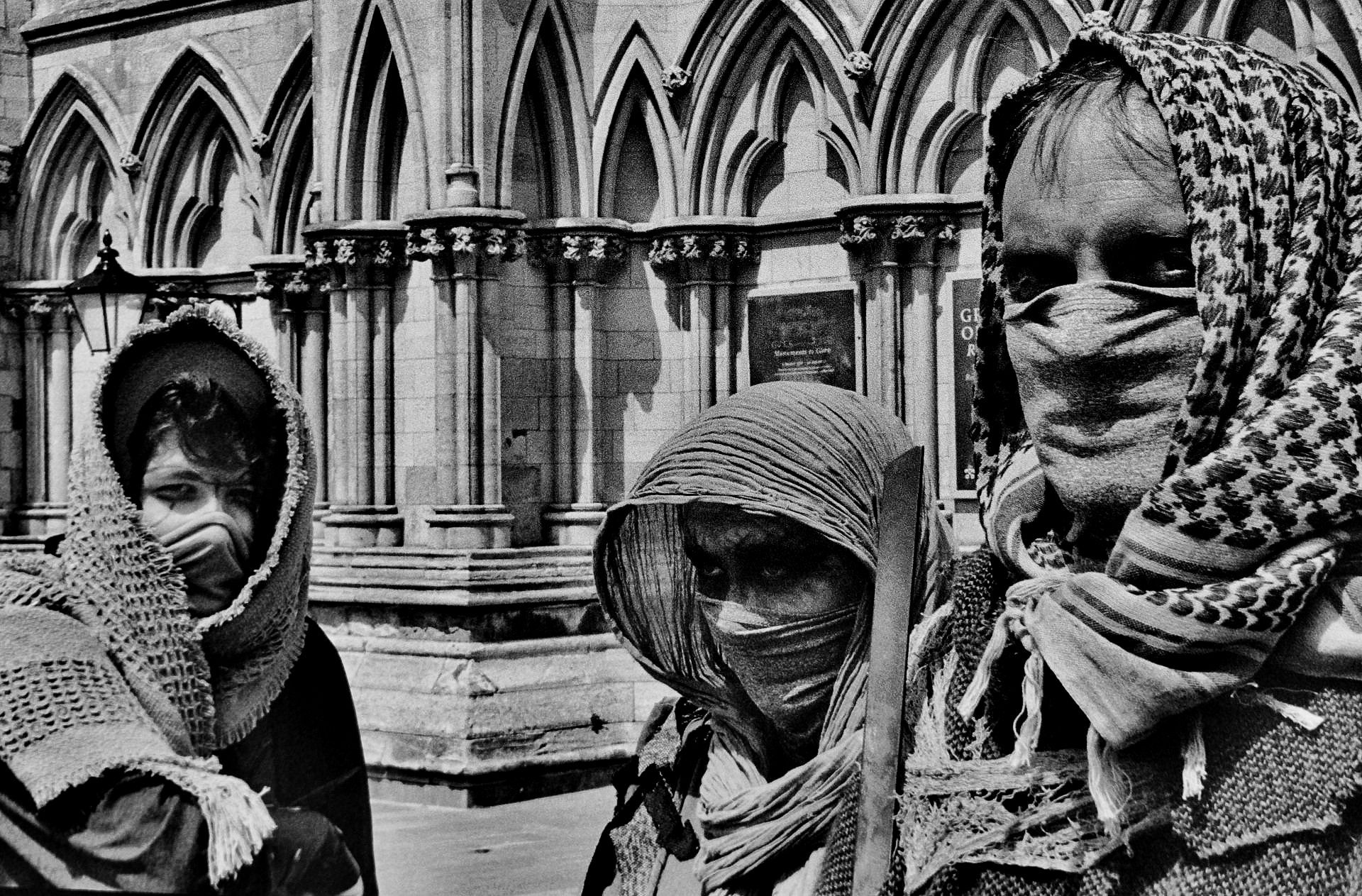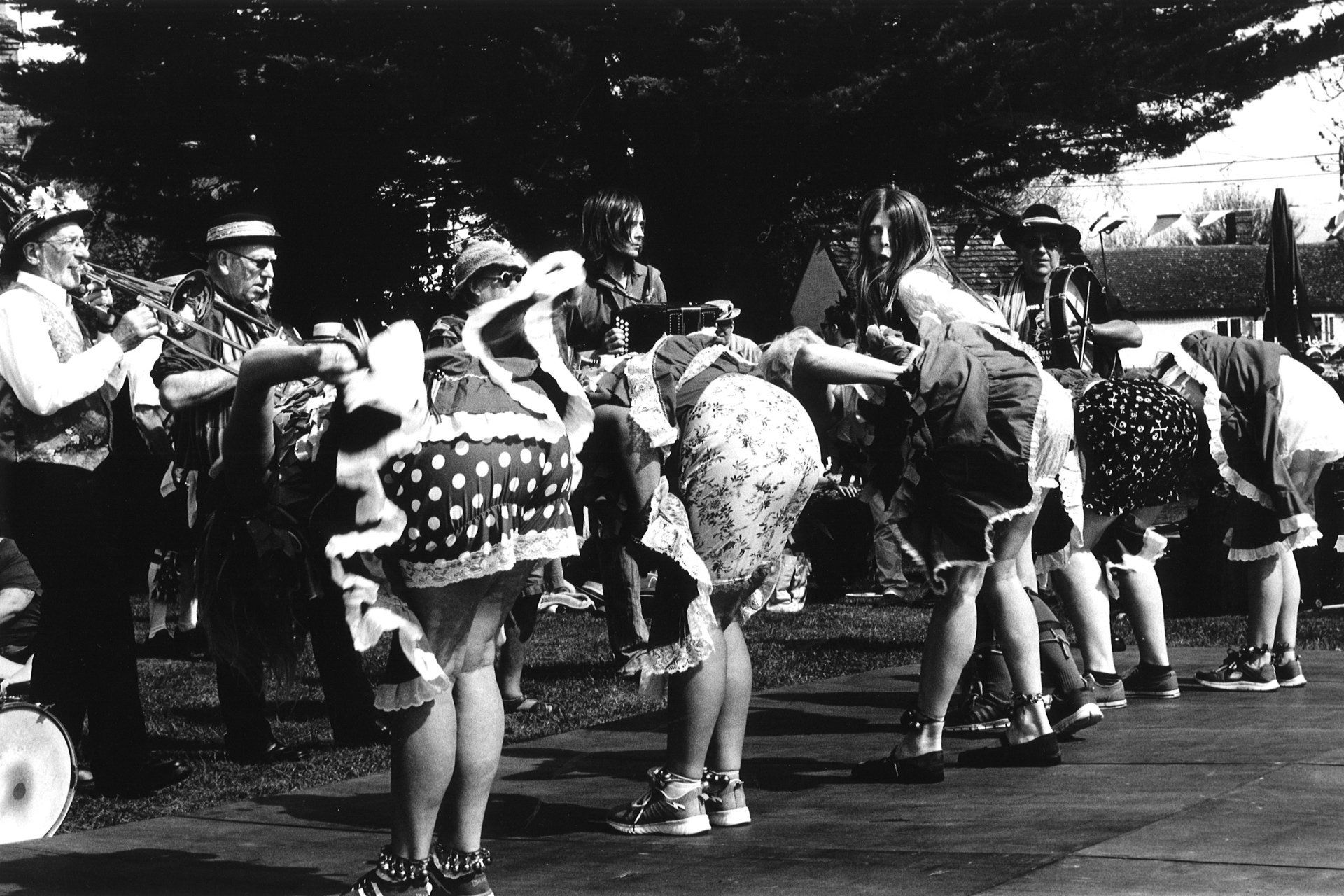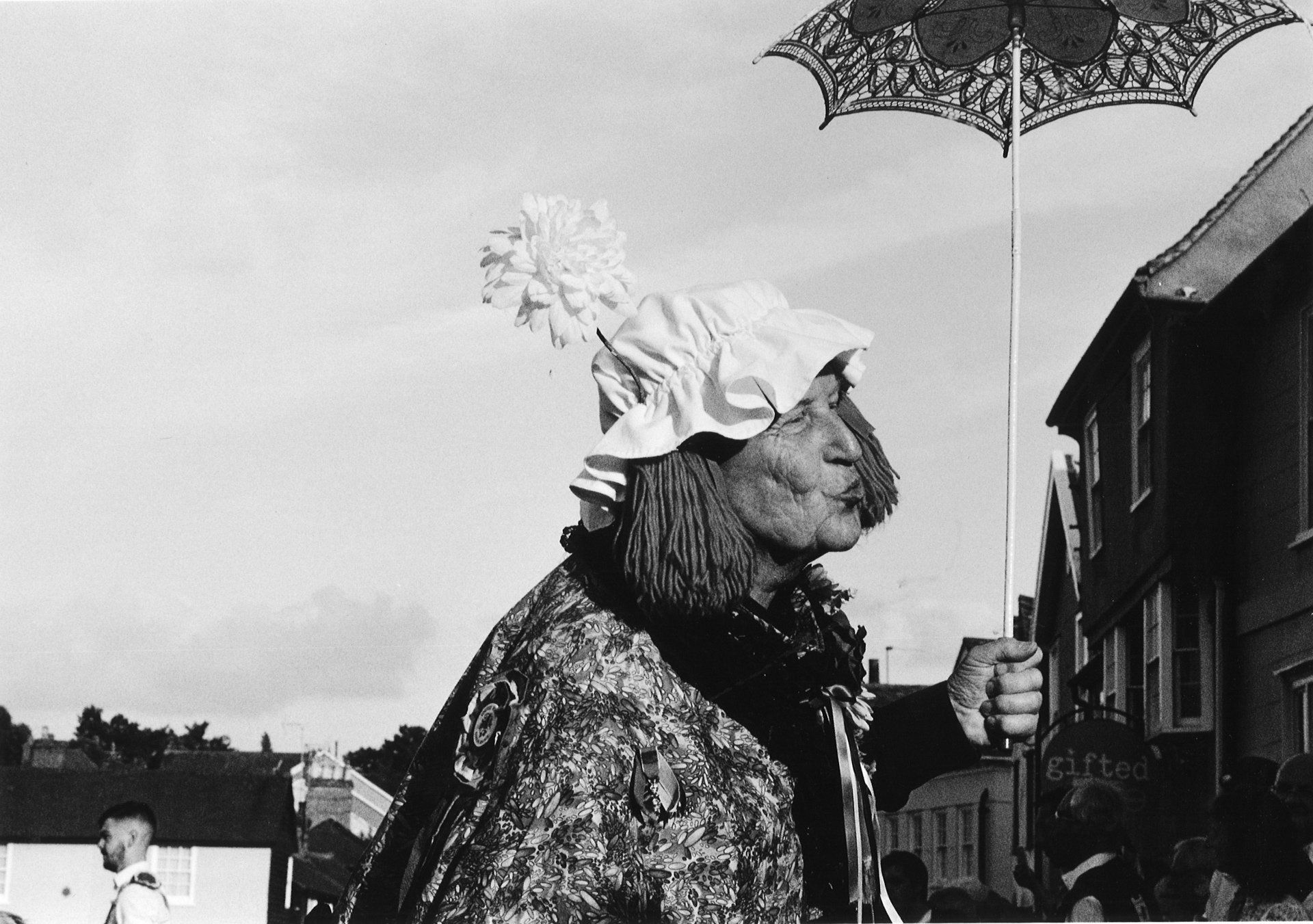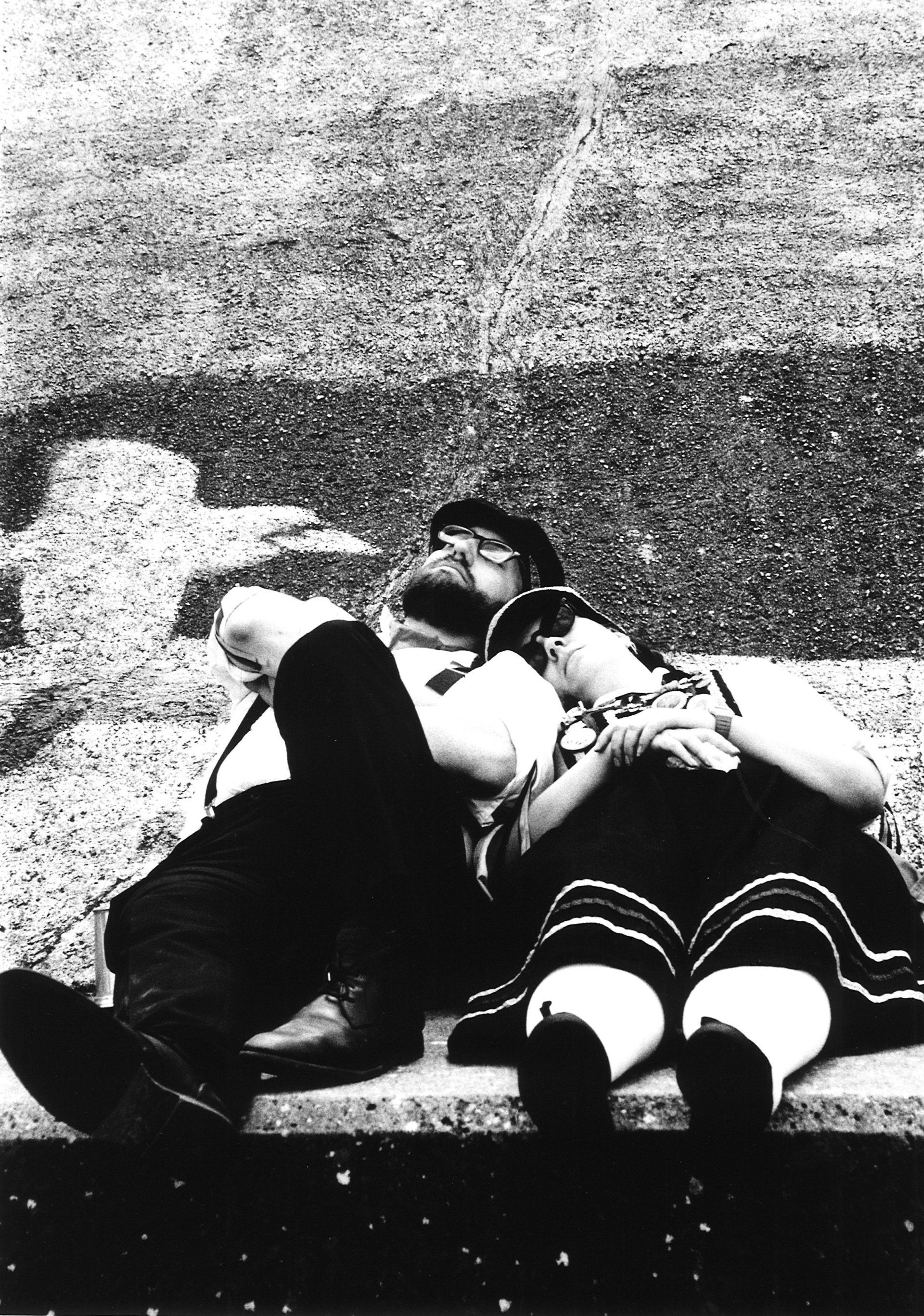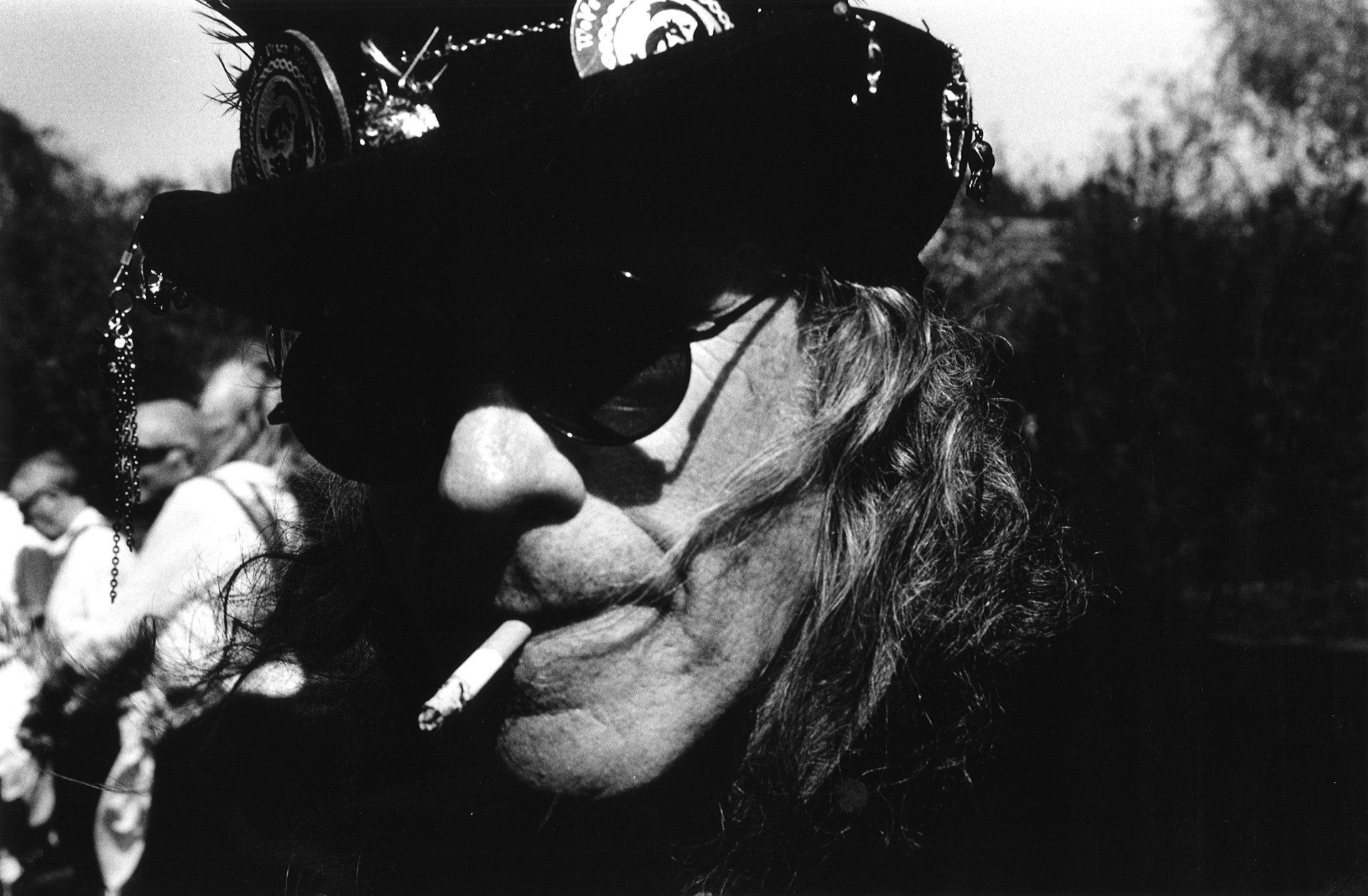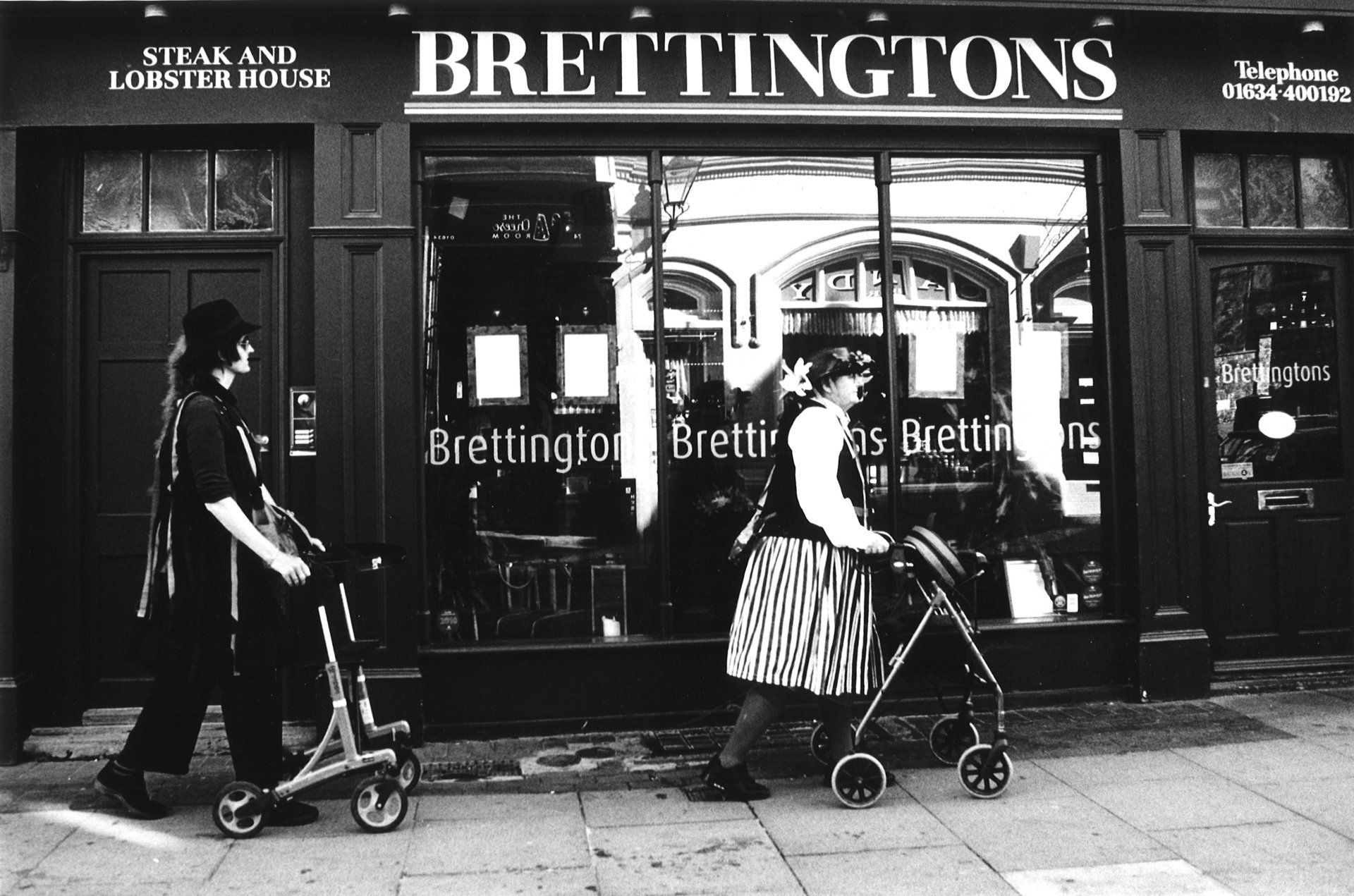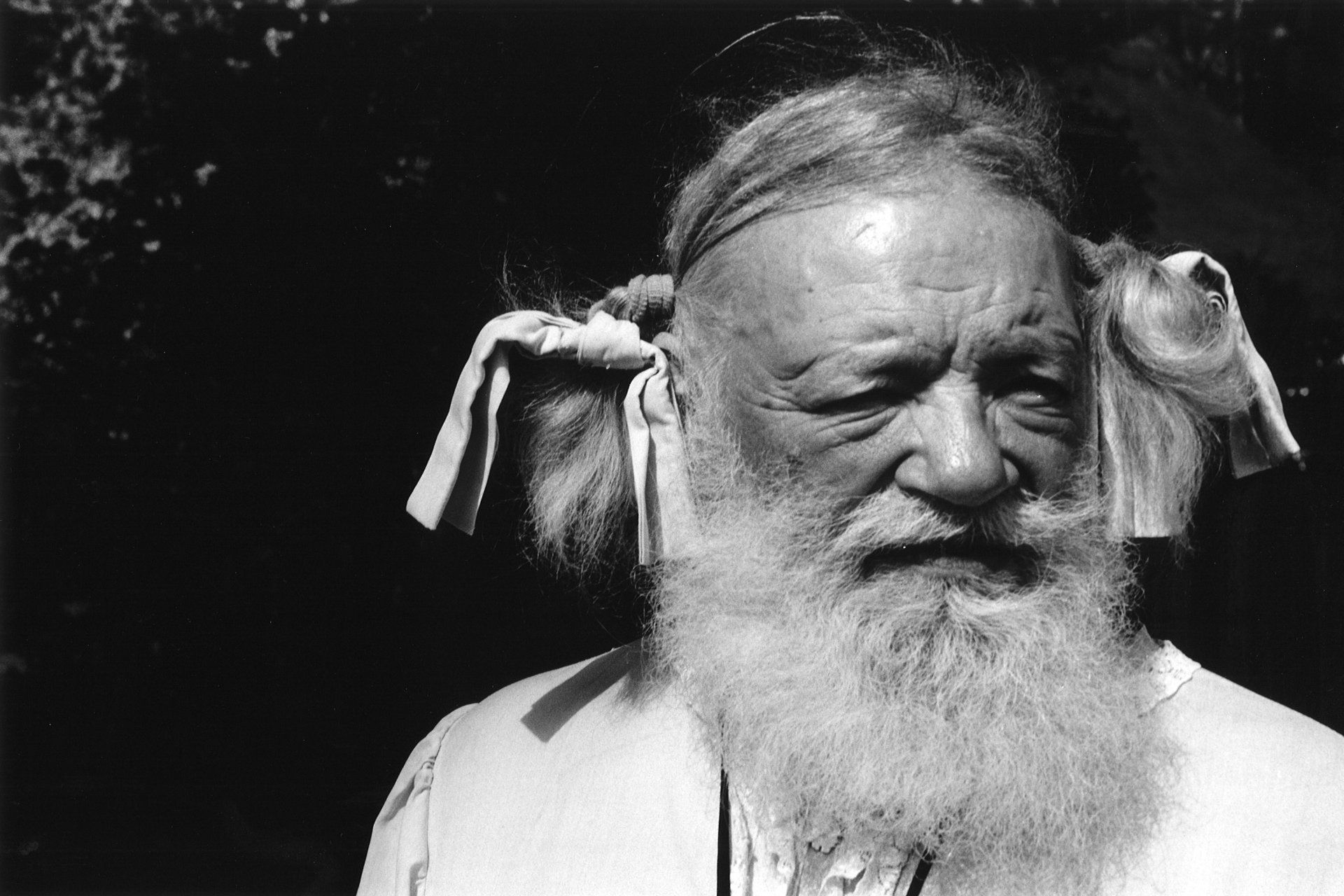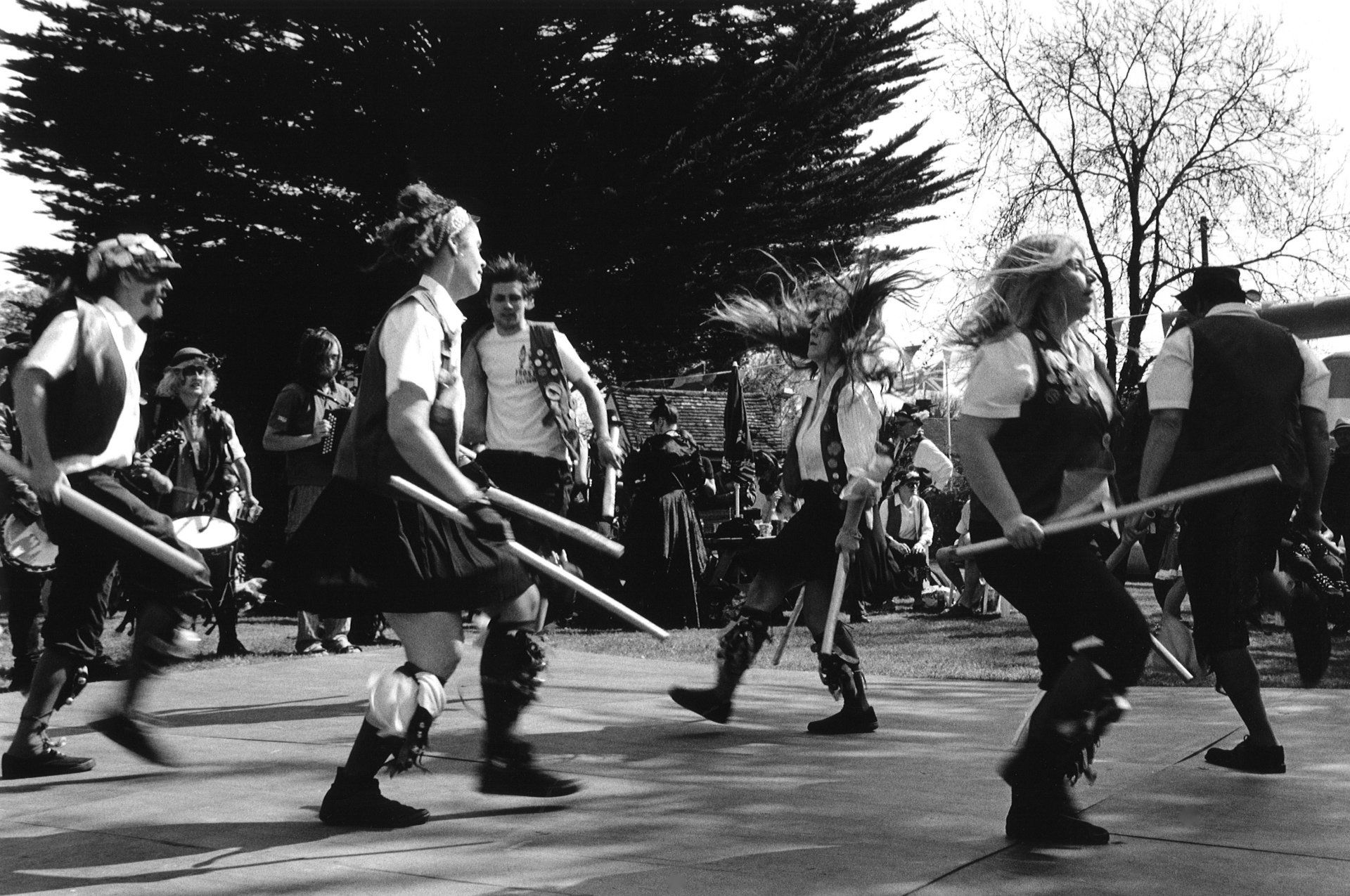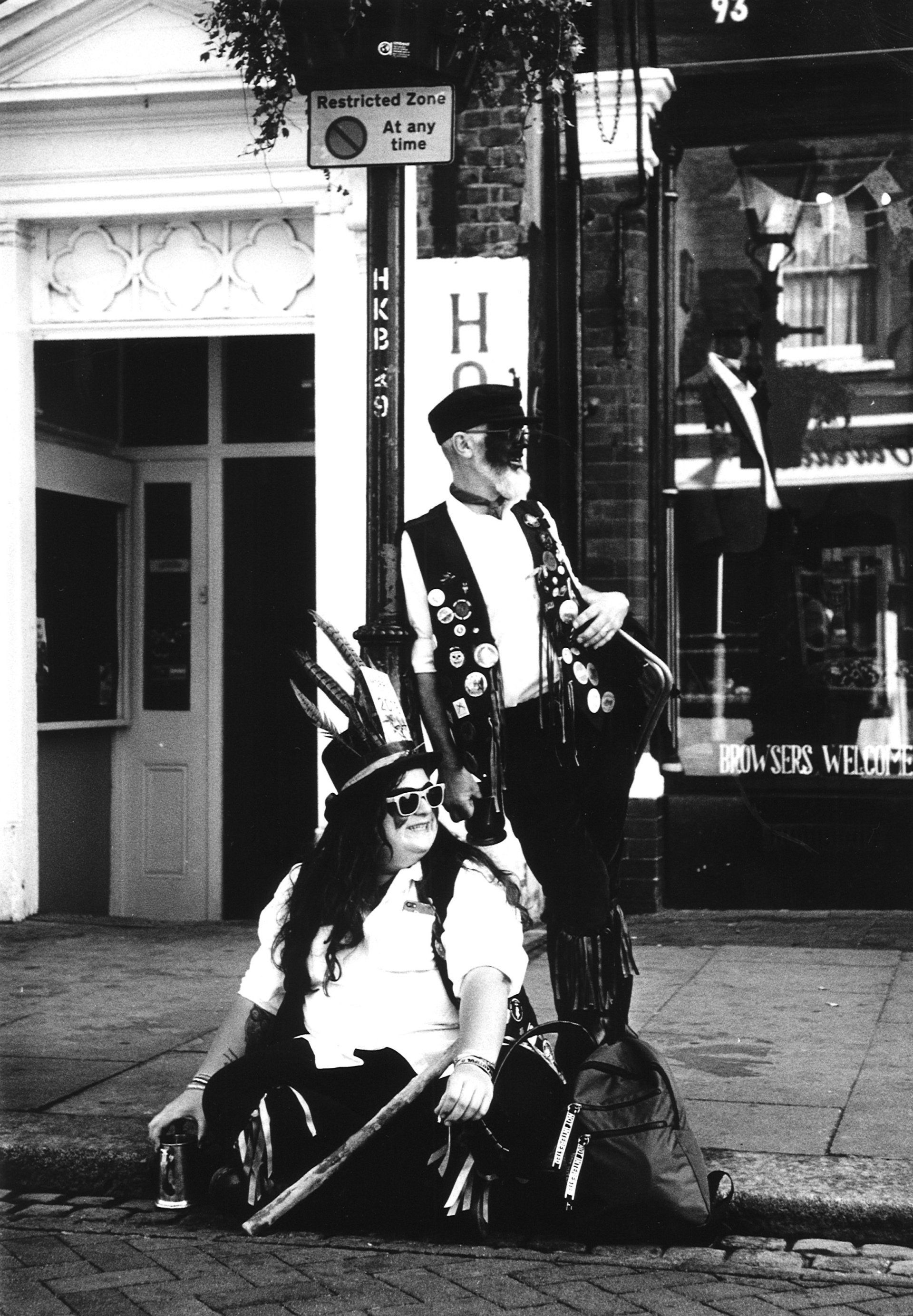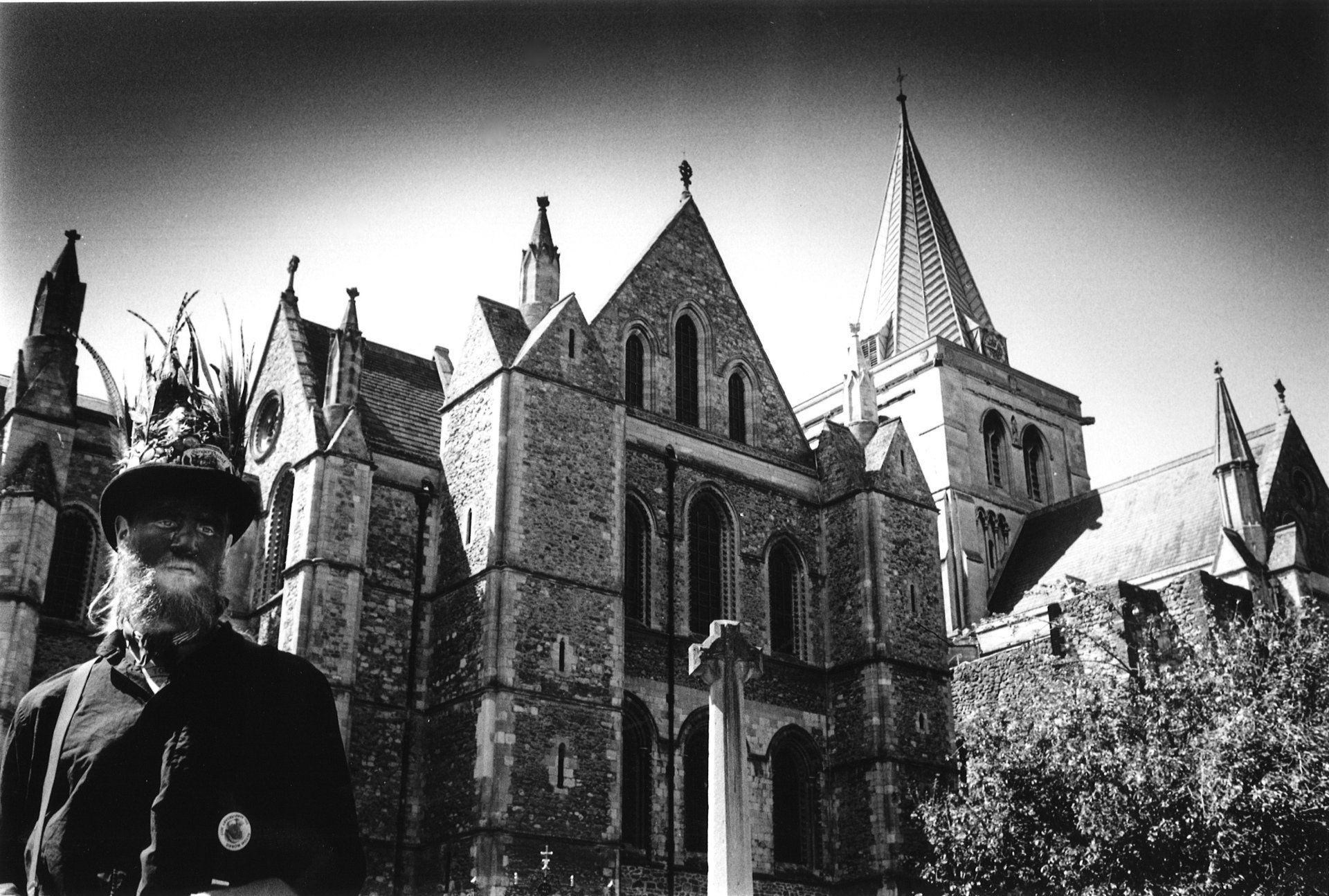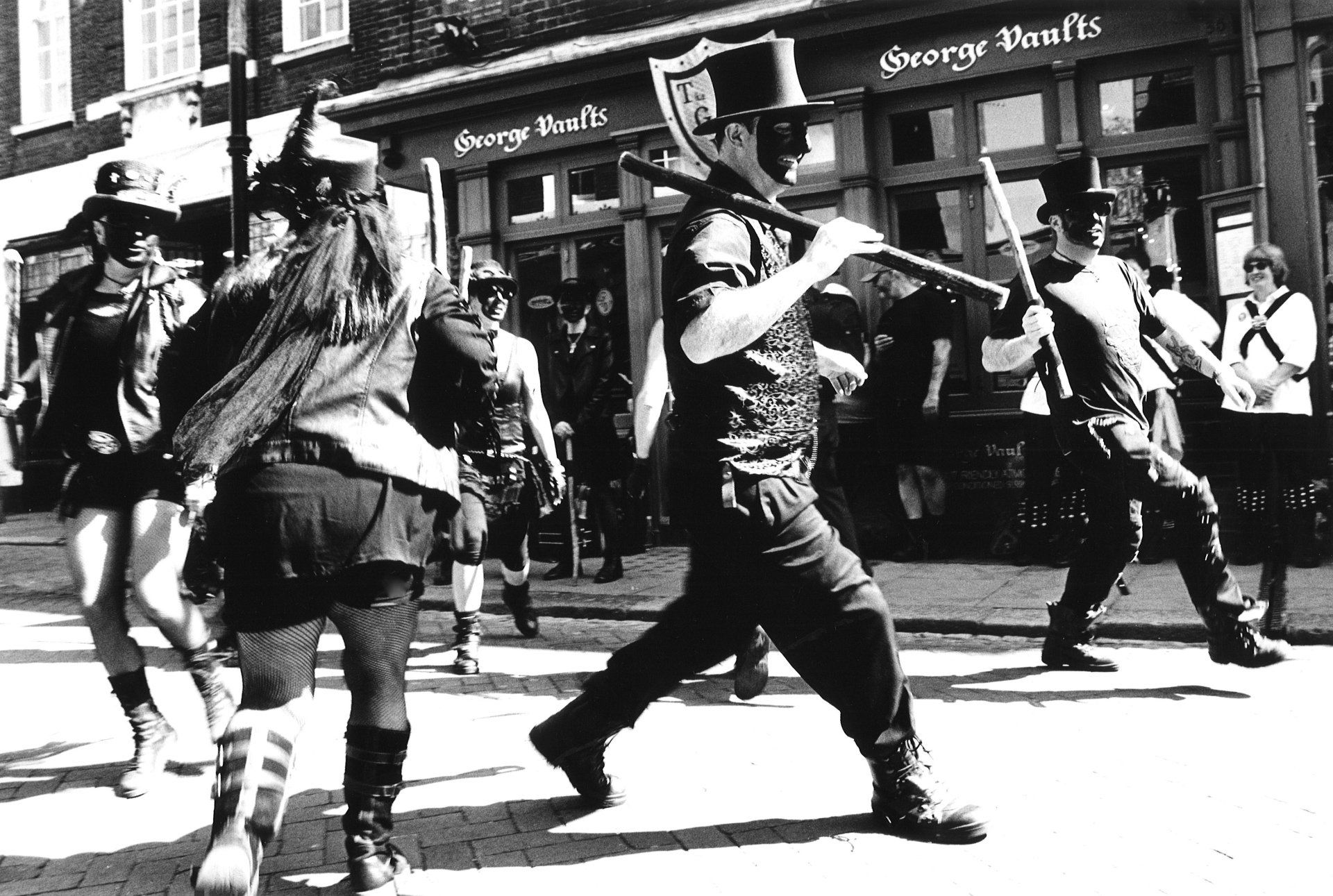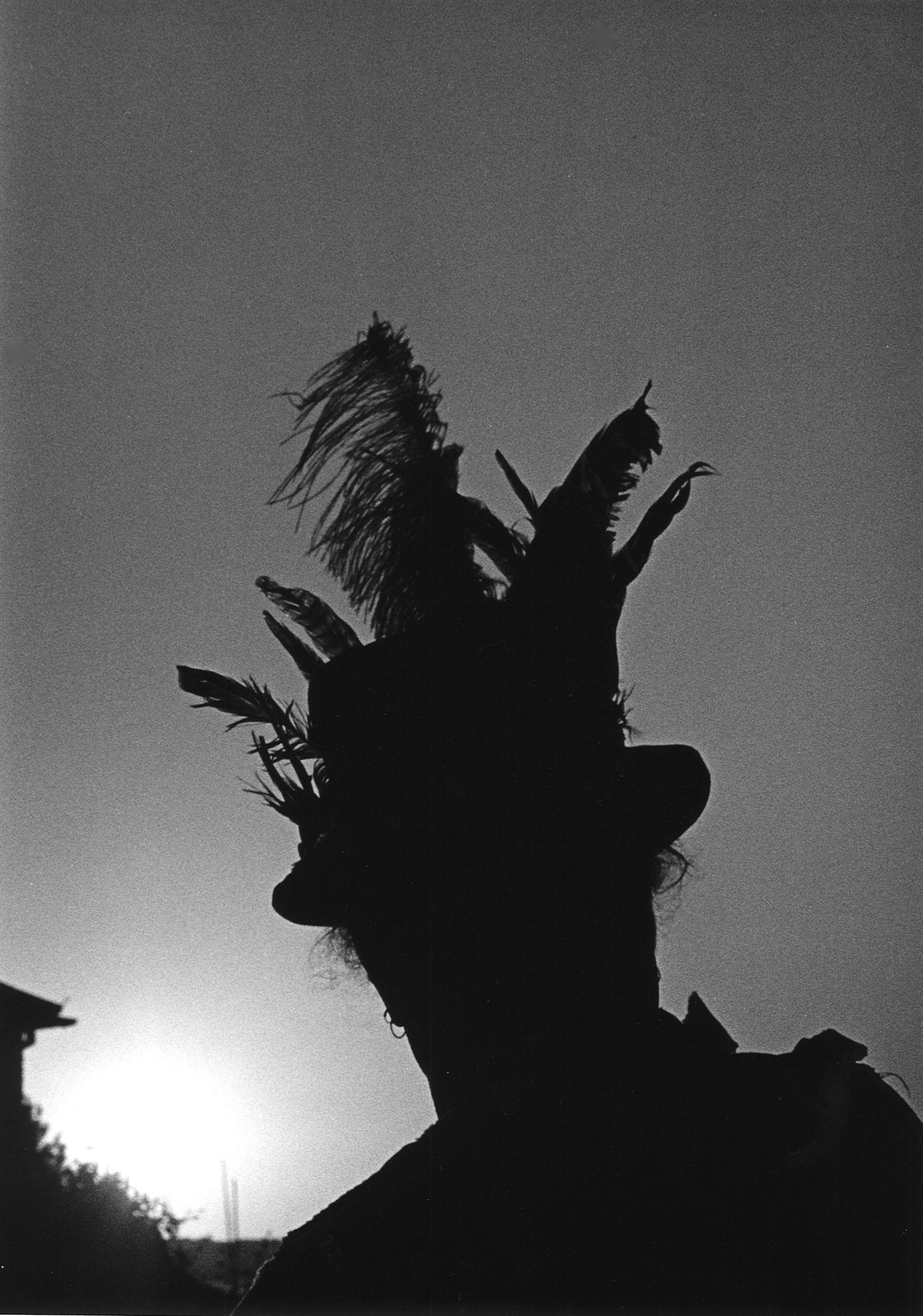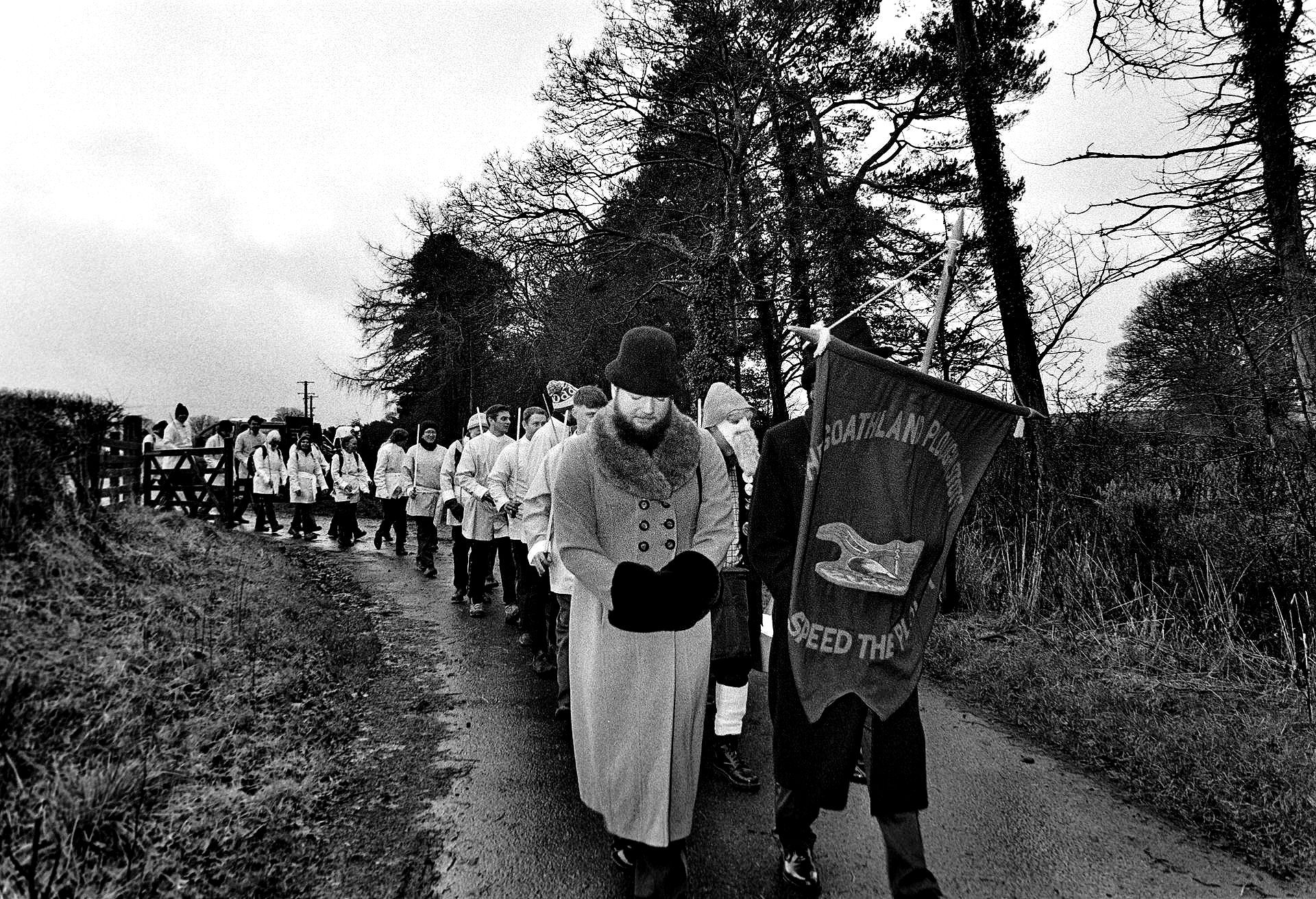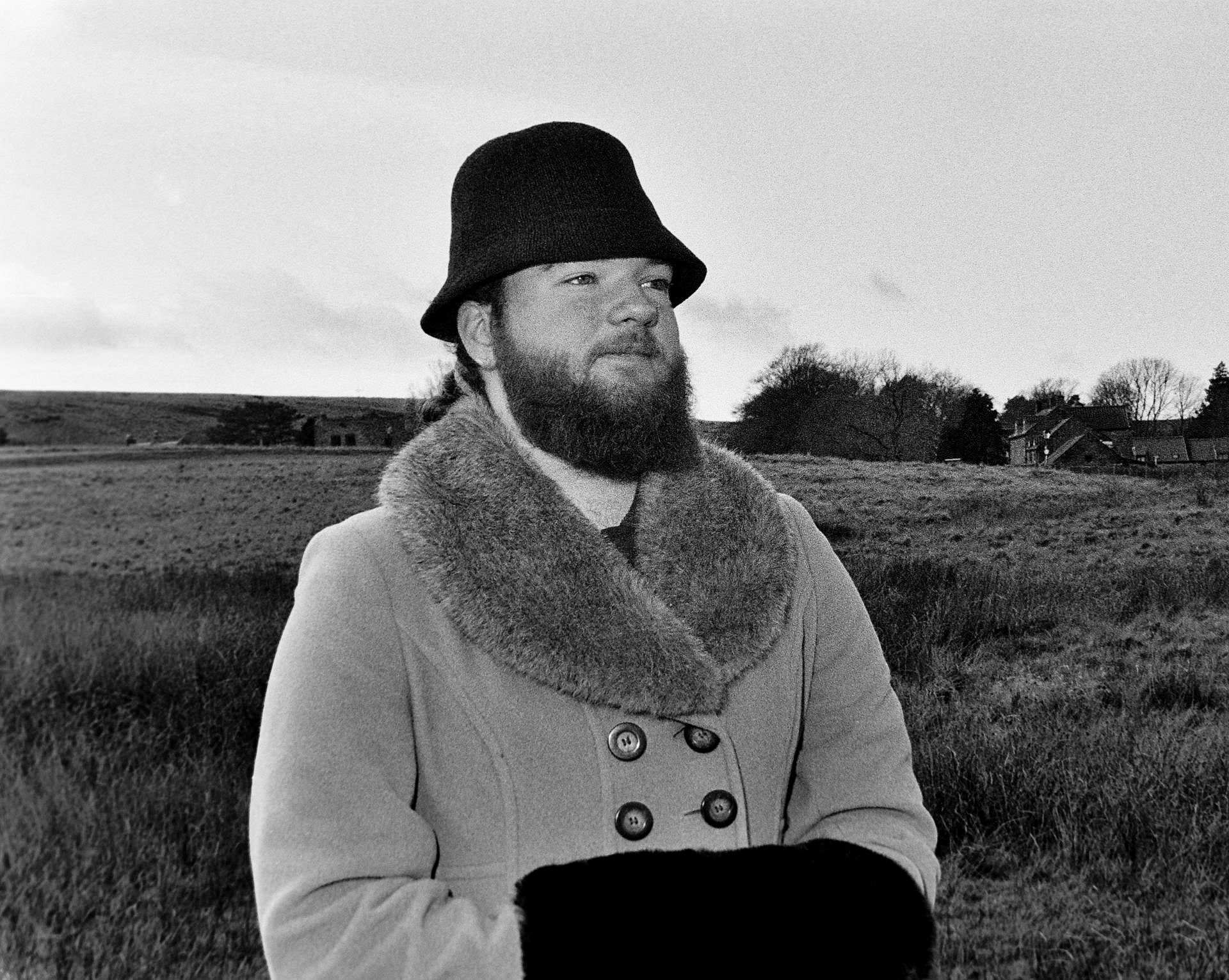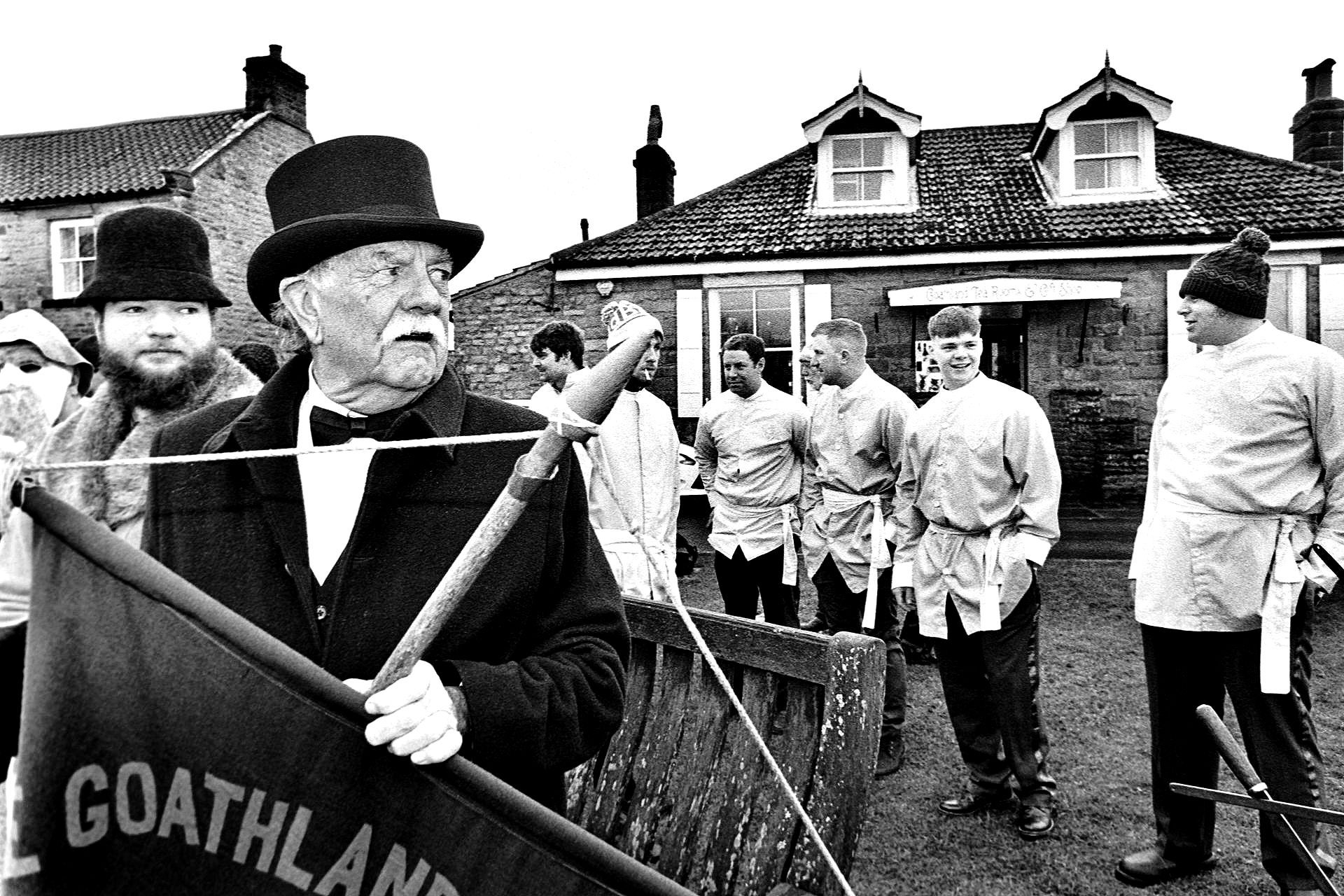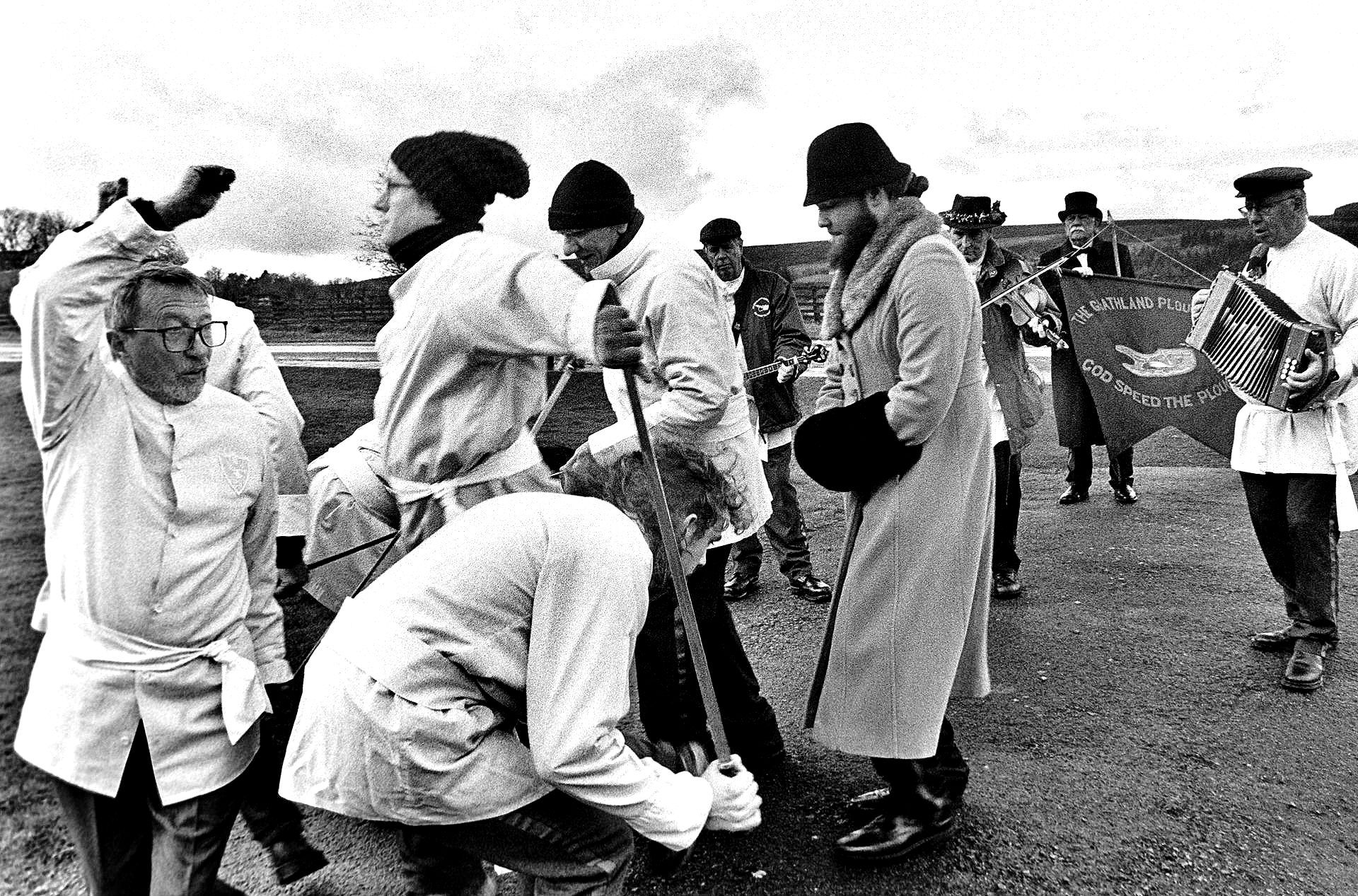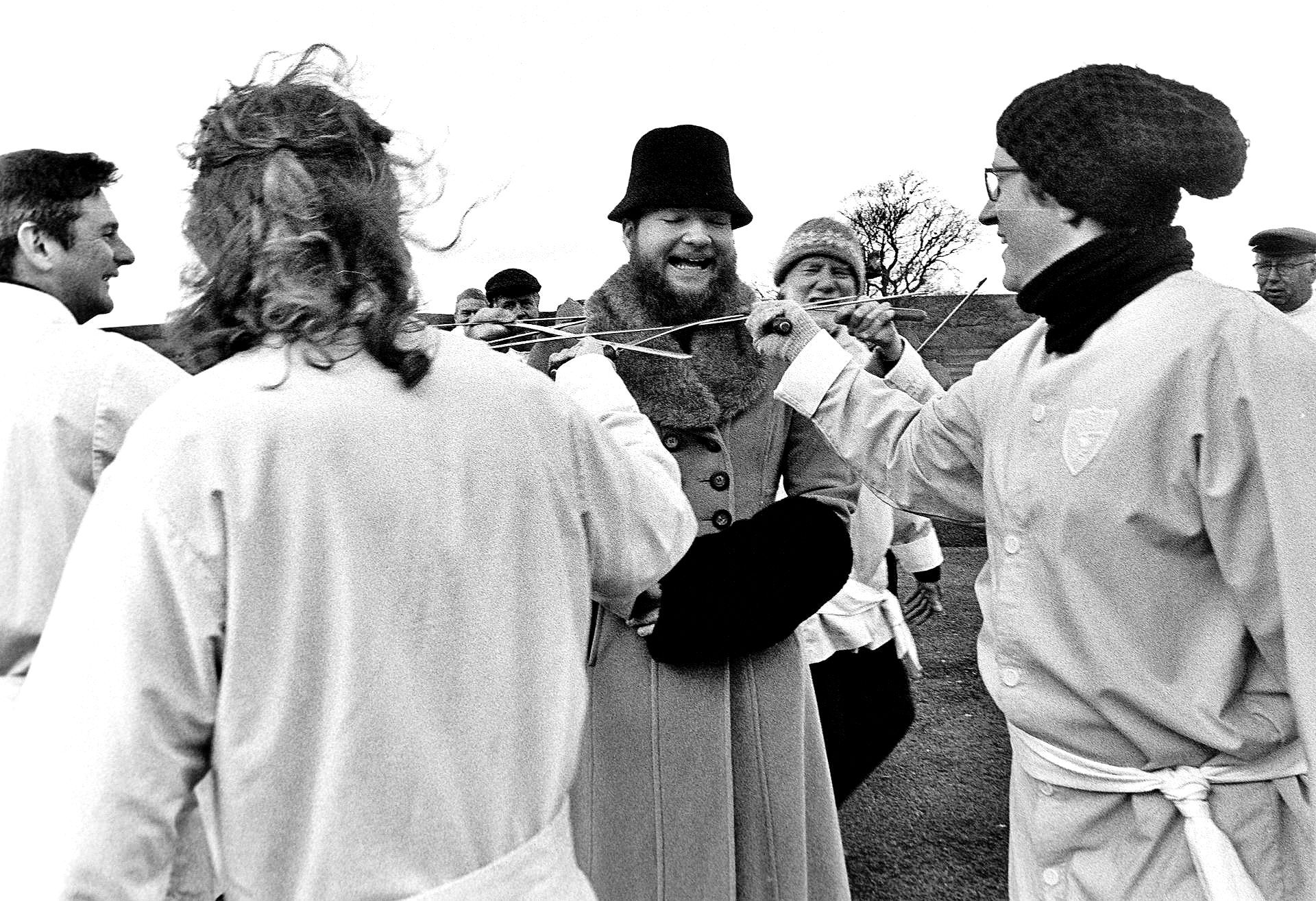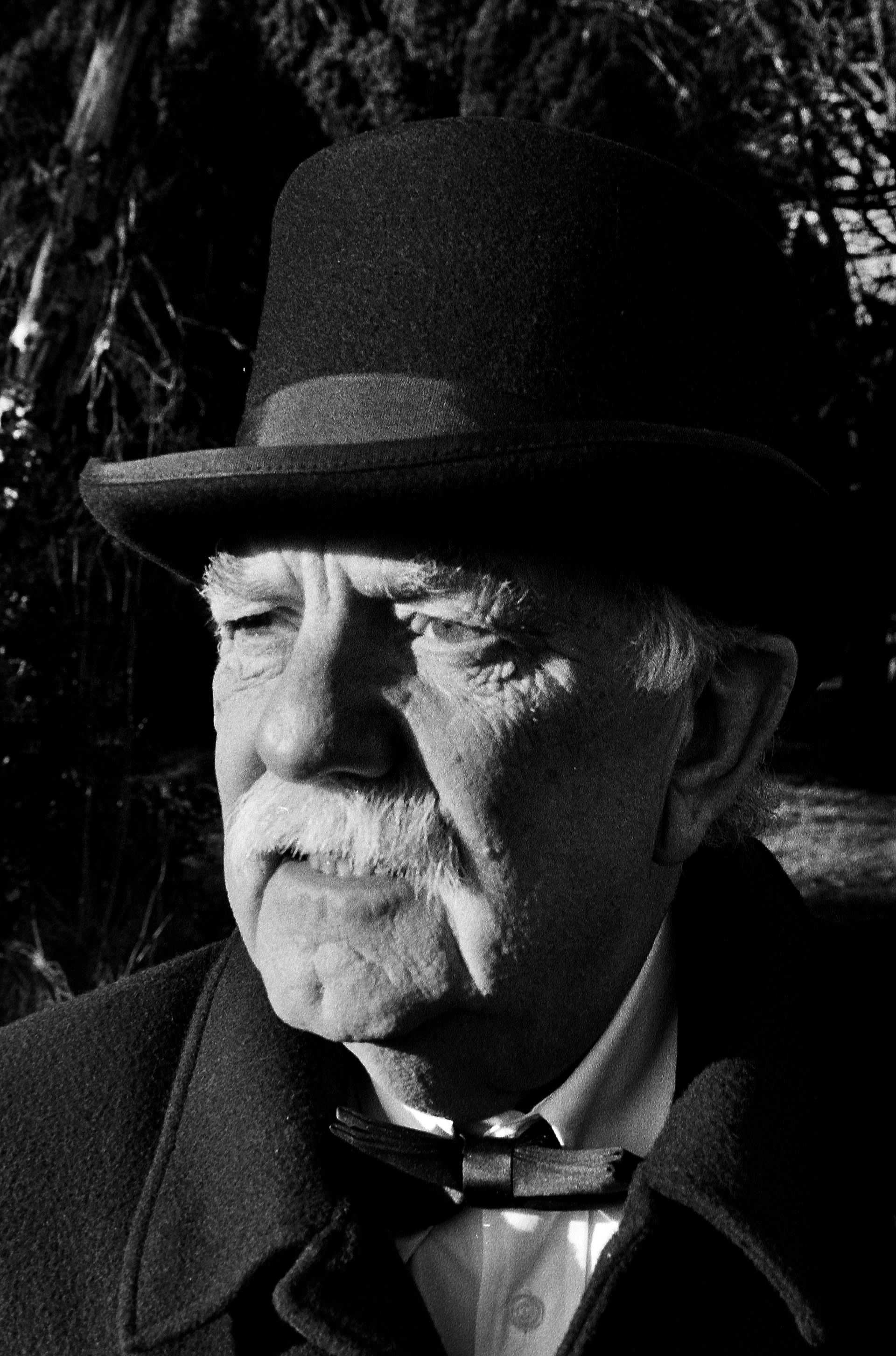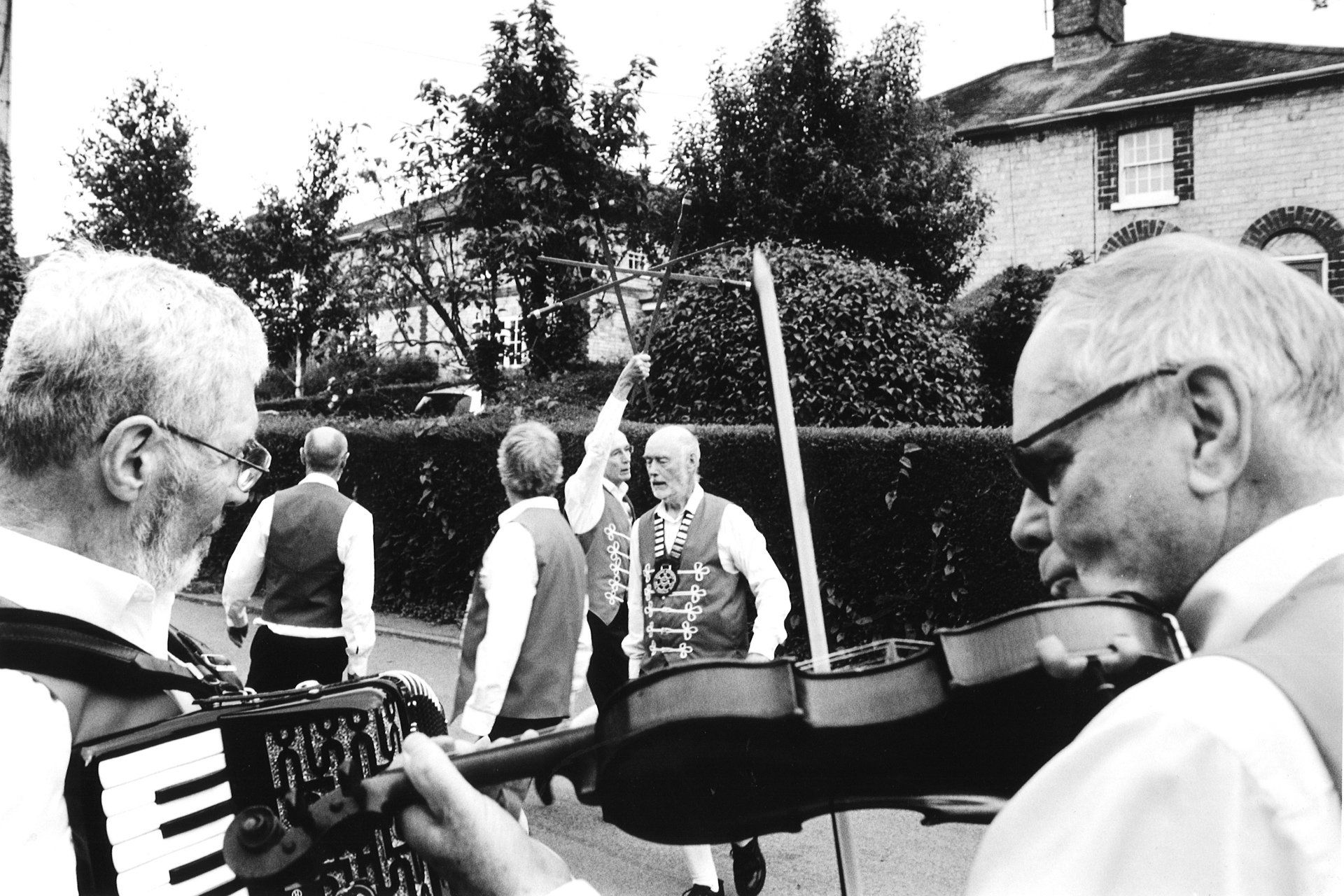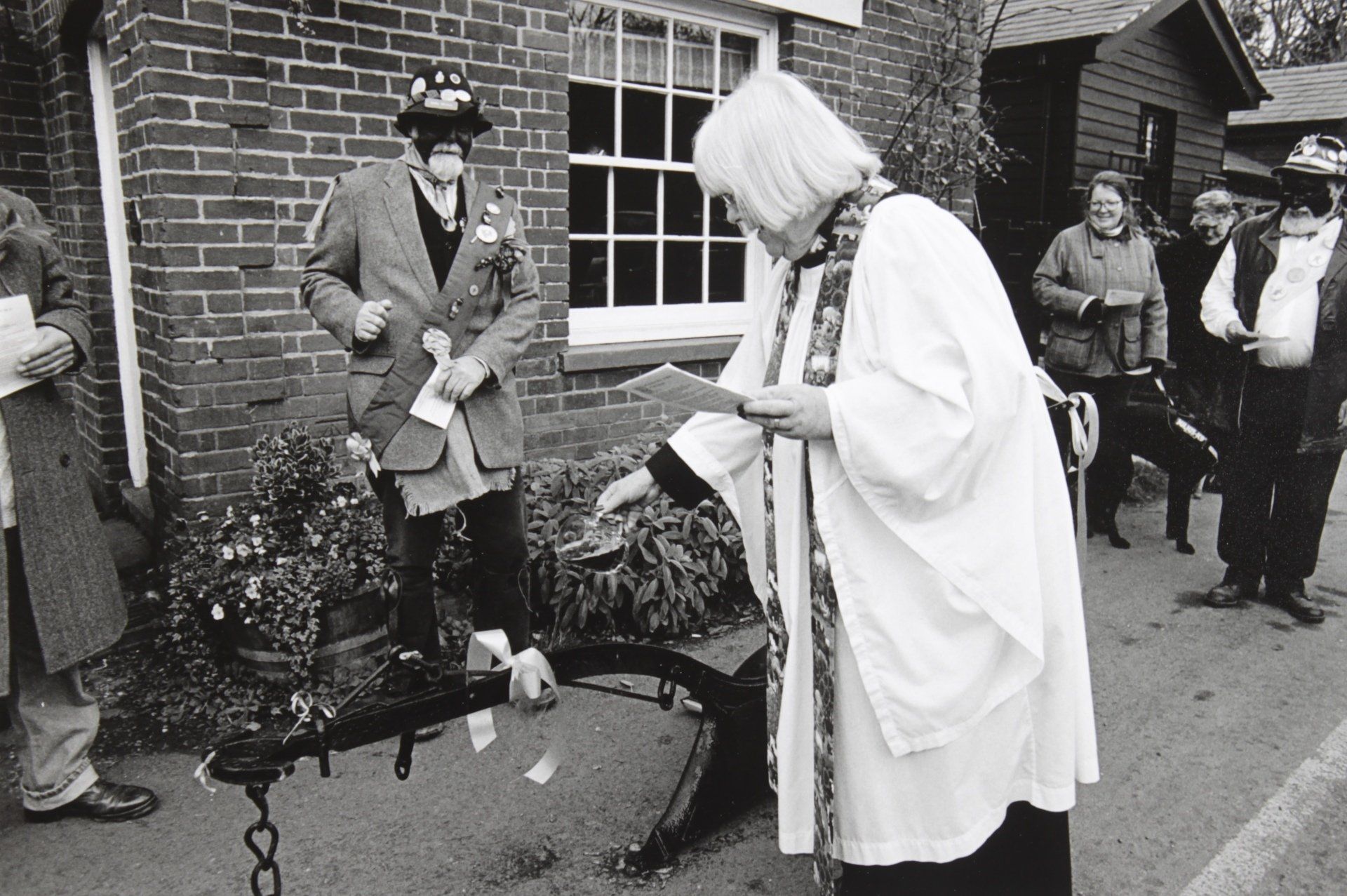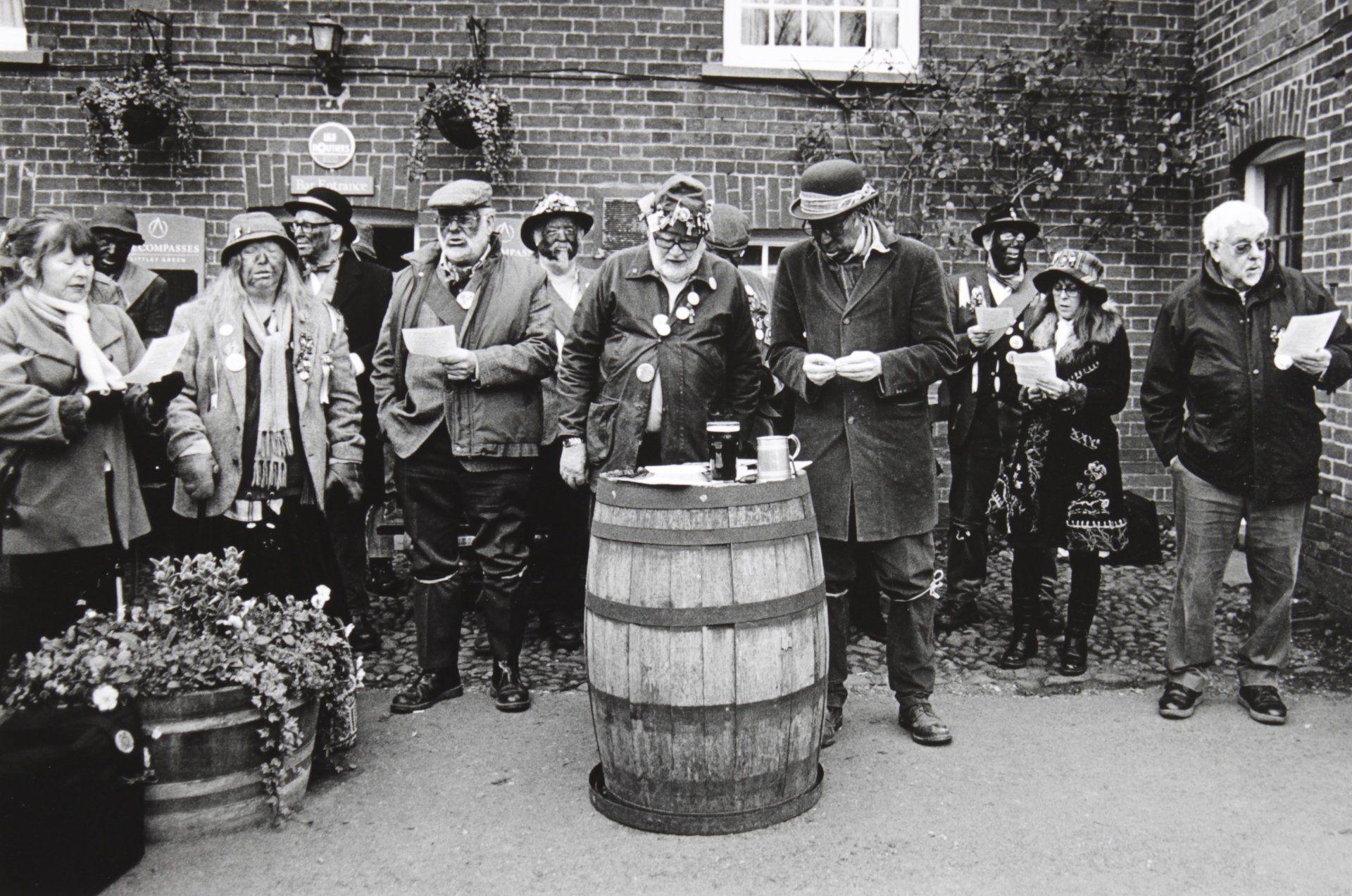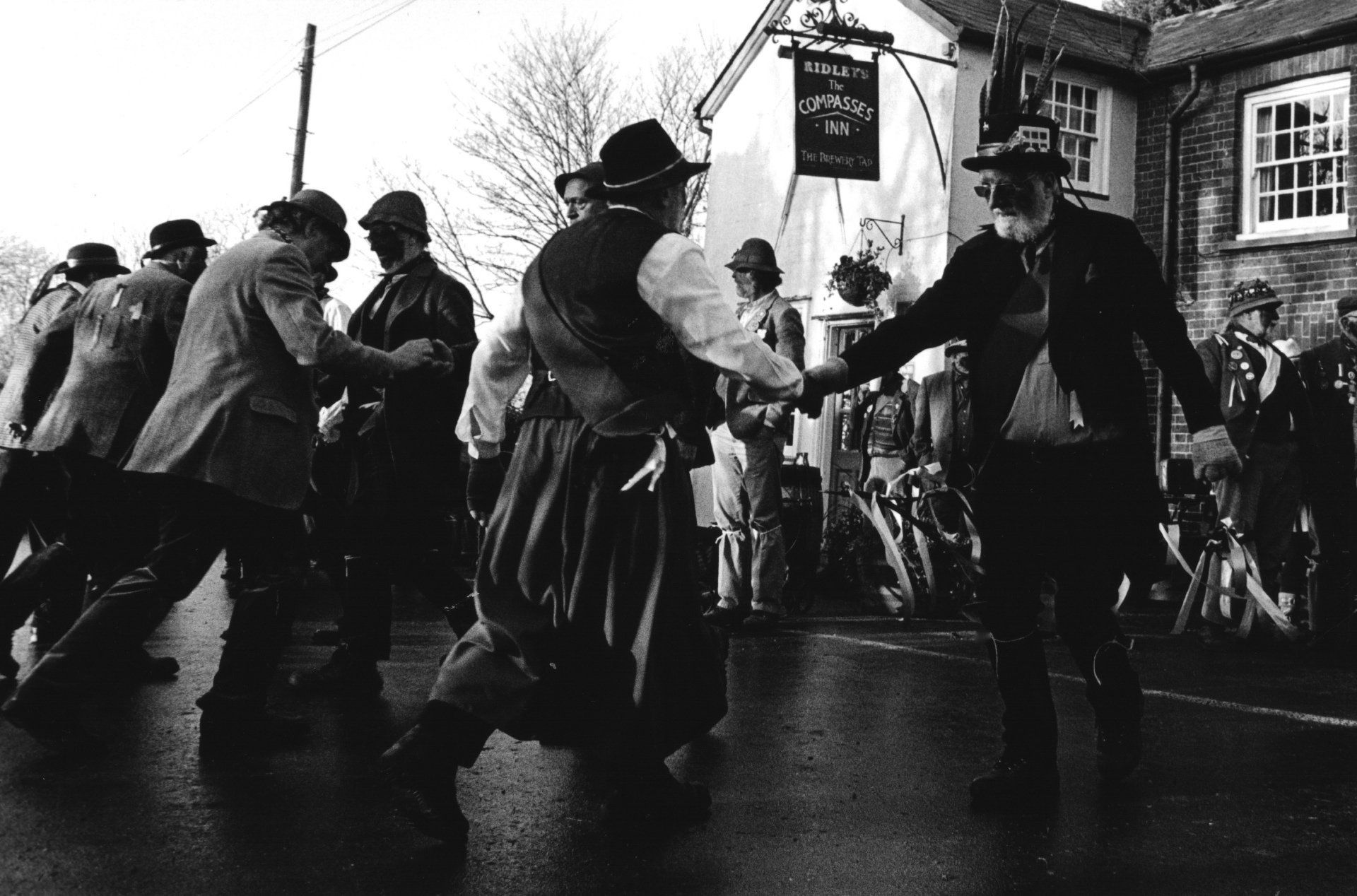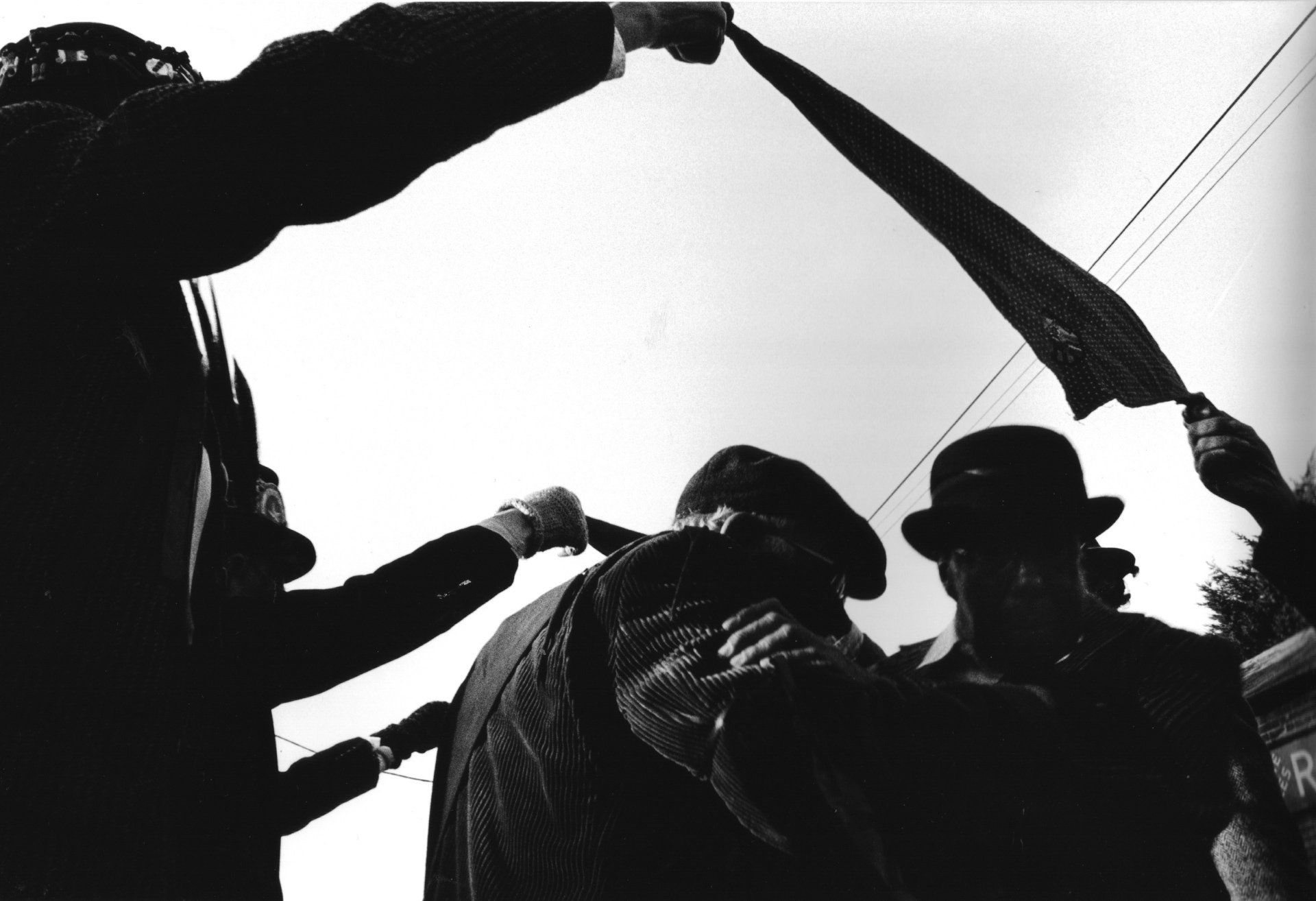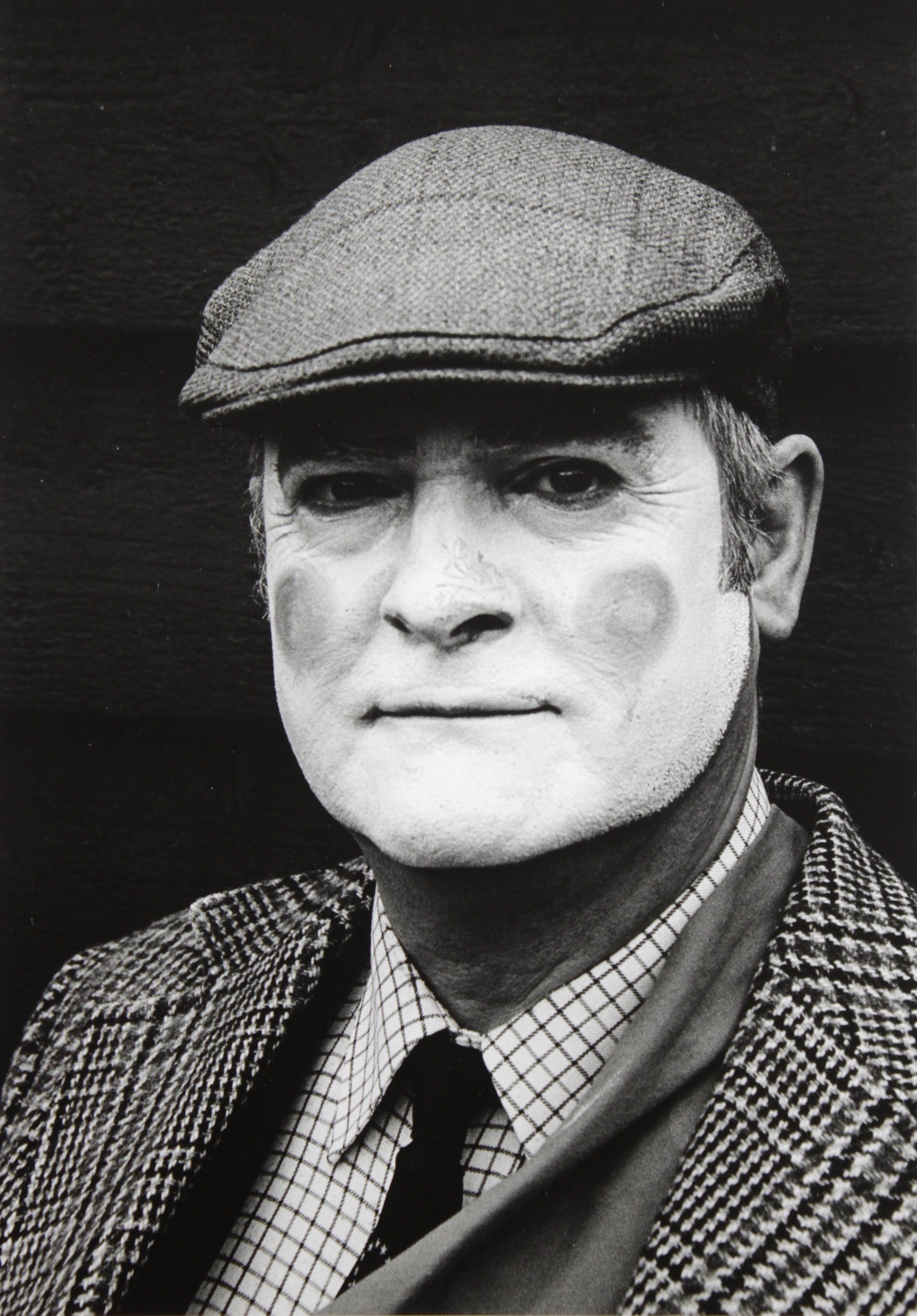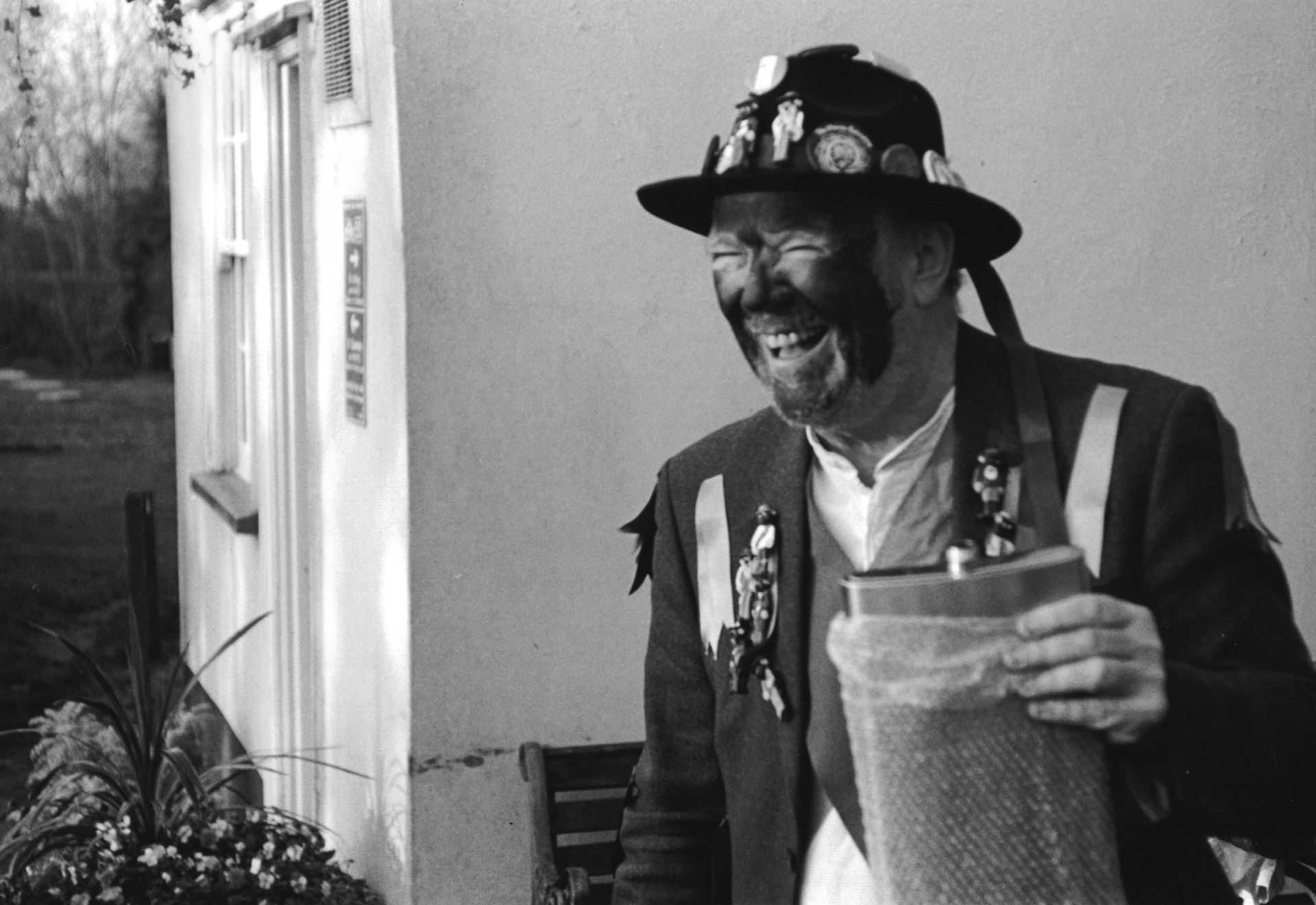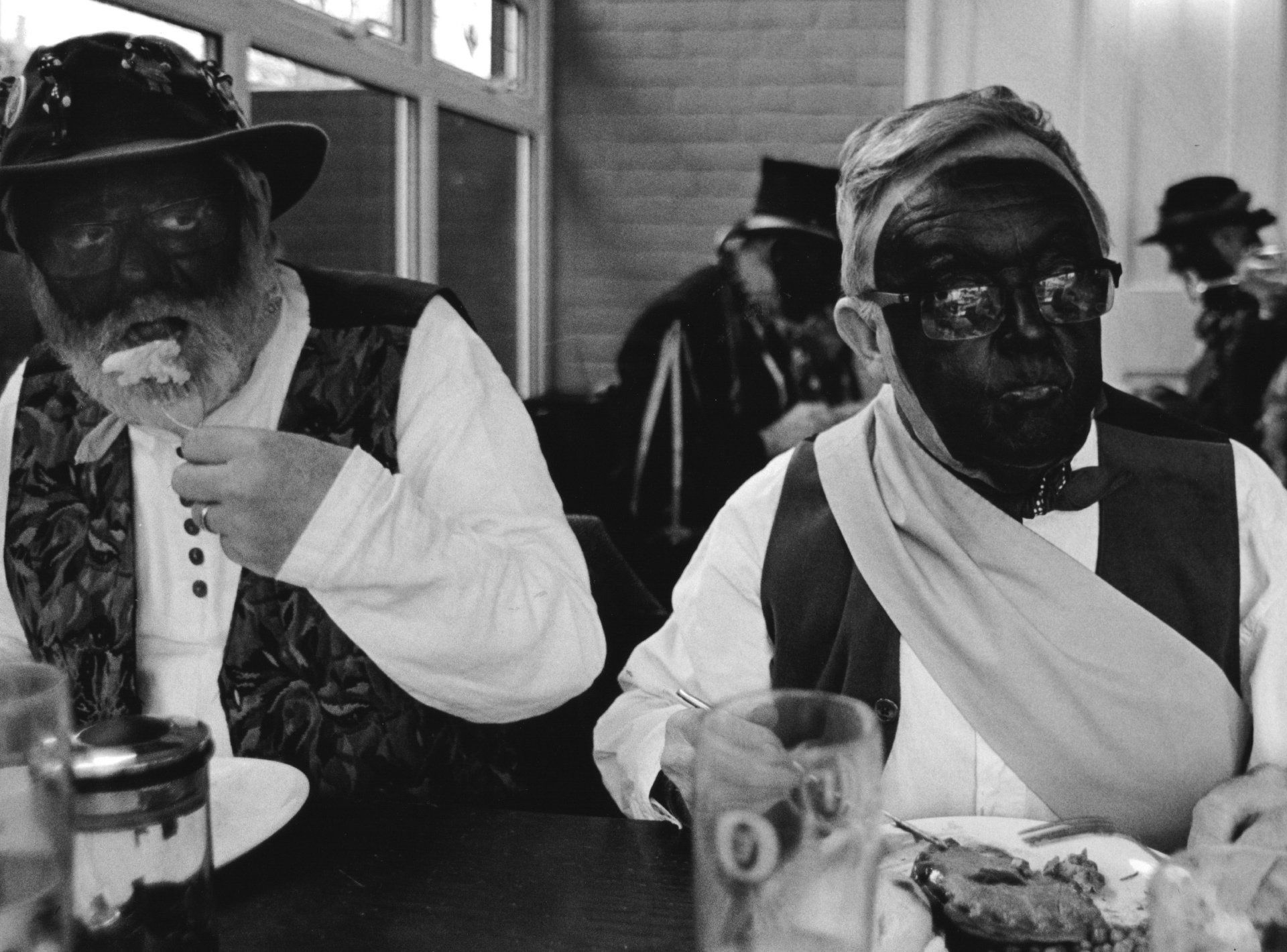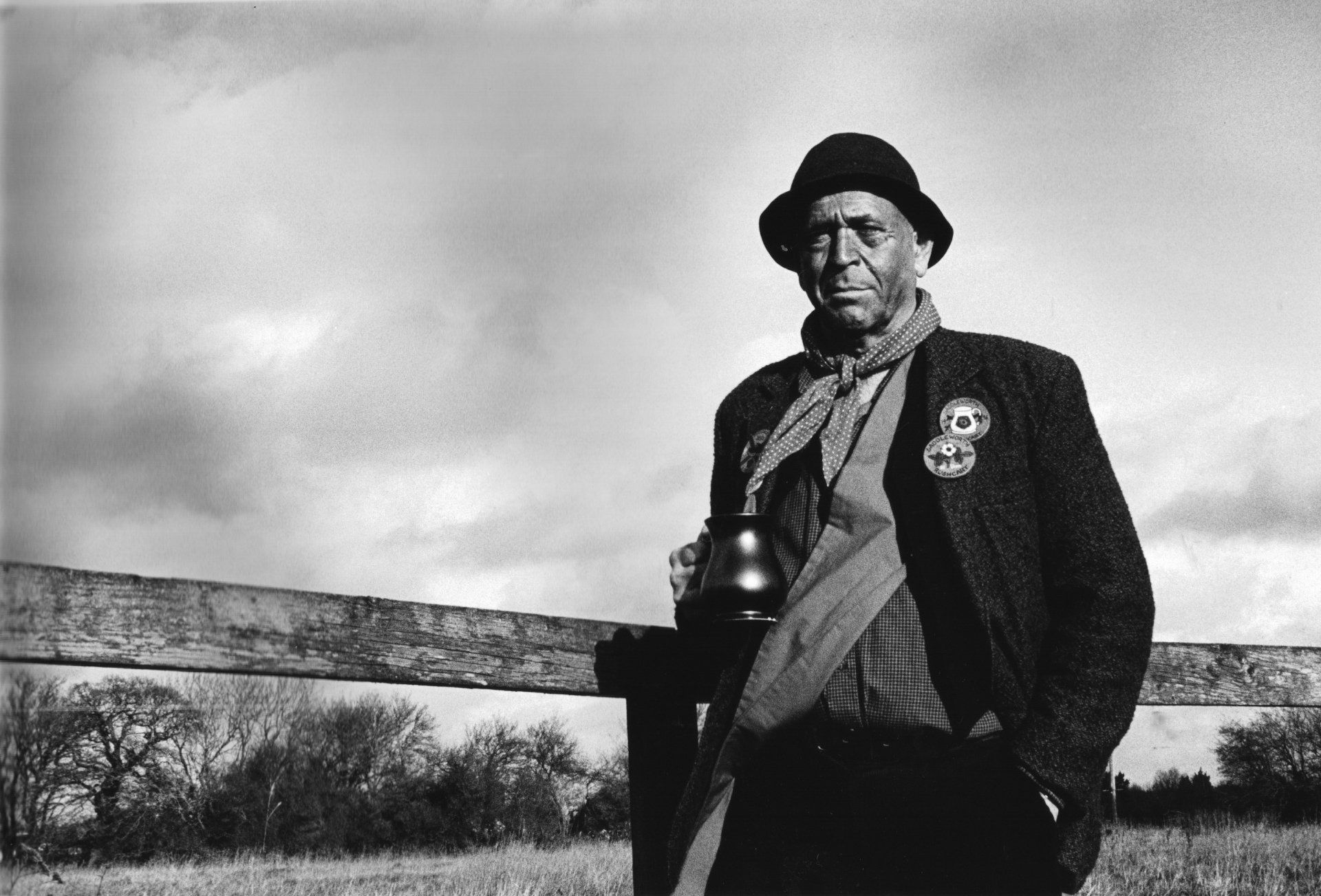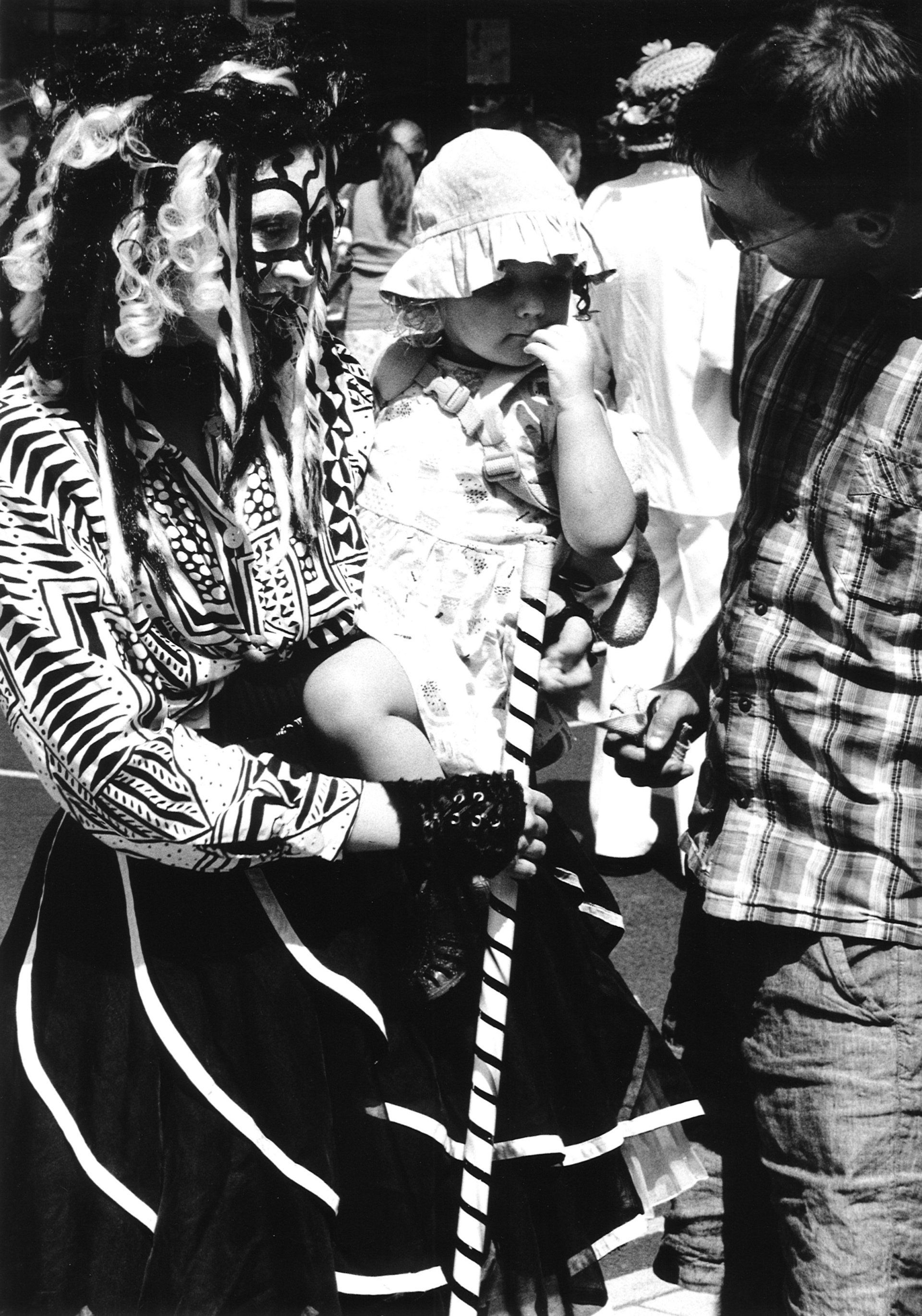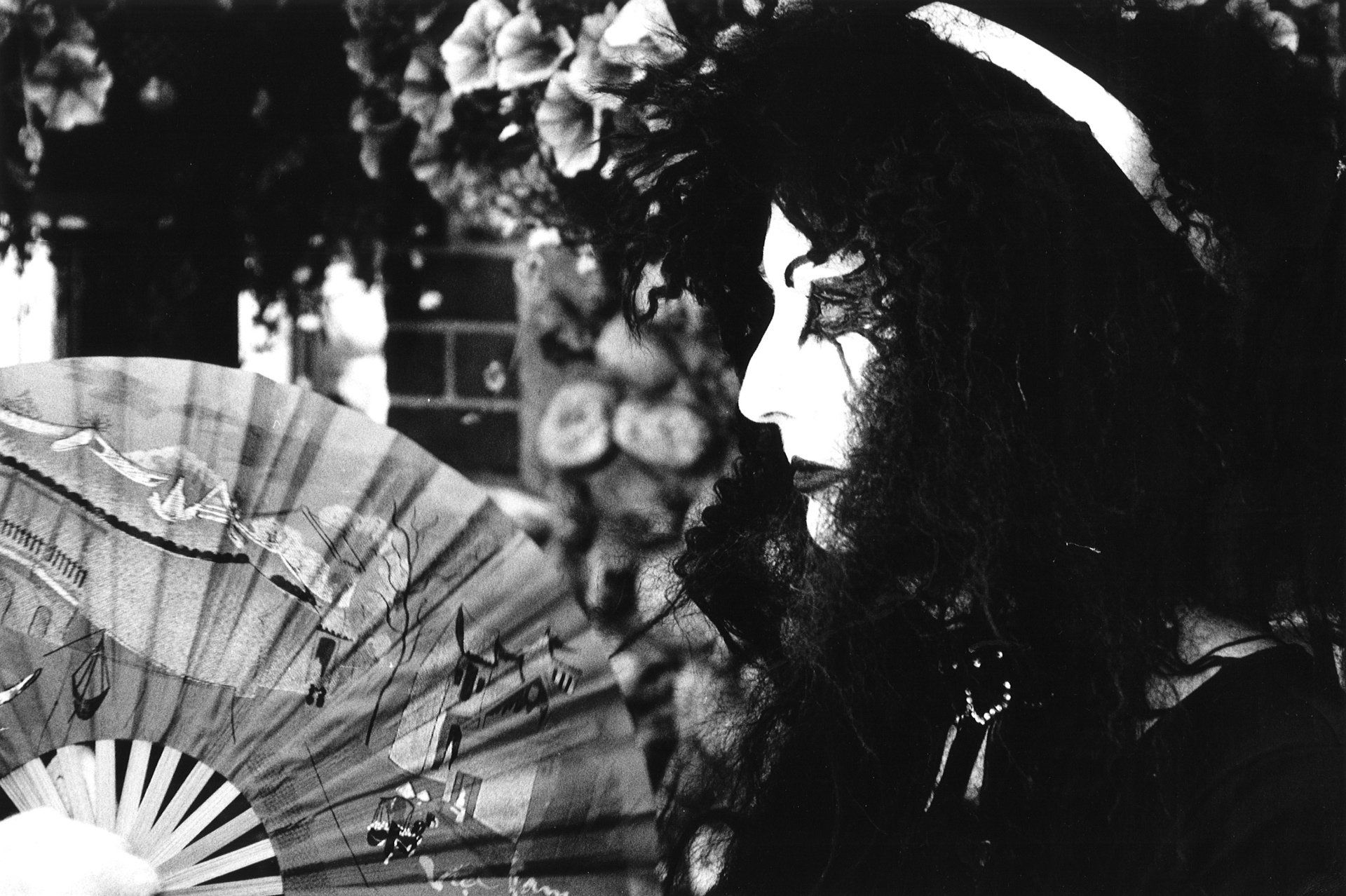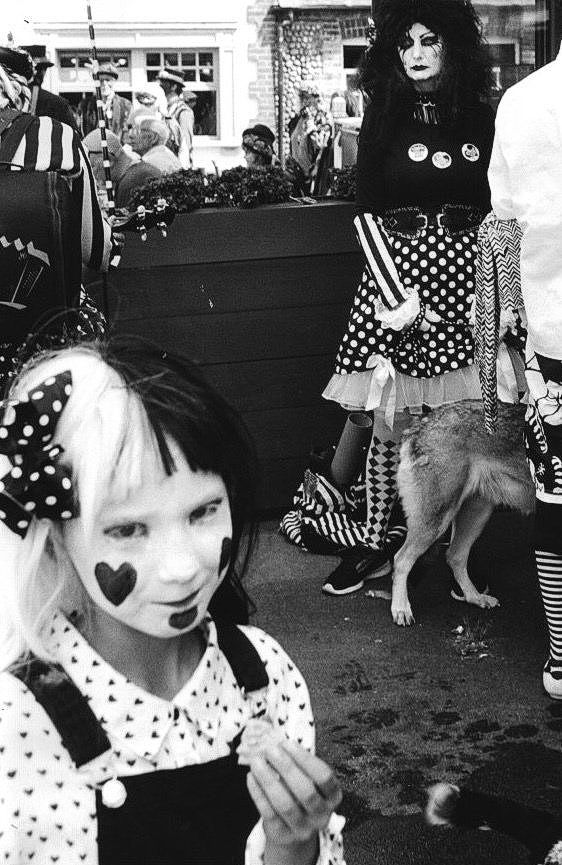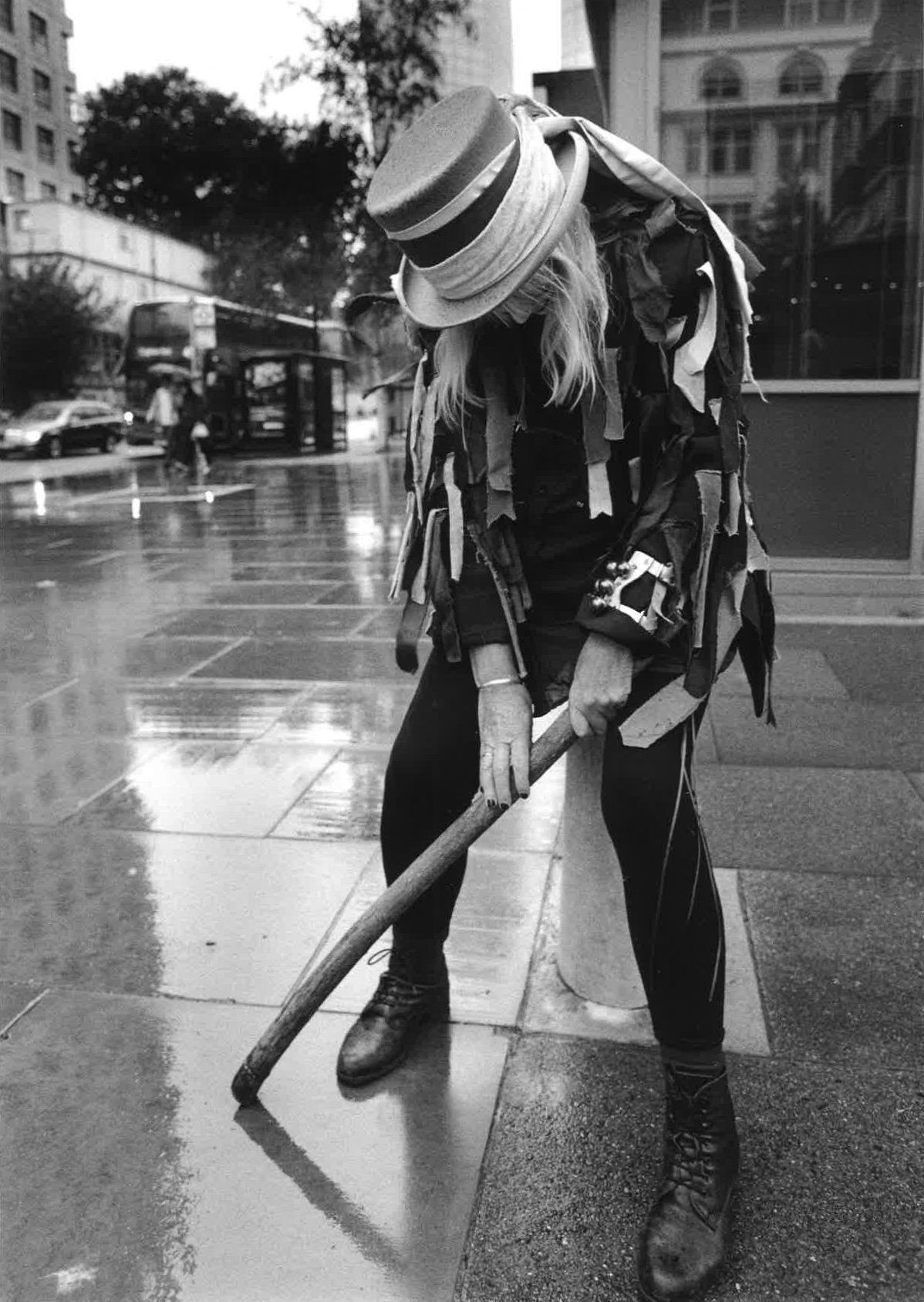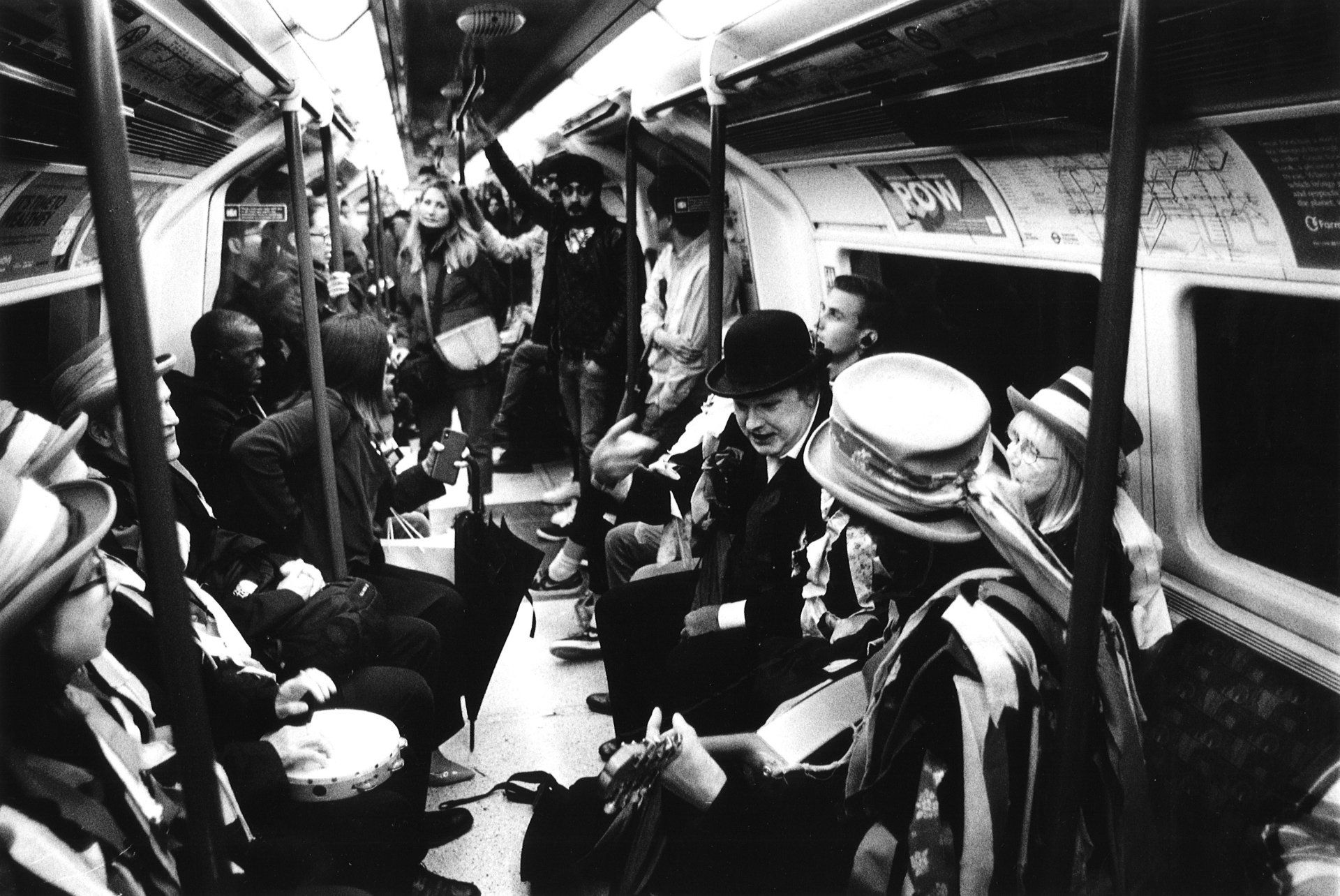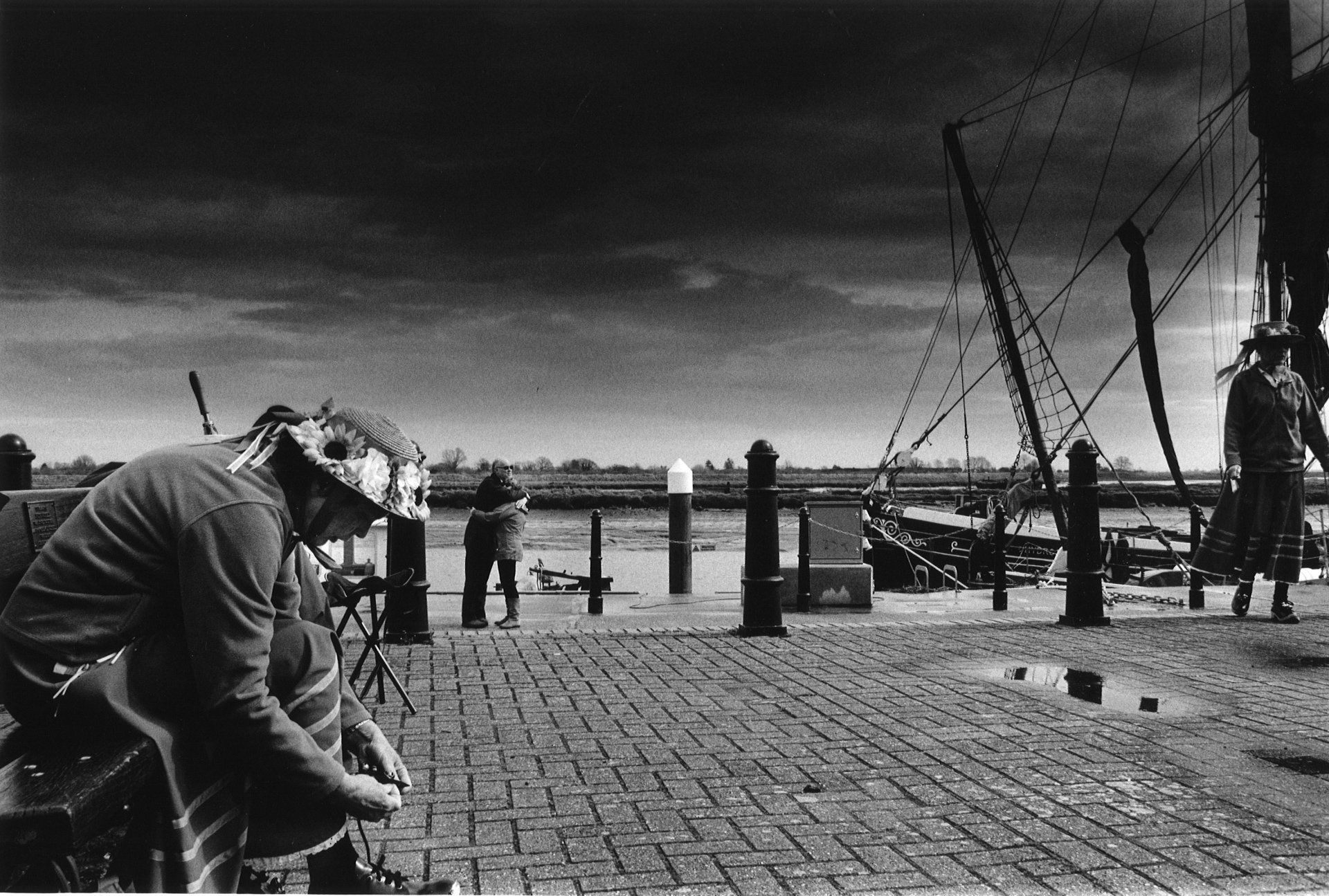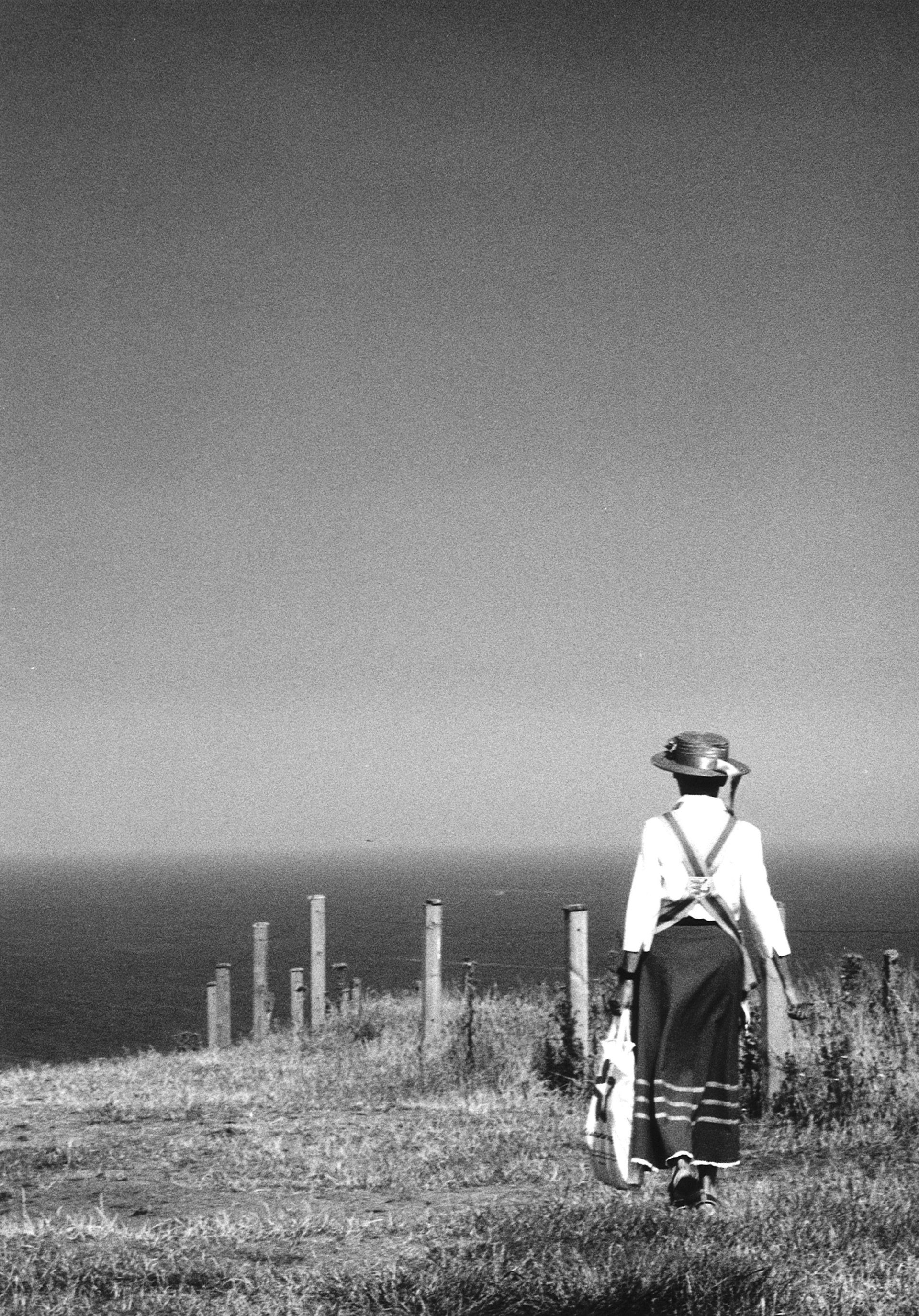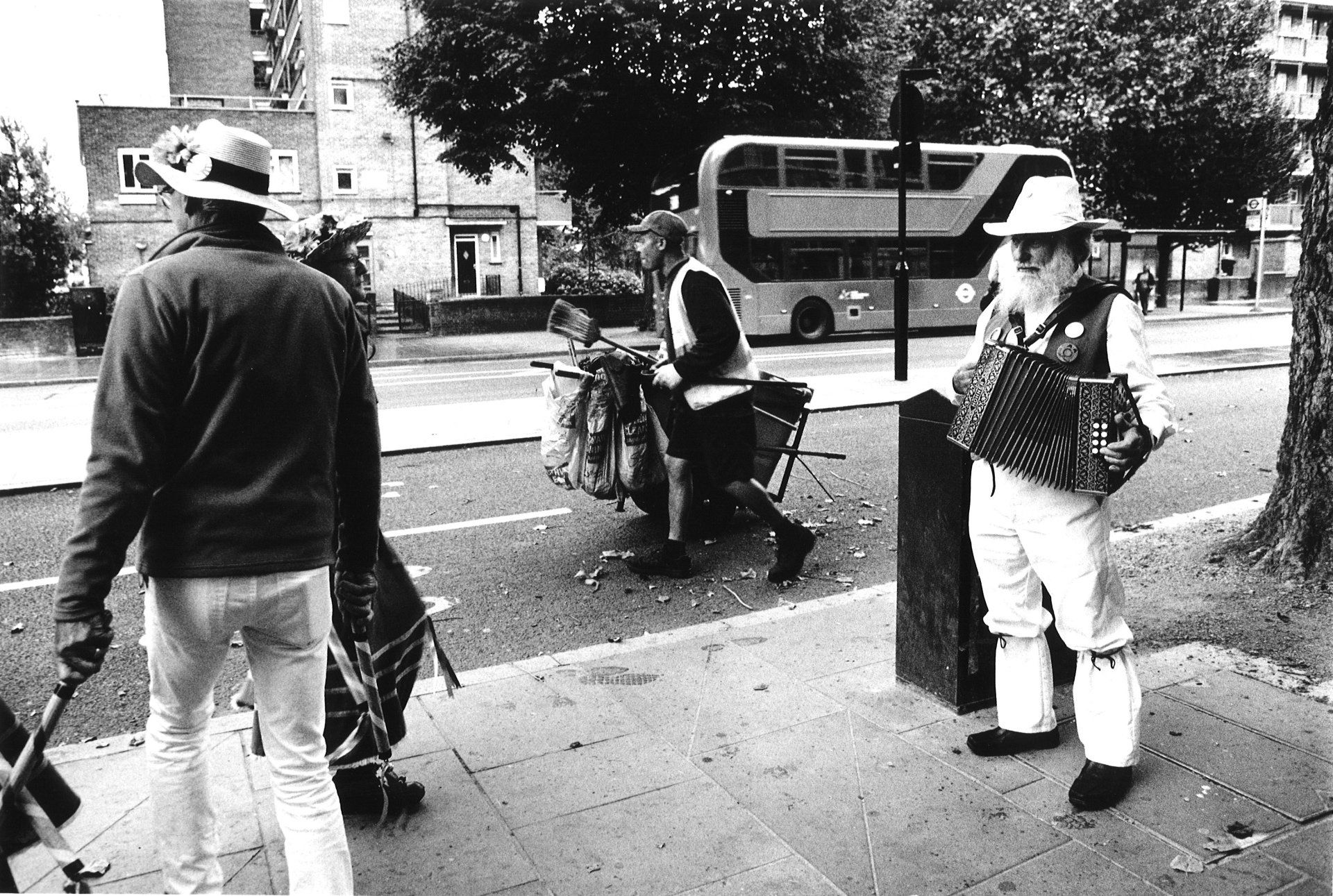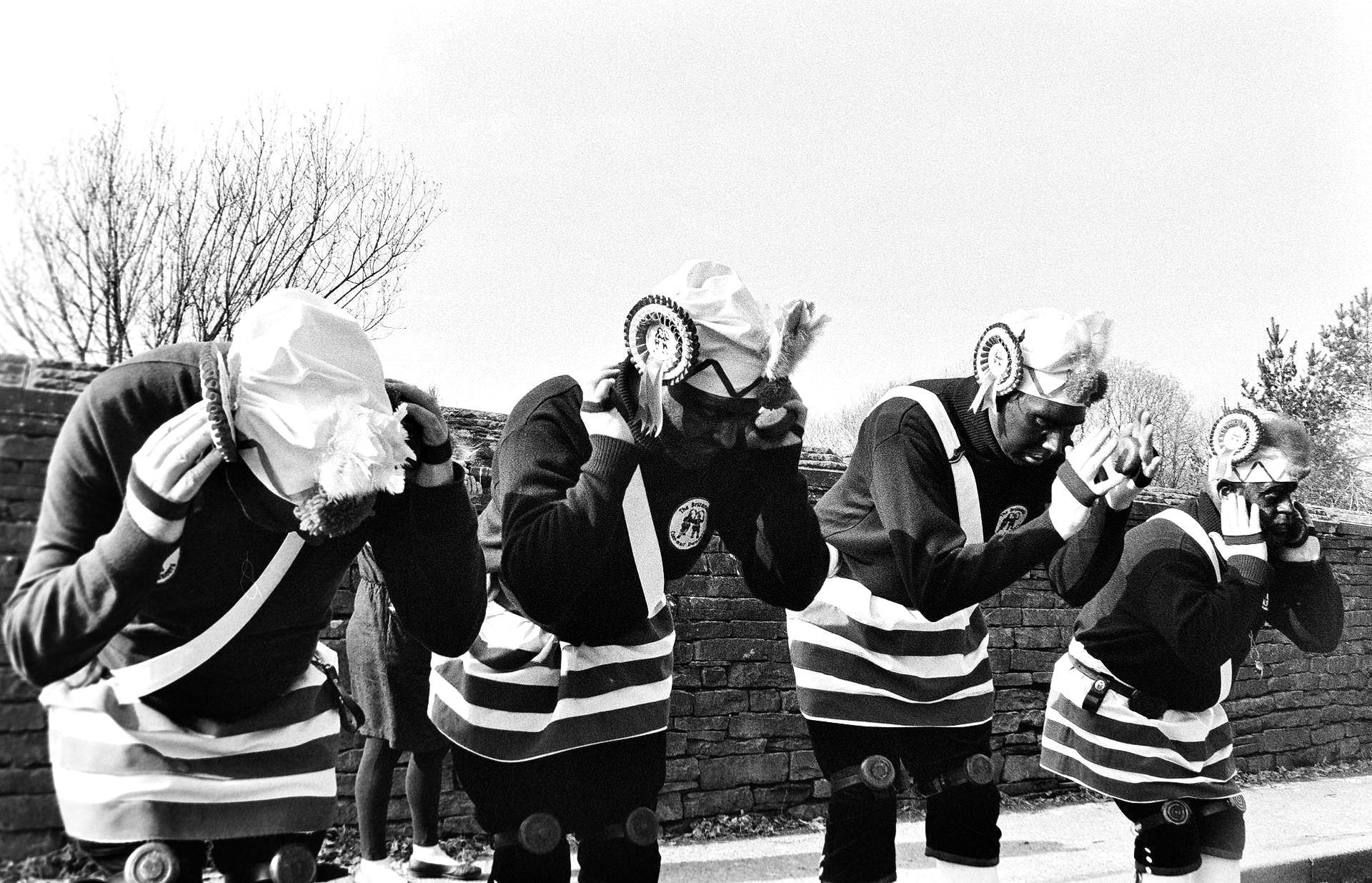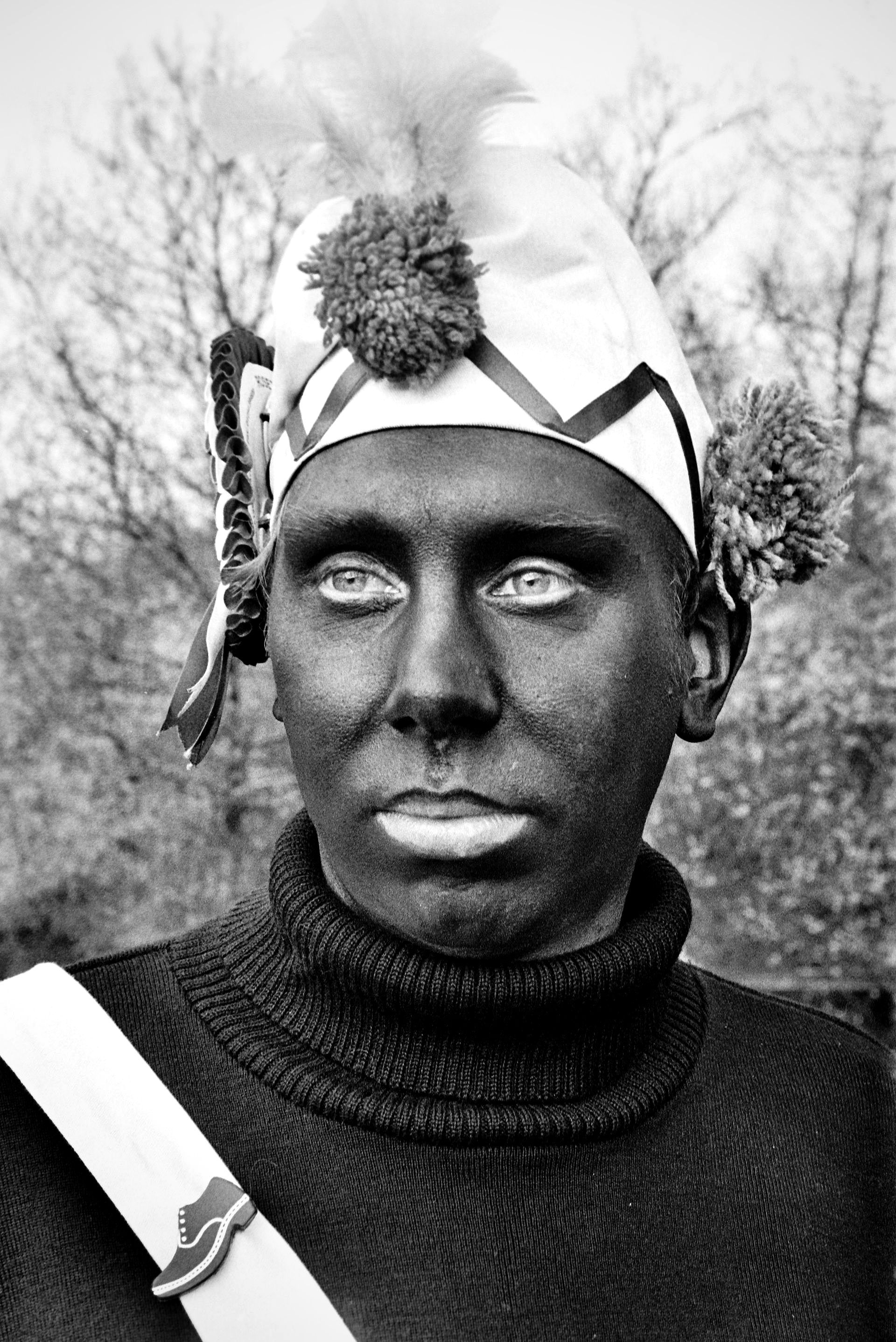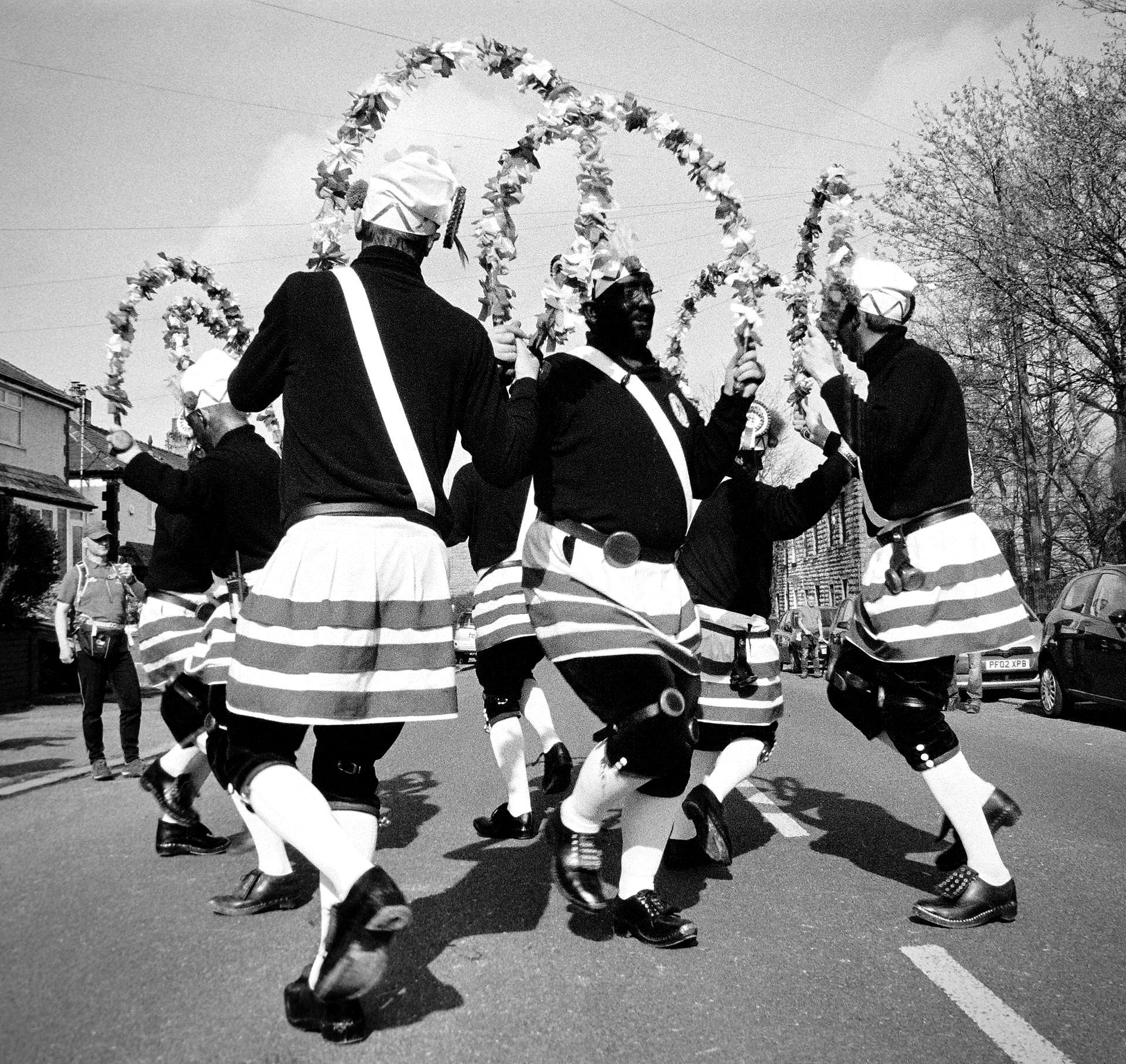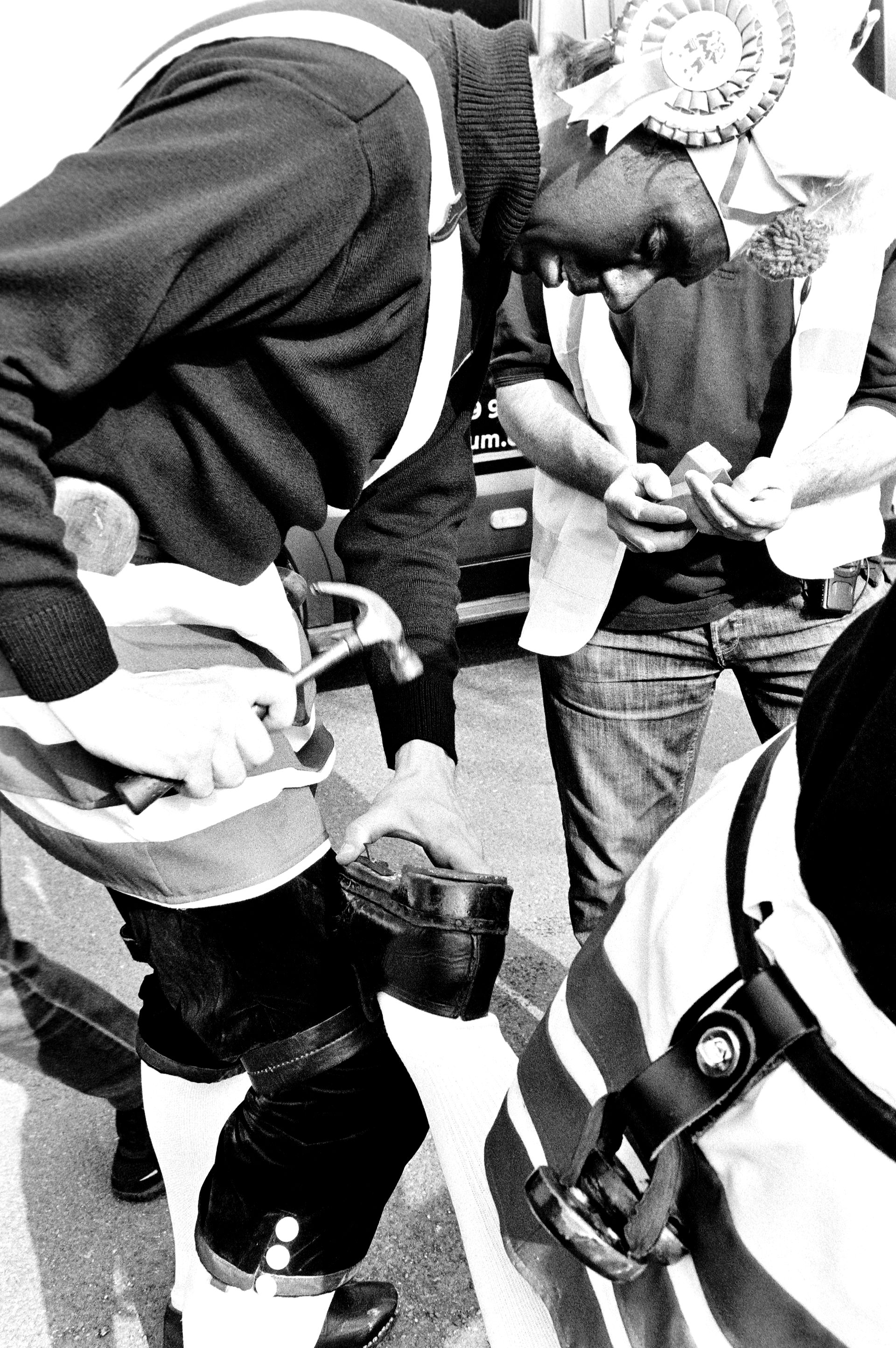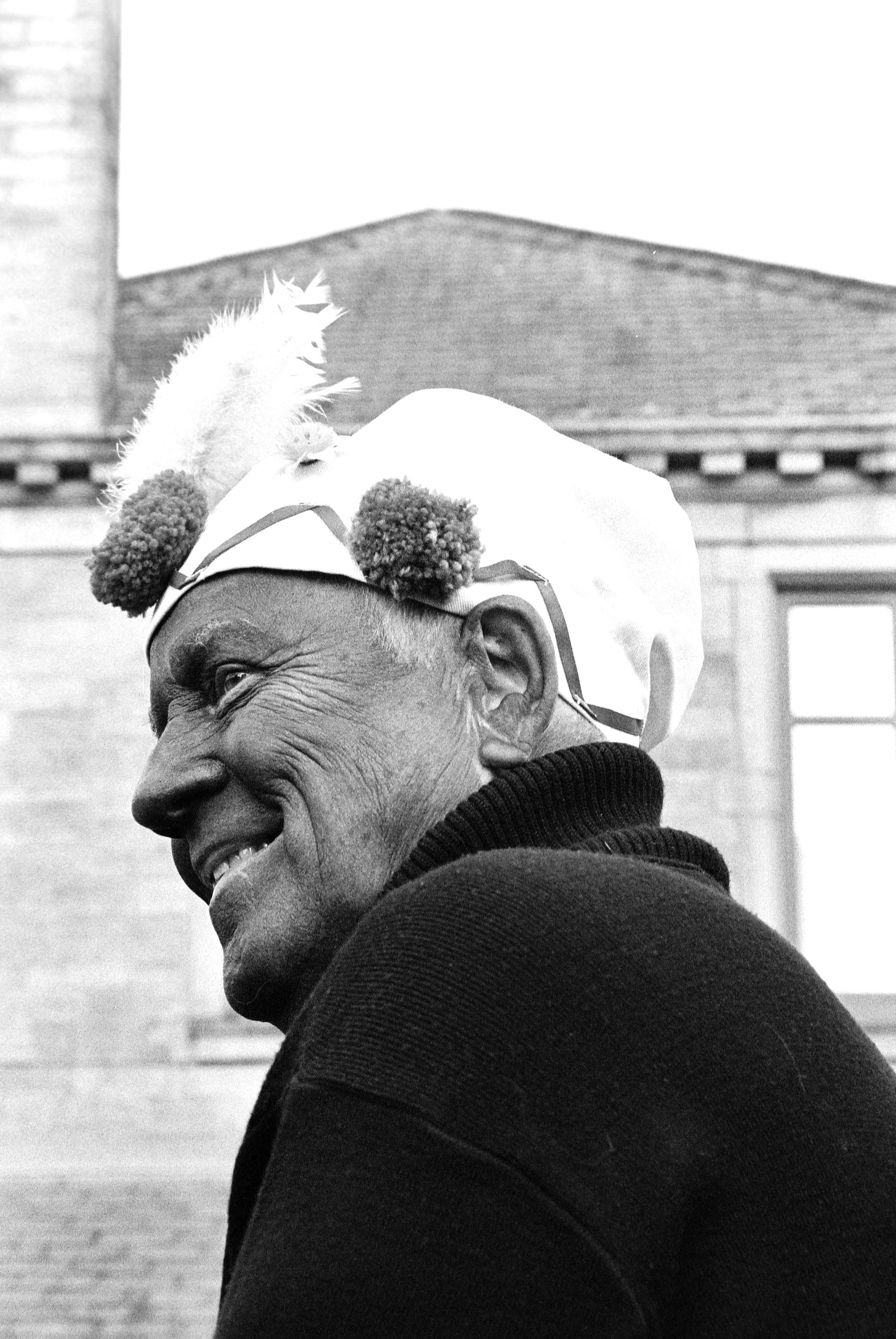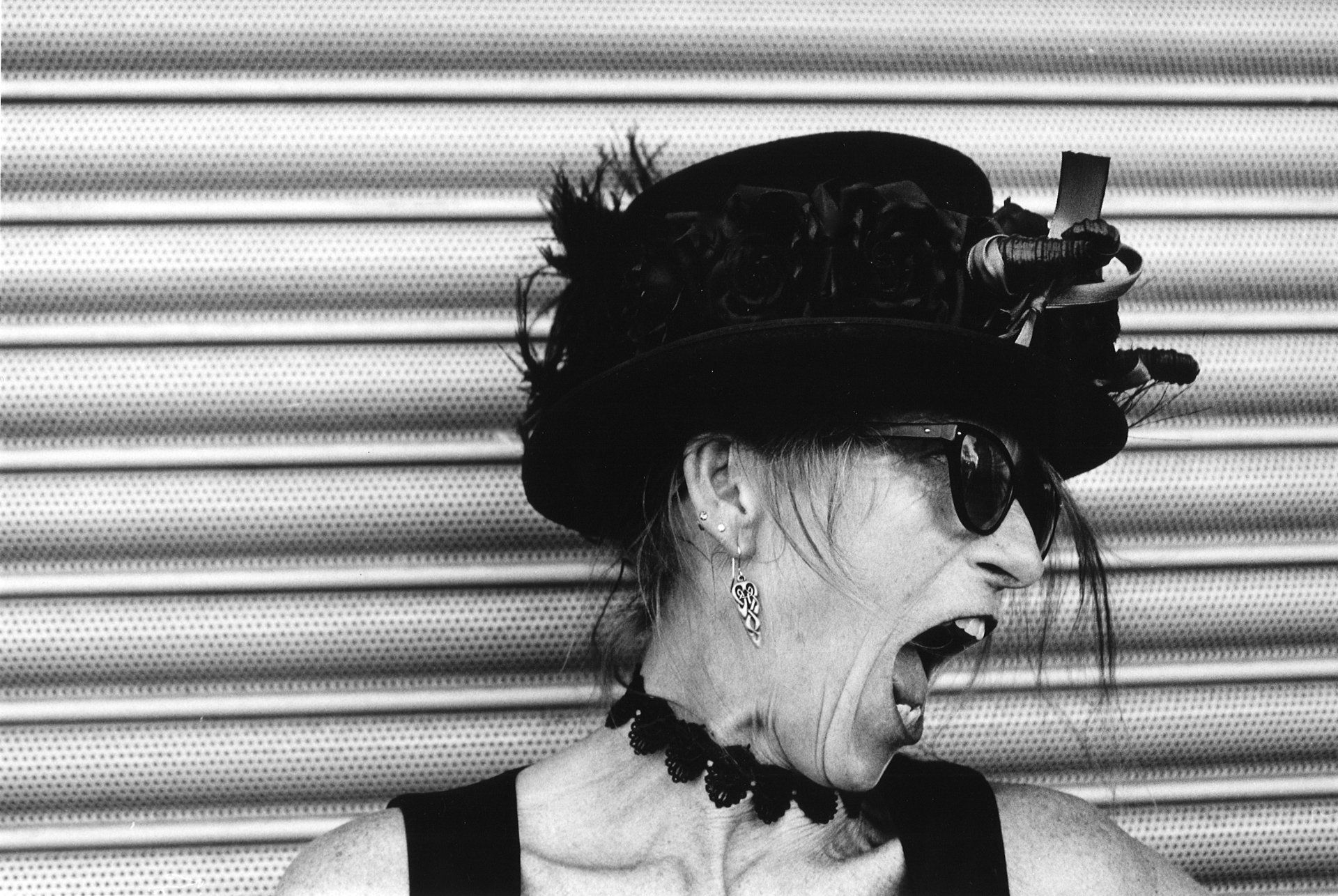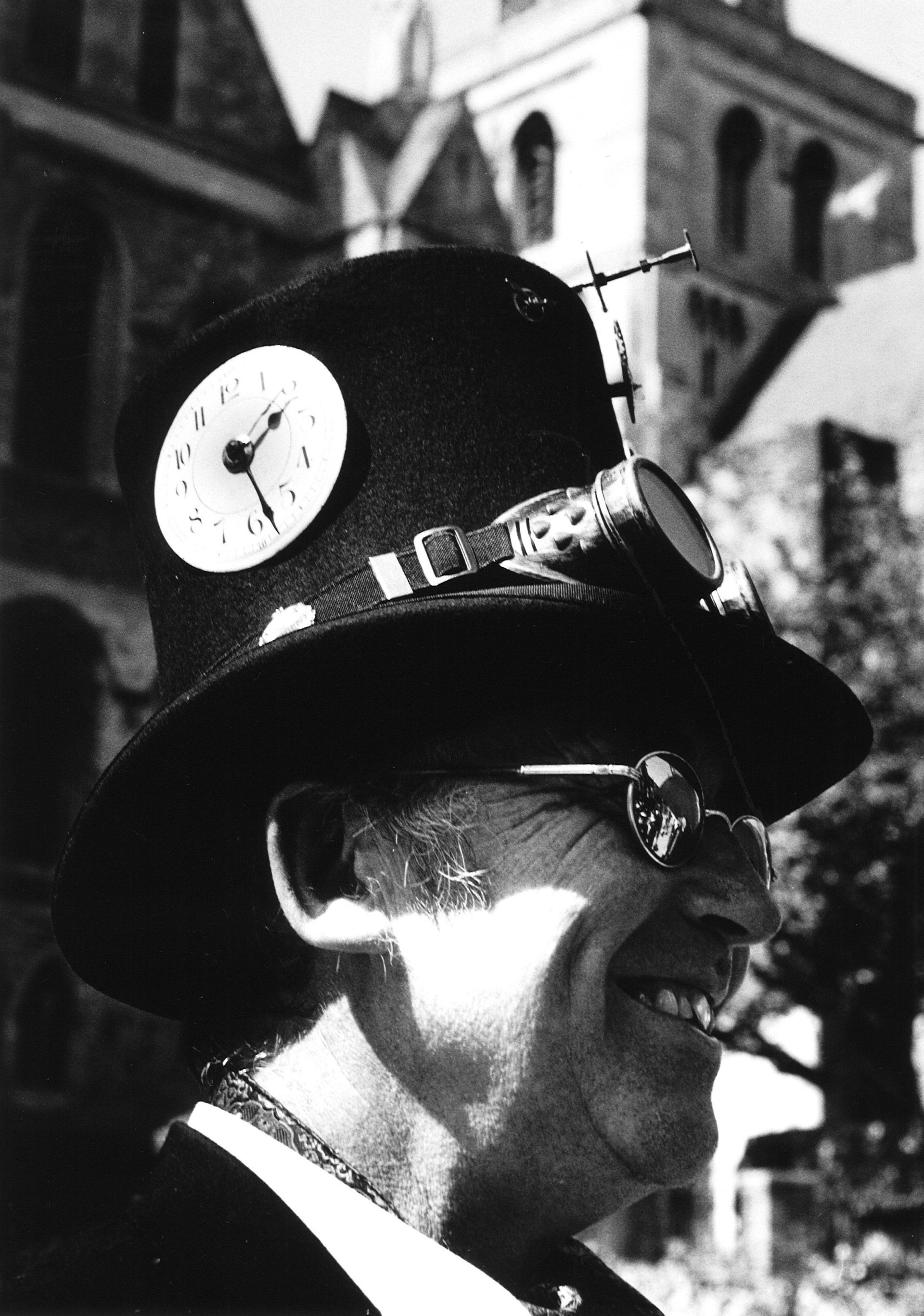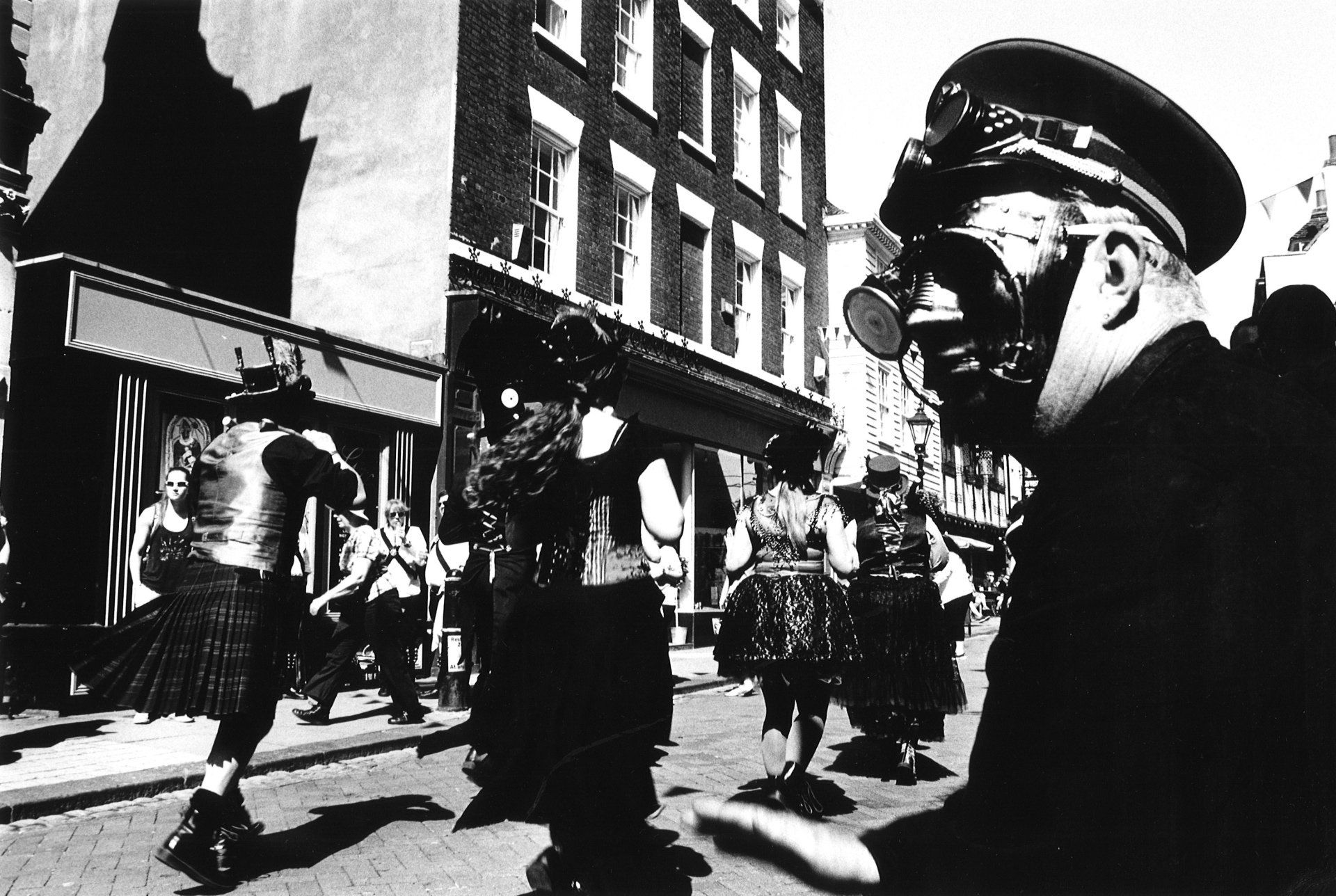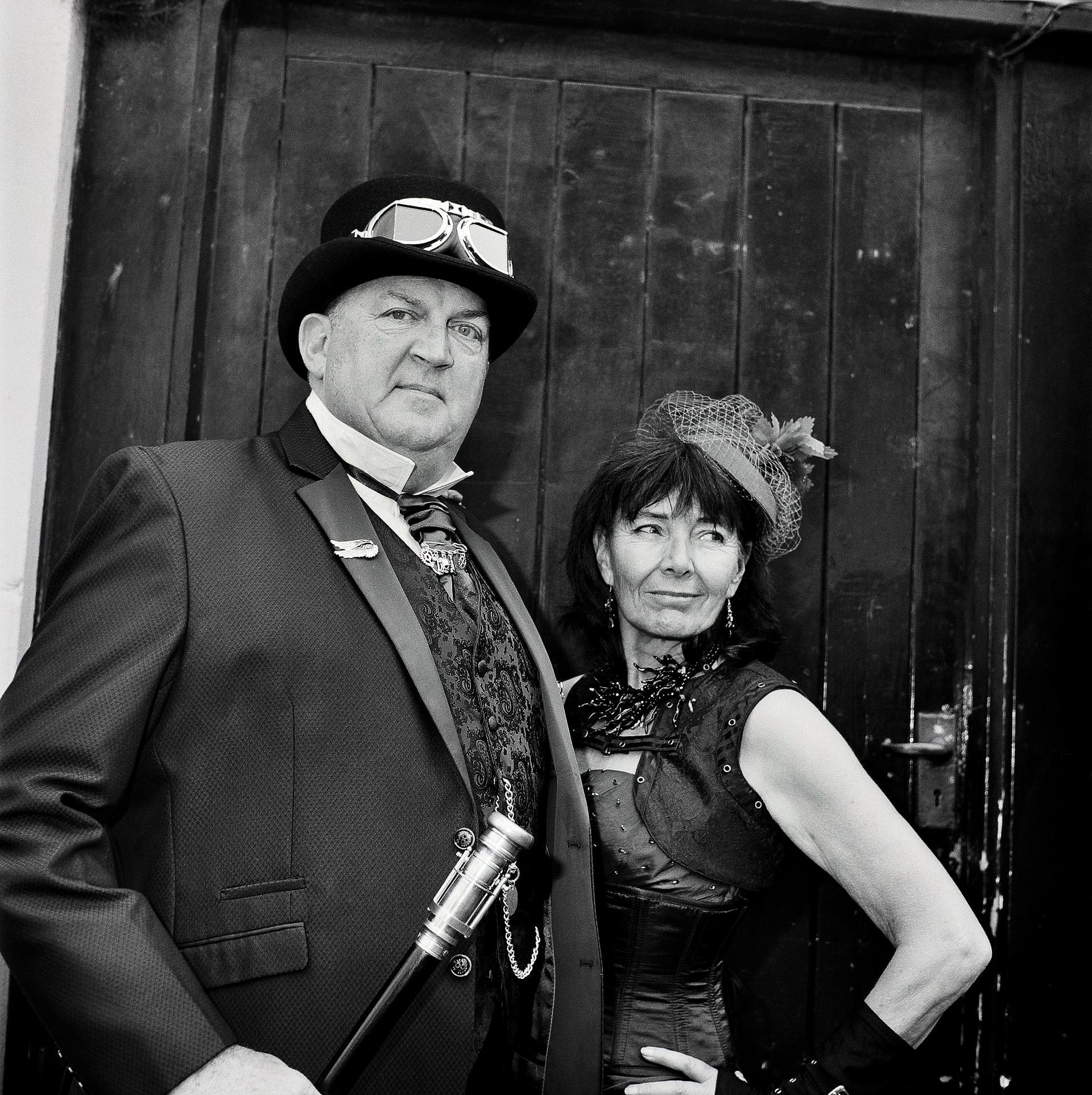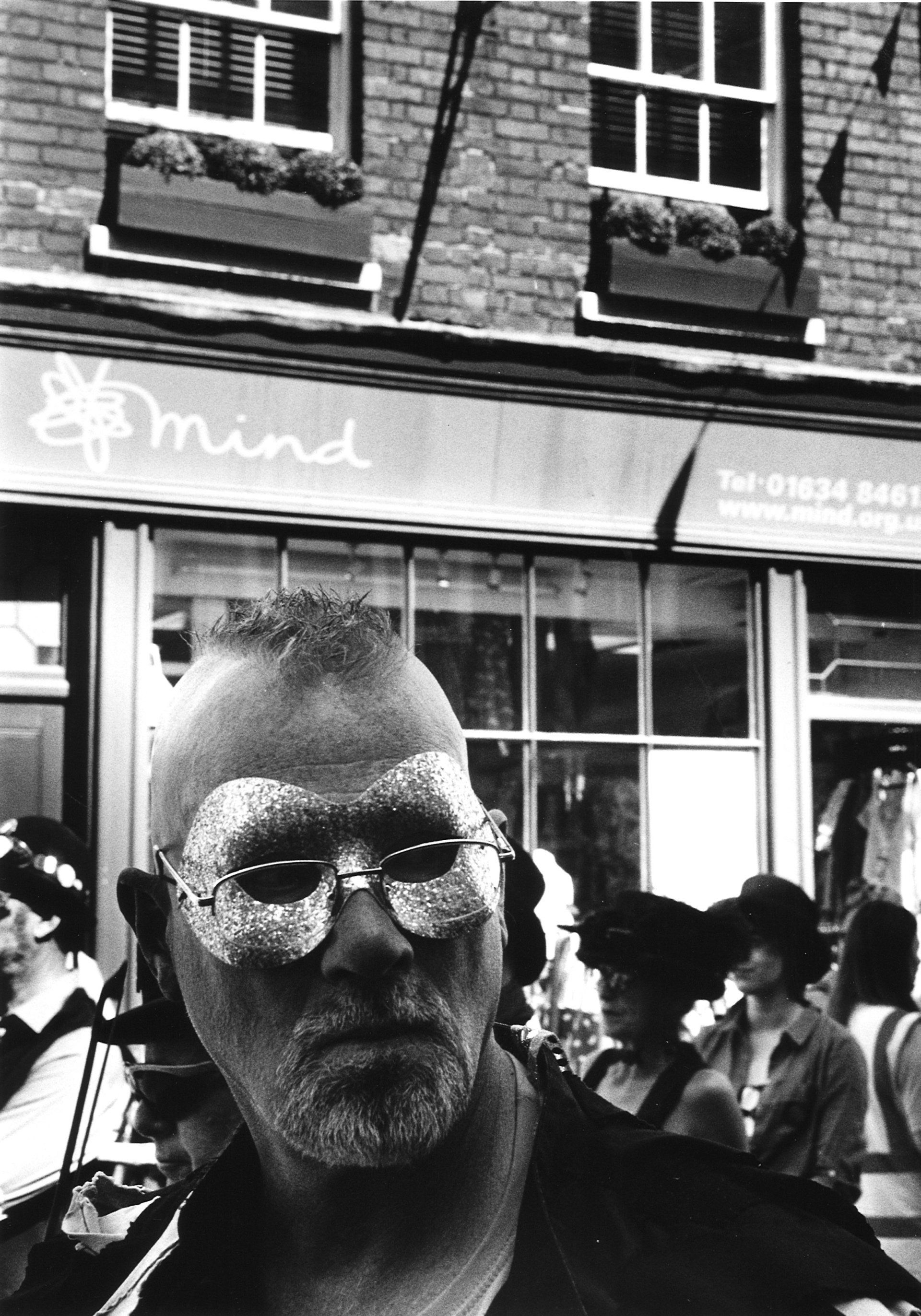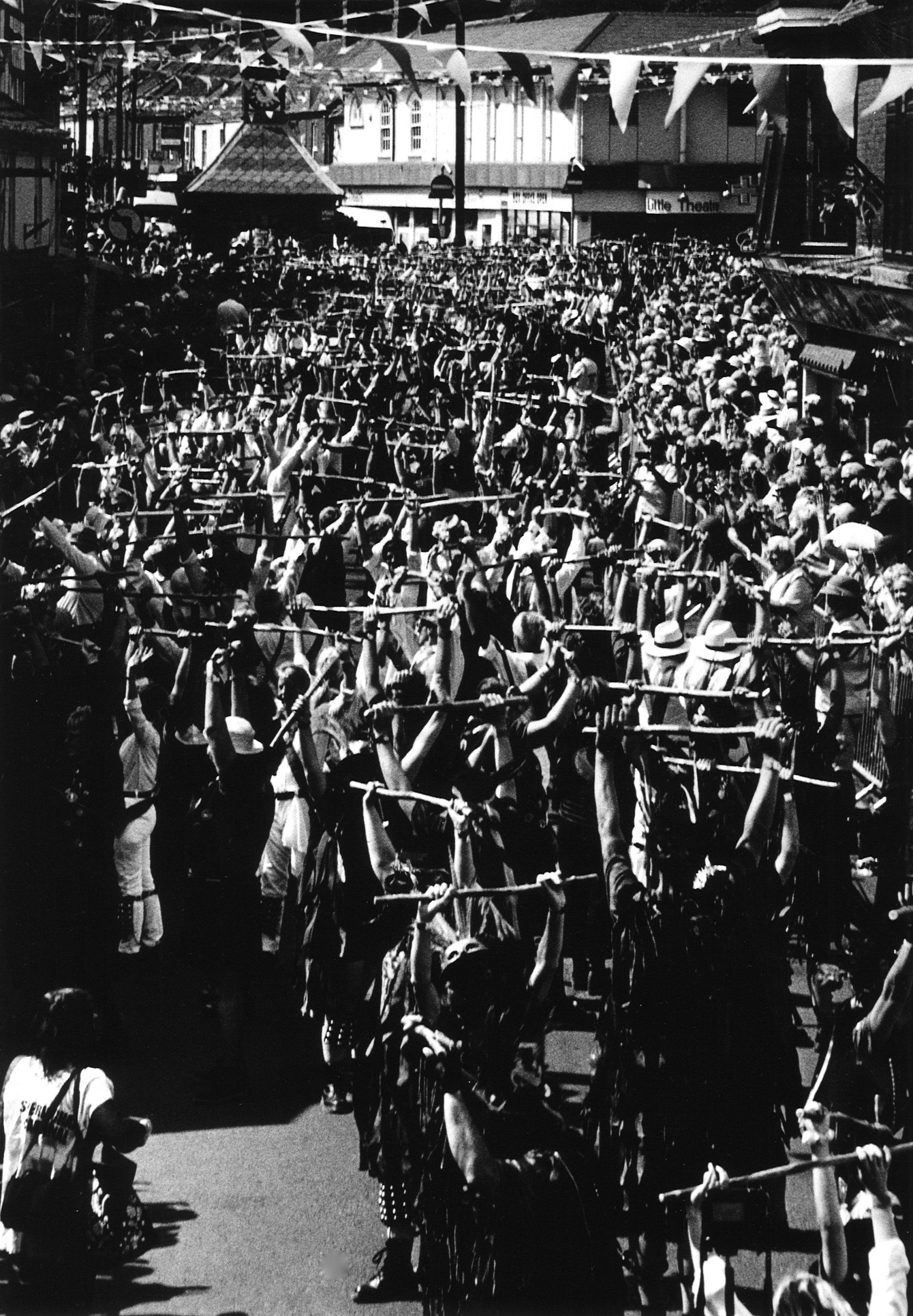DAVID WRIGHT
PHOTOGRAPHY
MORRIS
A MODERN TRIBE OF ENGLAND
THE ABBOTS BROMLEY HORN DANCE
THE THAXTED ABBOTS BROMLEY HORN DANCERS
COTSWOLD MORRIS
BORDER MORRIS
SWORD DANCERS
MOLLY DANCERS
MUMMERS
CLOG DANCERS
STEAMPUNK MORRIS
SPECIAL MORRIS EVENTS
In Plain Sight – MorrisFor as long as I can remember, I have known about Morris dancers but I had never seen them until recently. Why is that? There are hundreds of Morris sides up and down the country. Practically every village, town and city has a side. They are quintessentially English. Yet mention ‘Morris dancer’ and what comes to most peoples’ minds are old men in costumes with bells dancing with hankies and sticks. Indeed, this was the extent of my knowledge until I stumbled upon a group of black-faced men in tatty, coloured coats, shouting and yelling to music! Suddenly, the word ‘Morris’ became a phenomenon that I felt compelled to investigate.
Morris dancing appears to have origins in Medieval times and as such, little is written about it. The name ‘Morris’ may have its roots in the Spanish ‘Moorish’ (Henry II, 1494) but the earliest written record is in 1448, when the Goldsmiths Company of London were paid 7 shillings. Various forms of the word can be found in court records including ‘Marys’, ‘Morisk’, ‘Moreys daunce’, ‘morrisse daunce’ and the Flemish - ‘Moriske danse’. A well known reference comes later in 1600 when Will Kempe, a Shakespearian actor was reputed to have sought publicity by dancing from London to Norwich. He wrote the book ‘Nine Daies Wonder’ as means of raising money by betting on himself. However, it was not until the 1700s that any records of the dances started to appear.
The Industrial Revolution heralded the increase in popularity of Morris dancing. D’Arricy Ferois, a singer, music teacher and organizer of pageants put on the first Morris revival dance in 1899 and Cecil Sharp and Mary Neal collected dances and recorded them during the first two decades of the twentieth century.
Close examination reveals many kinds of Morris. These can be broadly categorized as follows. The Cotswold tradition originated in the upland areas of Gloucestershire, Oxfordshire and Northamptonshire and is characterized by dances and jigs performed with the use of sticks and also handkerchiefs to accentuate hand movements.
Border Morris originated in the counties Herefordshire, Worcestershire and Shropshire. They wear brightly coloured coats covered with rags, bowler or top hats with pheasant feathers and black their faces. The dances are usually made up of 4, 6 or 8 people and are aggressive and raucous in style. They use wooden sticks of varying lengths but in the case of The Royal Liberty, aluminum ‘scaffold poles’ are used.
Northwest Morris originated in Lancashire and Cheshire. The dances are military in style and usually incorporate a rush cart and are performed in two long lines with a leader ‘caller’ at the front of each. The dancers can be distinguished by their heavy boots or clogs. They use a variety of props including short sticks, wands, hooped garlands and even pieces of wood that are banged together called ‘coconuts’ in the case of the Britannia Coconutters.
Longsword came Yorkshire and Rapper from the Northeast. The rapper is a double-handed, flexible metal strip while the Longsword is rigid and looks more like a sword. Clothing can vary but tend to be formal in appearance with a military uniform feel. Knee breeches and waistcoats are popular and there is an absence of bells. The dances are distinctive involving much stepping over and intertwining while holding the ends of another member’s sword. The finale of the dance is the interlocking of the swords to form a star shape that is held aloft. In some cases, the finale results in the ‘lock’ being formed around the neck of either a member of the side or a volunteer who is ritually beheaded.
Molly dancing began in East Anglia during the 19th Century, usually being performed during the winter months around Plough Monday in January. They are distinctive in their attire and usually blacken their faces. One of the side may wear women’s clothing in order to represent the ‘Lady’ who promenades with the ‘Lord’ through the lines in some dances. Only six original dances can be traced back in time to the Pre-Revival period. Many of the dances include actual contact such as arm-holding, which is unusual in Morris. In the past, Molly sides could be destructive, drunk and disreputable. A contemporary Molly side from Peterborough – Pig Dyke Molly have integrated more popular music and dance themes into their performances. These include much running in circles and concentric figures, while sporting brooms.
One particular dance possible has its roots as far back as the 11th century and originated in the village of Abbots Bromley. The Abbots Bromley Horn Dance can be understood as a very simple but strange re-enactment of a hunt. The members of the side include an archer, a maid (some believe to be the Maid Marion of Robin Hood legend), a hobby-horse or jockey, a number of stags and a boy with a triangle. Thaxted Morris Men perform an extremely eerie version of the dance. It takes place at night in darkness. A single violin can be heard in the distance gradually approaching that makes the hairs on your neck stand on end. From the shadows, the stags first emerge, weaving their way through the space in a row, stopping every so often to bow their heads to each other. It is a magnificent sight, sending shivers down your spine.
Morris sides or teams consist of a Squire who is in charge, a Foreman who teaches the dances, a Bagman responsible for the money, collections and finance and a Ragman who looks after the clothing and equipment. There may also be a ‘Fool’ whose role is to interact with the audience. S/He is usually the best dancer in the side in order to move through the dancers without bumping into them. Some sides may also have a mascot in the form of one of the side dressed as an animal.
The blacking of faces has come under heavy criticism in recent years following a complaint about a Border Morris side. The complaint was that the blacking-up of faces was racially harassing under the terms of the Equality Act 2010 and could result in a Civil claim. The person making this claim did not pursue it but it opened a nationwide debate. Morris sides were advised to decide for themselves what they wanted to do. You can see in my photographs that a number of sides opted to change. Dark Horse of Maldon adopted a two-colour approach. Others like Silurian, Dead Horse and GoodEaster Molly remained with the tradition.
Face blacking can be traced back as far as 15th Century France where a young boy would dance in court after dinner dressed in leggings covered in bells. Another origin is the emulation of the Spanish Moorish dancers of the 18th Century who performed a mock battle between Christians and Moors or Turks involving music, swords and handkerchiefs. Another origin is rooted in English law, that made begging illegal so the local boys would dance and black-up so as not to be recognized (for further details see Wikipedia.org>wiki>Border Morris). Clearly, face-blacking has been part of Morris tradition for centuries in the same way as some African tribes have whitened their faces to perform particular dances and rituals. It therefore remains an anthropological phenomenon.
What is very apparent about Morris is its accepting nature. Groups are very open. In fact, they actually try to recruit more young members as their sides age. In some villages, they are accepted as part of the village life. For example, the people of Thaxted in Essex seem to be exceptionally proud of their Morris side, which has over 30 members spanning all ages.As a group, a Morris side provides many benefits conducive to the enhancement of the wellbeing of its members. Social belonging, a shared occupation, a feeling of being part of something spanning time, a sense of identity and even the feeling that they are providing something meaningful and useful to their community. Furthermore, the apparent square-ness and uncool image is unfounded in terms of the diverse and highly creative, evolving phenomenon that is Morris!(
I would like to thank the following for helping me in the production of these Morris photographs: Danny Gallagher, Geoff Walker, Mike Goatcher of Thaxted Morris Men; Liz and Eric of Maldon Dark Horse and Ruth of Maldon Alive and Kicking.
